I landed Saturday evening with plans to stay until Monday, but by Sunday midday, I had already decided to extend by a day. The island of Con Son is stunning — a mix of jungles, beaches, windy mountain (relative) roads, and history. I chose to start my trip here because I knew I wanted to explore a southern island, and the dark history of imprisonment on the island fascinated me.
- Day 1
- Lo Voi Beach
- Prison Museum
- Phu Tuong Camp
- Phu Phuong Camp
- Hang Keo Cemetery
- Phu Binh Camp
- Phu An Camp
- Dam Trau Beach
- Suoi Nong Beach
- Street Sights
- Day 2
- Island Chief’s Palace Gardens
- Phu Hai Camp
- Phu Son Camp
- Rim Road Drive
- Ma Thien Lanh Bridge Memorial
- Street Sights
- Day 3
- Morning Run
- Cemetery
- Temple
- Cow Shed
- Jetty 914
- Miscellaneous
Day 1 (Sunday)
Bãi Lò Vôi (Lo Voi Beach)
I stopped by Lo Voi Beach—the main beach in Con Son town—briefly on my way to the prisons and concentration camps. The main camps are right off of the beach, so you can see the water from the entrance to the compound.
Images are clickable
There was a dog frolicking in the water and a handful of people taking pictures, but otherwise it was incredibly quiet and deserted.
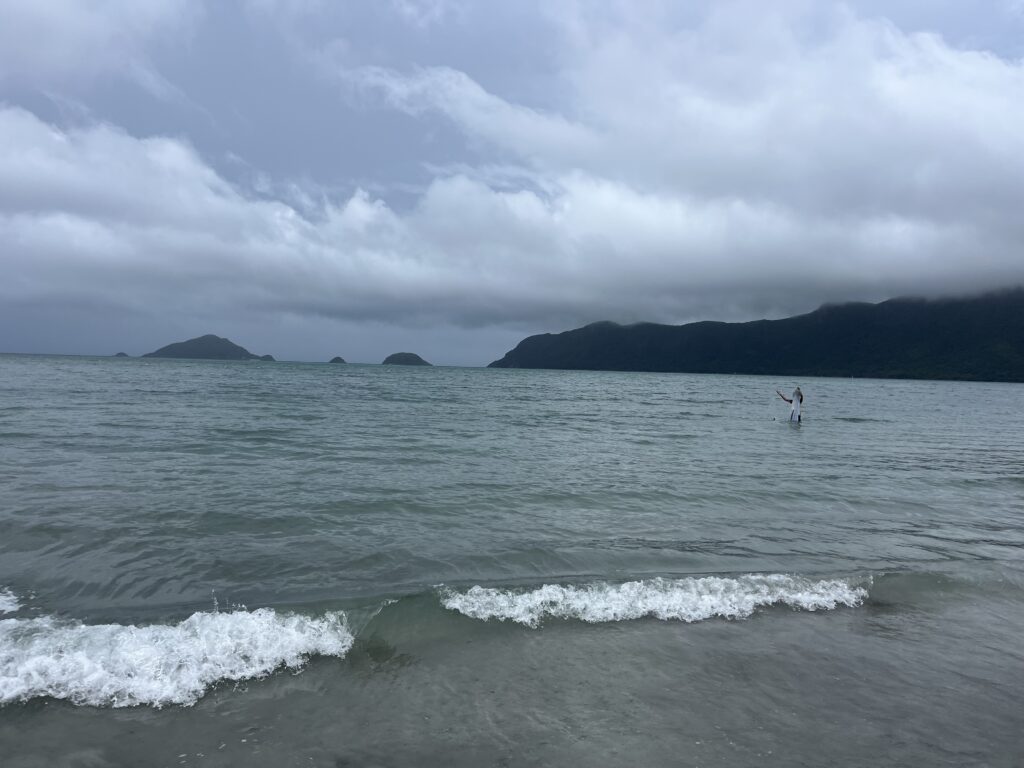
Bảo Tàng (Prison Museum)
The first stop was the museum to learn more about the prisons and concentration camps I would be visiting. I spent a good hour or so in the museum, reading all of the displays and learning more about the storied history of the island. There was plenty of information in English, including firsthand accounts from individuals who had been incarcerated a half century ago.
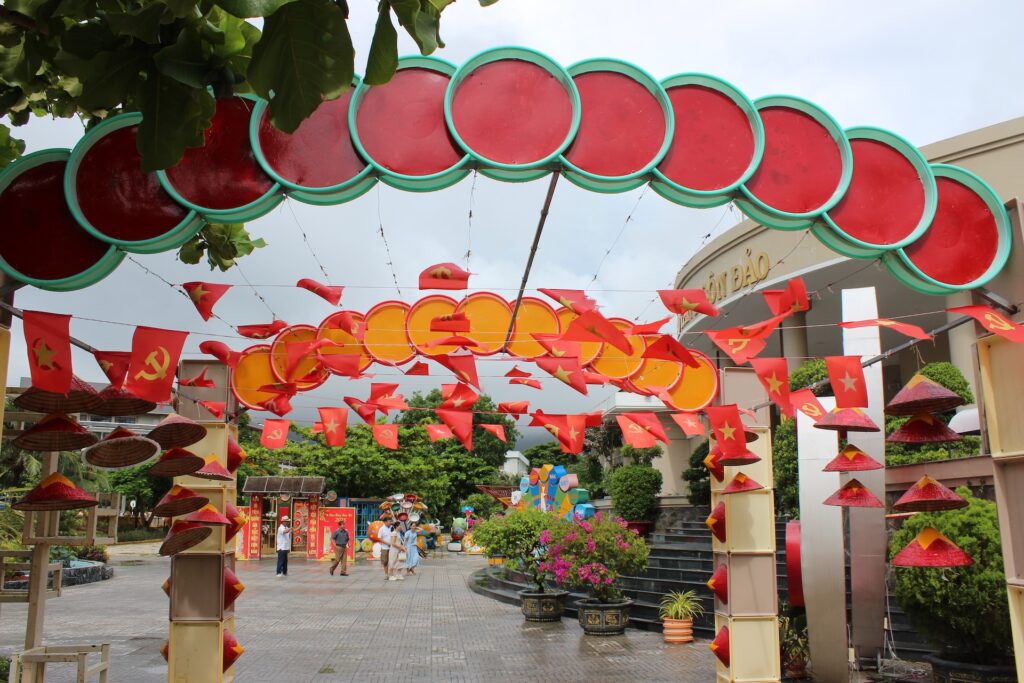
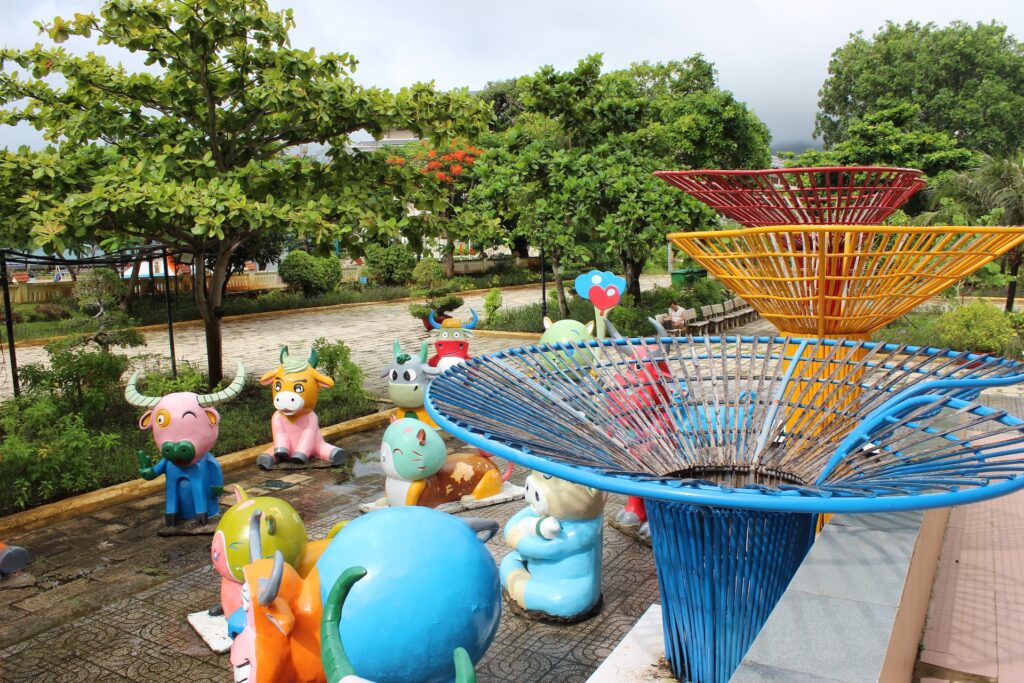
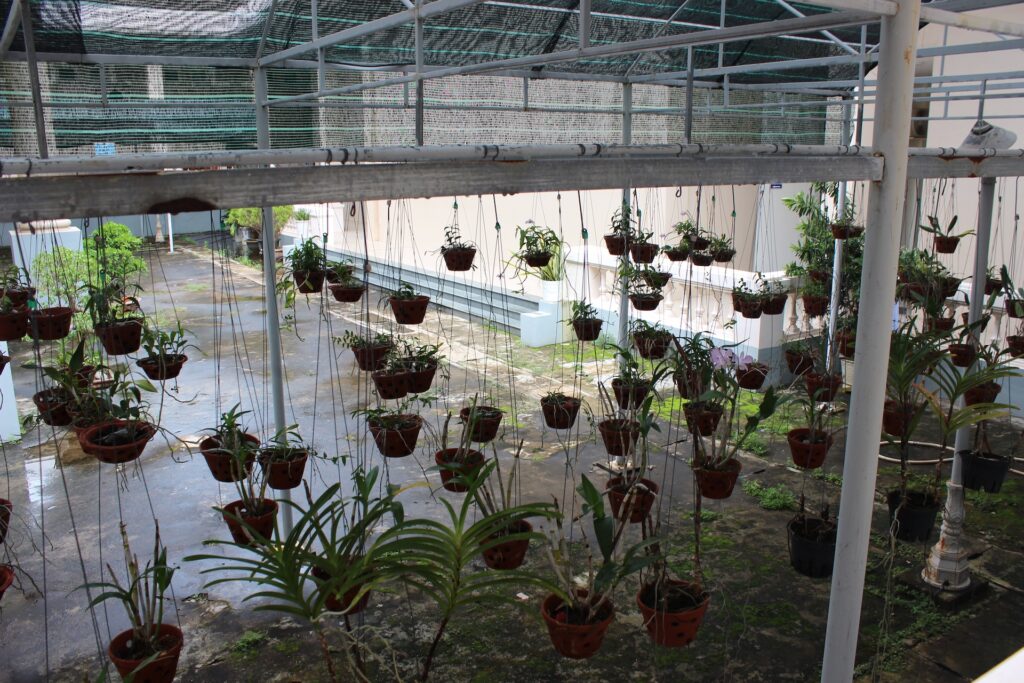
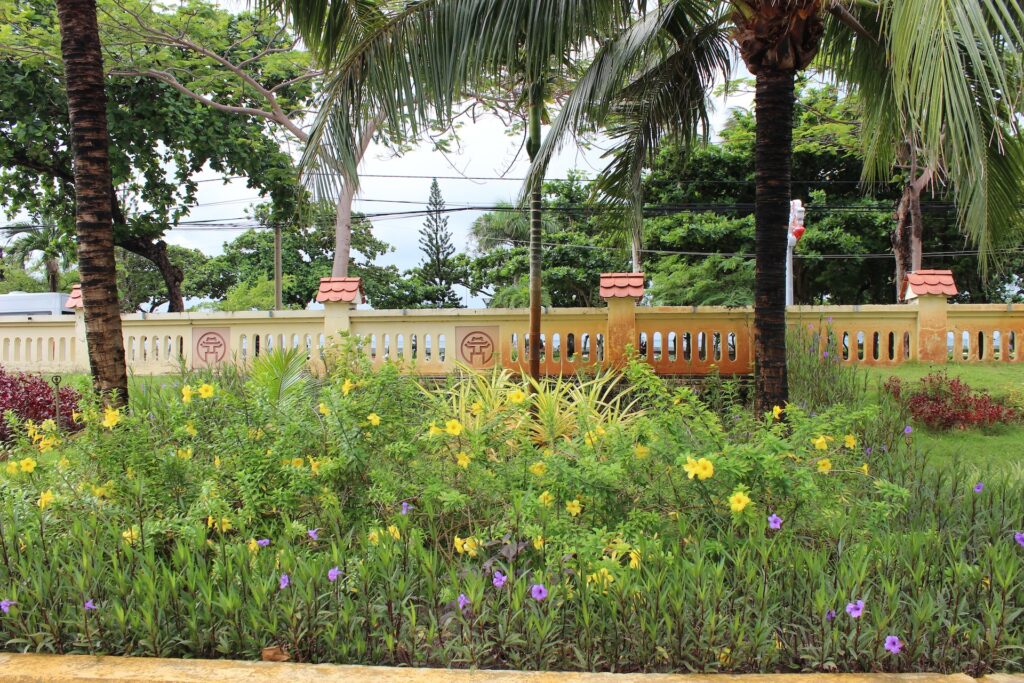
May 1st of this year marked the 50 year anniversary of the liberation of the camps. When President Duong Van Minh and the South Vietnamese government surrendered on April 30, 1975, officials in Con Dao locked all the prison doors and fled. At 1:00am on May 1, 1975, Phu Binh was the first prison to begin an uprising that spread across the island. By 8:30am all of the Con Dao camps were completely liberated.
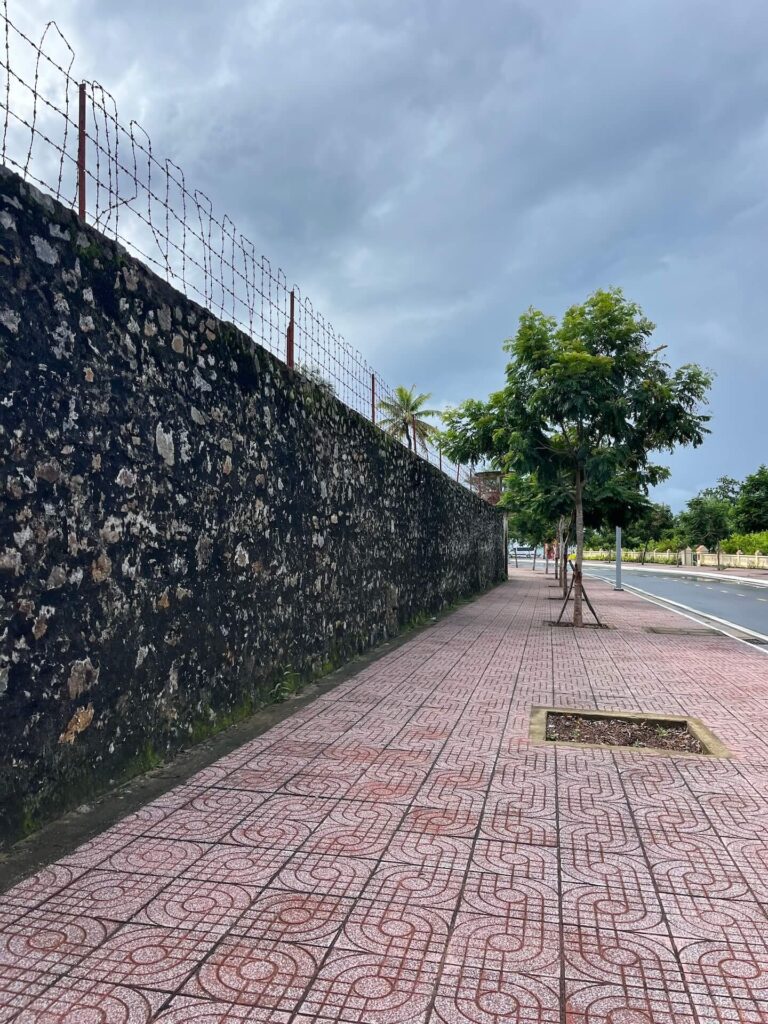
Trại Phú Tường (Phu Tuong Camp – French Tiger Cages)
After the beach, I made my way to the first of many prisons/concentration camps. Phu Tuong is the most popular among tourists due to its well-known history and its infamous “tiger cages”.

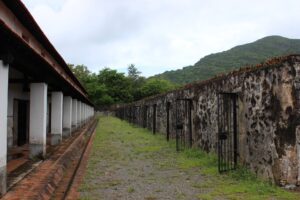
Cell blocks. On the left side in both photos are the tiger cages (see more on these below). On the right are the open topped cells, designed to expose the prisoners to the elements—the scorching sun in dry season and pounding rain in wet season.
Above: Images from the grounds of Phu Tuong Camp
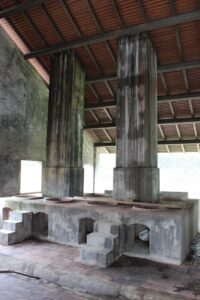
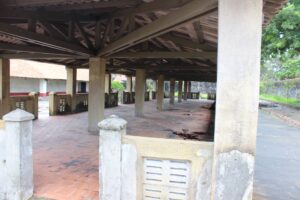
Communal Areas
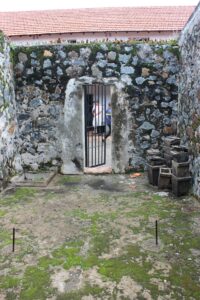
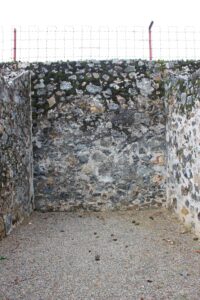
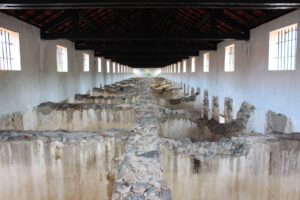
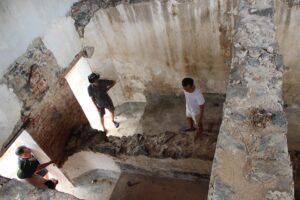
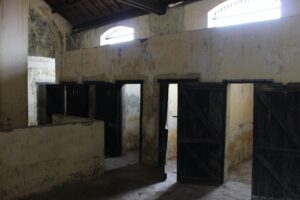
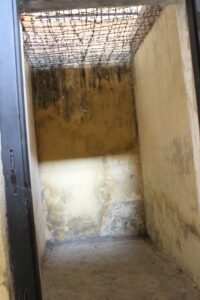
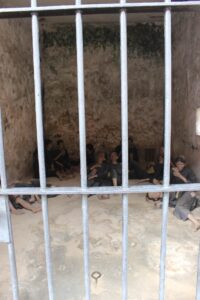
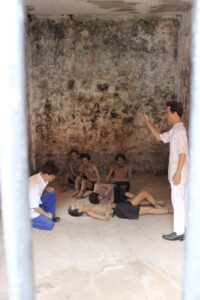
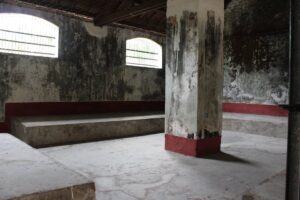
Various cells
The first two photos are the outdoor cells pictured in the first photos on the right. These cells were used to torture particularly obstinate prisoners by exposing them to all of the elements of the island.
The prison housed hundreds of political dissidents, protestors, Viet Cong, communists, and Buddhists at a time between 1862 and 1975. During that century period, 20,000 Vietnamese died in these walls at the hands of both French colonialists (1862–1955) and the South Vietnamese Army/US Military (1955–1975).
“French Tiger Cages”
The cells pictured in the first photos on the left.
Originally built by the French during colonial rule, these 80 (or so) cells were designated as “tiger cages” due to the caged bars on the front and top of the rooms. They housed 3–6 prisoners each, for a total of 400–500 prisoners at any one time. At least half of these were women, some of which were teenagers when they were first imprisoned. The inhabitants of the tiger cages were diseased, starving, filthy, bloodied from the skin-burning quick lime and sharpened poles, and near death.
Trại Phú Phong (Phu Phong Camp)
Phu Phuong Camp is located adjacent to Phu Truong, although it is far less popular than the latter. I had the grounds to myself for much of the time exploring, which was a nice reprieve from the chaos at Phu Truong but also a bit spooky at times.
Nghĩa Trang Hàng Keo (Hang Keo Cemetery)
More of a memorial than a cemetery now, Hang Keo is located down the road from several of the camps, in a park along the water. It features a memorial shrine and headstone, as well as several stone carvings of various atrocities prisoners on Con Dao faced. There are speakers that play music and recorded audio, although my non-existent knowledge of Vietnamese meant I couldn’t understand a lick of what was being said. People from all over Vietnam come here to deposit flowers and pay their respects to the tens of thousands of individuals killed at the camps around the island.
The history of Hang Keo Cemetery
Hang Keo used to be the burial place of about 10,000 prisoners killed by French Colonialists at the Con Dao prisons between the early 1900s and the “Period of White Terror” (1940–1941). In 1997, the graves were relocated to Hang Duong Cemetery on the island, so the only remains still on the grounds are those of undiscovered prisoners.
Trại Phú Bình (Phu Binh Camp – American Tiger Cages)
Phu Binh was constructed by the Americans in 1971 and known as Camp VII until 1973. It was built to house and isolate the most stubborn political prisoners. Phu Binh contained eight cell blocks labeled A through H, with 48 cells in each block for 384 cells total. The cells were tiny, dark, and designed to augment discomfort. There was a low, corrugated iron roof designed to absorb maximum heat during the day and stone floors to draw cold during the night. The tops of the cells were barbed wire to contain the prisoners.
Prisoners referred to Phu Binh as the “American Tiger Cages” because they were built by the Americans as a replacement for the French Tiger Cages at Phu Tuong Camp. It is well-known for the role of the prisoners in the liberation of Con Dao. Phu Binh was the first camp to rebel after the South Vietnamese surrendered in spring of 1975, and the prisoners went on to liberate the other camps after freeing themselves.
Trại Phú An (Phu An Camp)
There isn’t as much information available on Phu An, but it was separated into two zones (A and B) with two cell blocks each. Each cell block contained only five cells because they were massive rooms (much like the large group cells at the other camps), for a total of 20 rooms capable of housing 2,000 prisoners at any one time.
The prison was not used until 1970, much like Phu Binh (which is just across the street), although it similarly was designed to maximize discomfort. The location meant that the heat scorched the cells and the pavement outside, making it impossible to cross the courtyard barefoot during the heat of the day, and the temperature dropped suddenly at night, freezing the prisoners. Con Dao is also known for its wind, and the location and design ensured the wind whipped through the camp and cells with ferocity.
The prisoners in Phu An’s Zone B were renowned for creating their own Party Committee with 10 different departments made up of 62 members. Together, they generated a monthly magazine, celebrated holidays, organized a hunger strike, rebelled against fingerprinting and photos, and eventually, participated in the rebellion and liberation of Phu Binh (where they were transferred in early 1975).
Bãi Đầm Trầu (Dam Trau Beach)
I drove across the island, to the north, to reach Dam Trau beach. At either end of the beach were hilly jungles that had seemingly sprung up out of the rocks. I arrived in late afternoon, planning to stay for sunset, but the overcast skies meant a colorful sunset was out of the question, so I left shortly before dusk.
Images are clickable
I immediately went for a swim upon arrival, joining the dozen or so other beach goers who were in the water. So far, I have noticed that Vietnamese do not really sit on the beach, rather they are in the water, walking along the sand, or conducting a photoshoot. I was the only person with a towel laid out on the beach when I was there until a group of French people did the same down the beach from me.
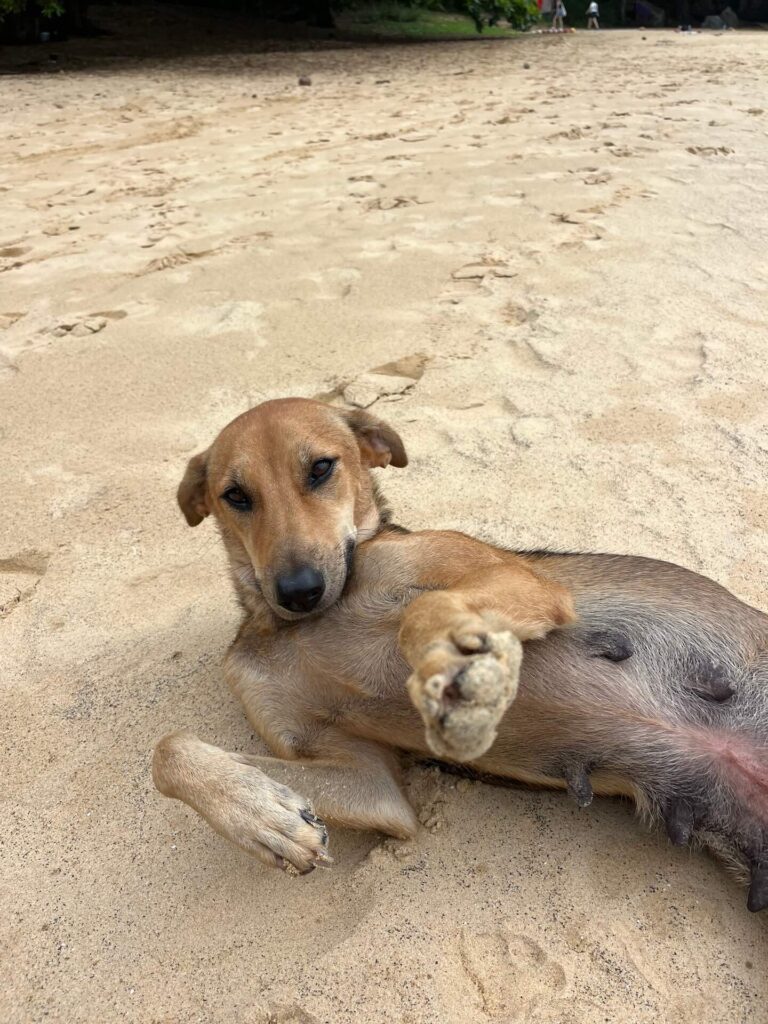
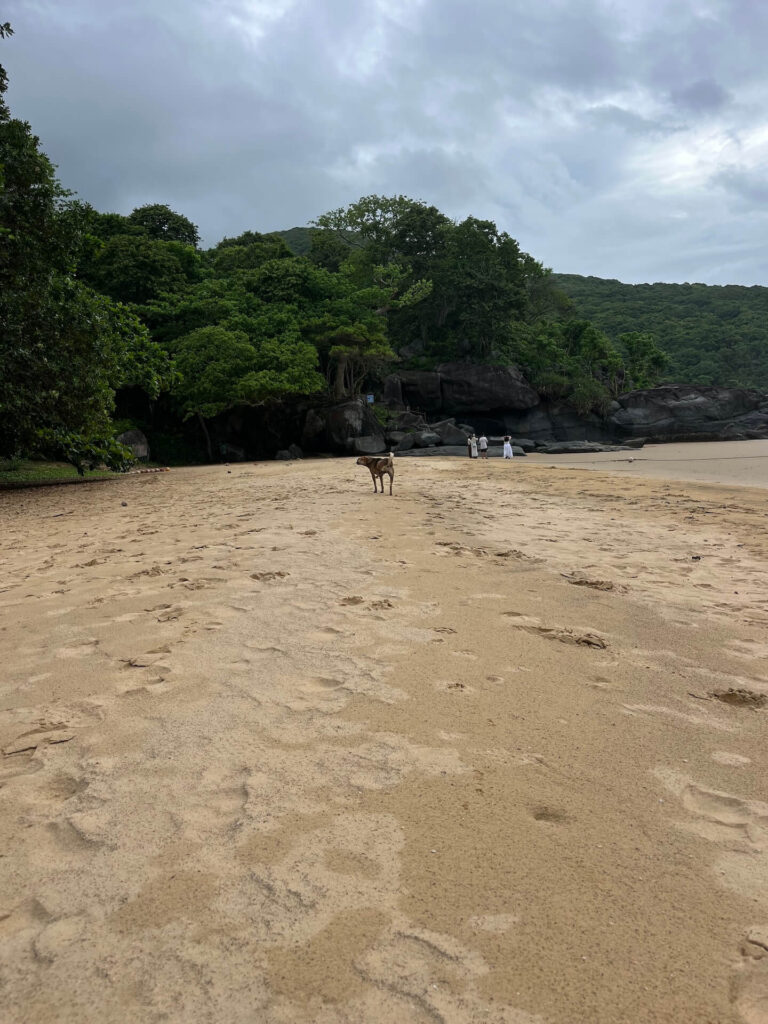
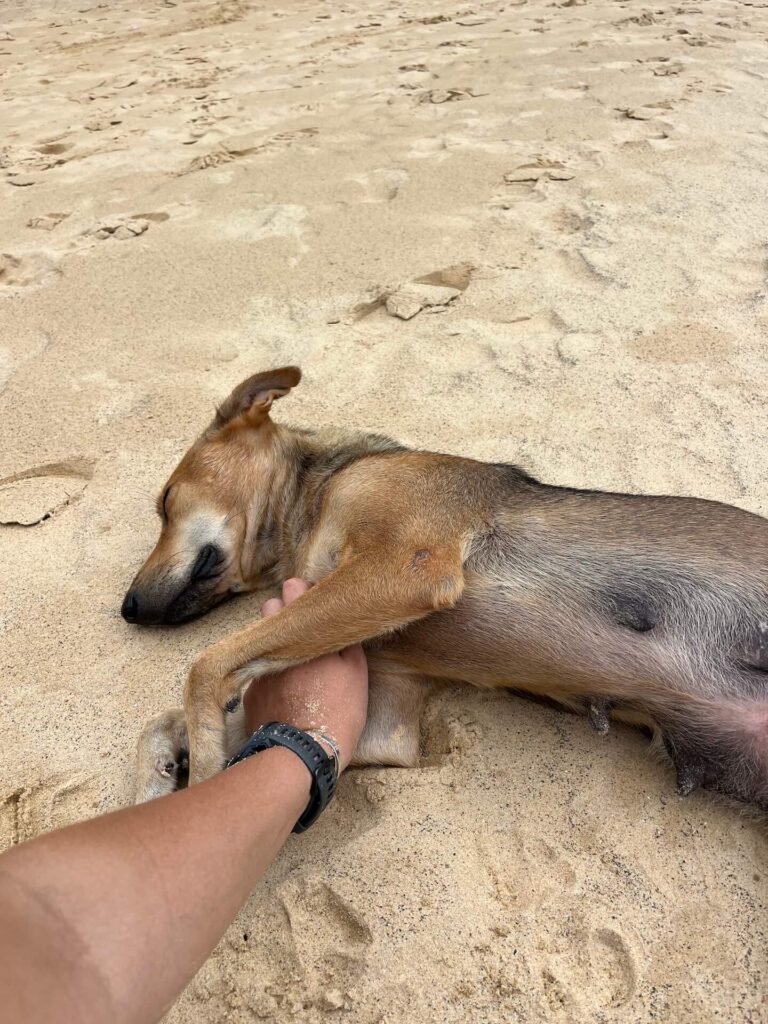
Shortly after I sat down on my towel, a street pup approached me. Never able to resist from giving them some love, I pet the new mom who seemed to have lost all of her pups, and she quickly laid down next to me for some bully rubs. She reminded me so much of Kaia with her pointed black snout, tan coloring, and curled, white fluffy tail. She meandered down the beach some but was always quick to return to my side.
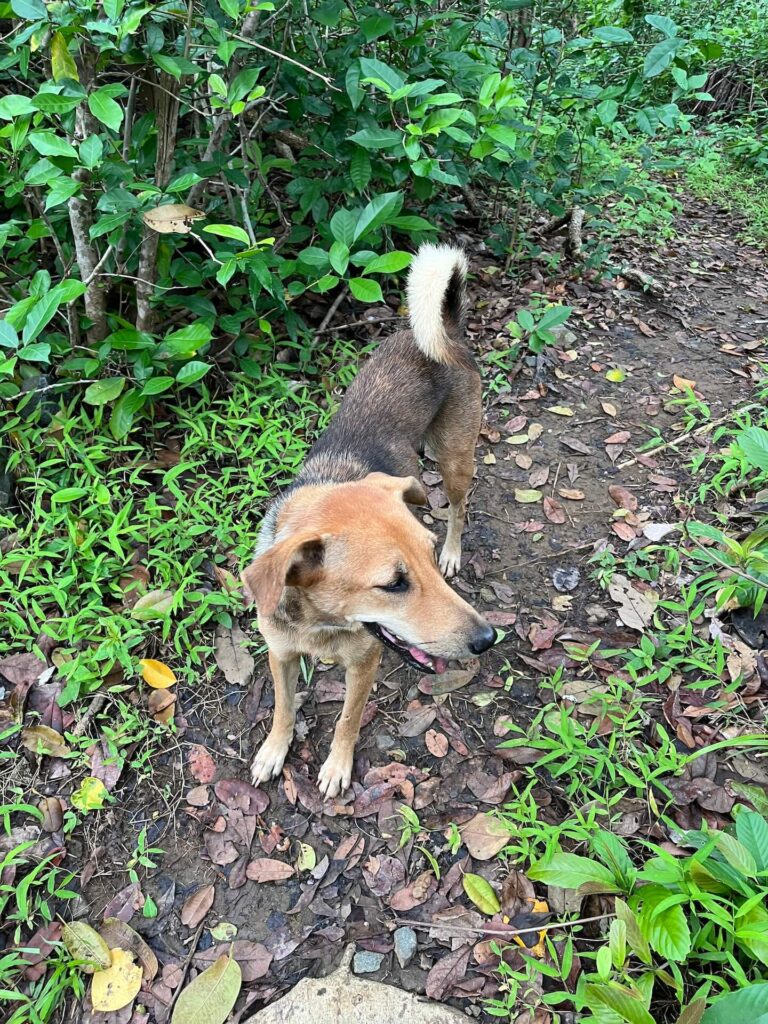
Suoi Nong beach was just a quick trek over a hill from Dam Trau, so I decided to go give it a peek. The Kaia dog followed me into the woods and all the way up and over onto Suoi Nong, where she stayed with me.
Bãi Suối Nóng (Bai Suoi Beach)
Suoi Nong was even quieter than Dam Trau had been. There was one family of about 10 who were in the water swimming when I arrived. Shortly after I sat down, one of the woman approached me to ask about my path to the beach because they had taken a different, longer trail. We got to chatting; she was from Vietnam but lives in Pennsylvania and comes back to visit her family every year. She gave me a lot of insight into food culture, specifically the premium on dog meat, and shared her thoughts on some locations on the mainland to visit. She was surprised to learn that the random street pup was not in fact my dog from America, but just that, a random street pup, because of how attached she had gotten.
Images are clickable
These two beaches lie right at the end of the airport runway, so as planes take off, you can see them fly over head. I was fortunate enough to be there for three departures, although I was only able to catch one on camera.
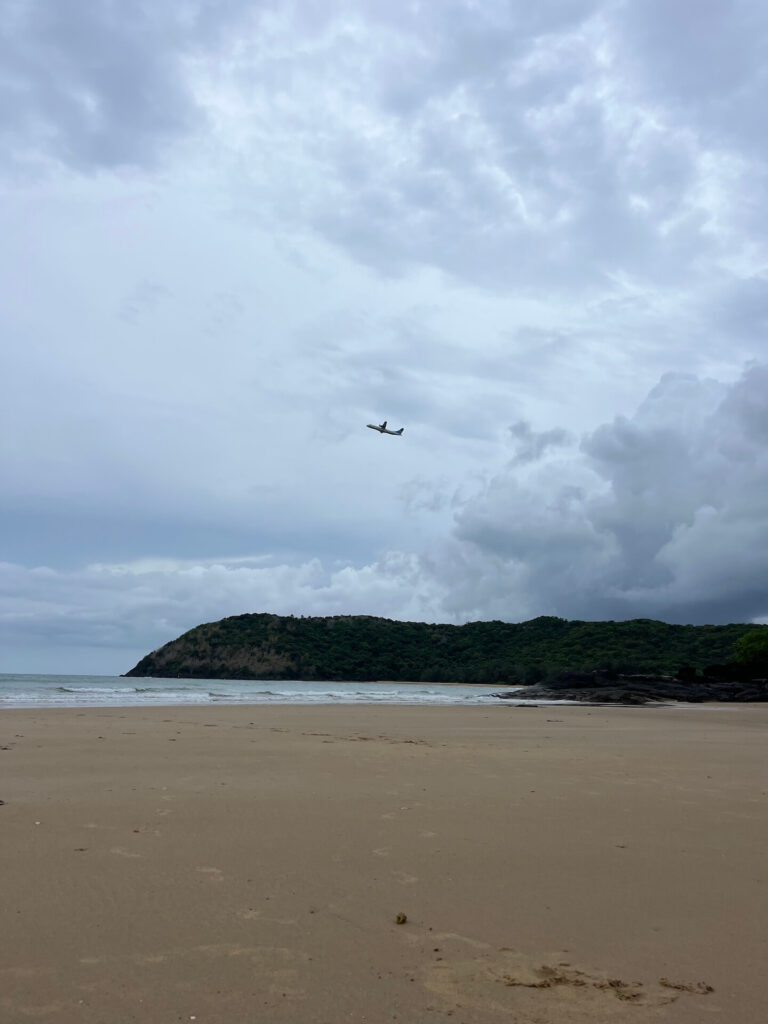
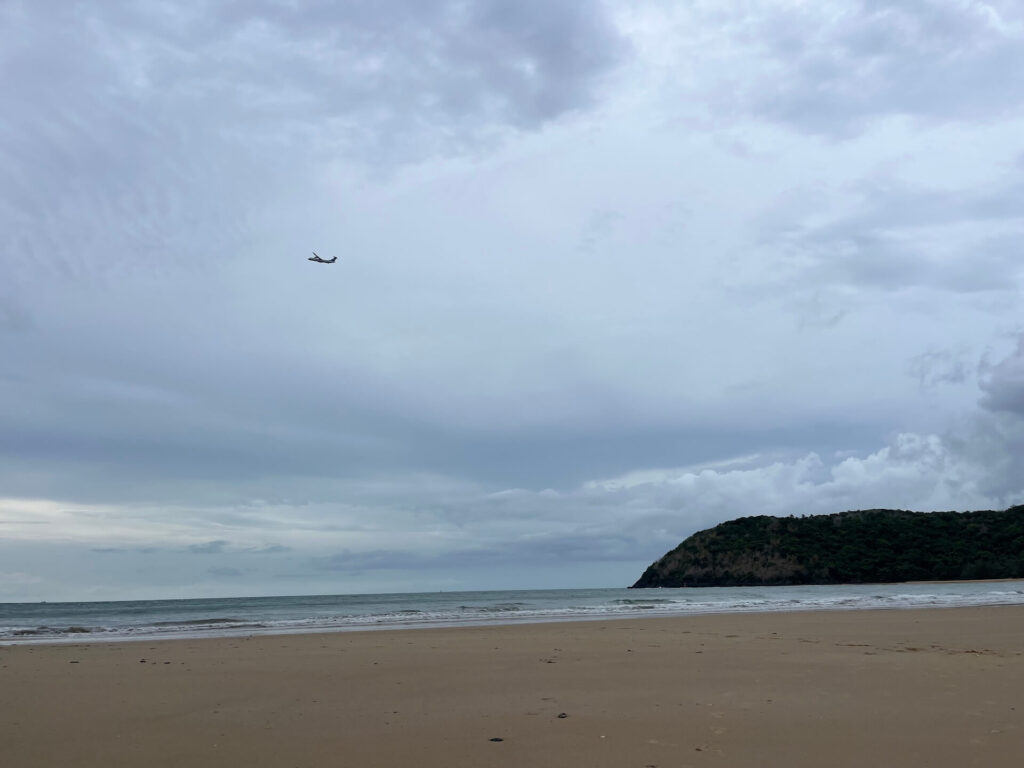
Street Sights
Random sights from around town today!
Images are clickable
The monkey in image 10 is about 3 seconds away from jumping on the front of my motorbike and making a go for my face. He was coming in HOT. I panic slammed on my accelerator and managed to shake him, but he sure scared the daylights out of me.
Good Eats
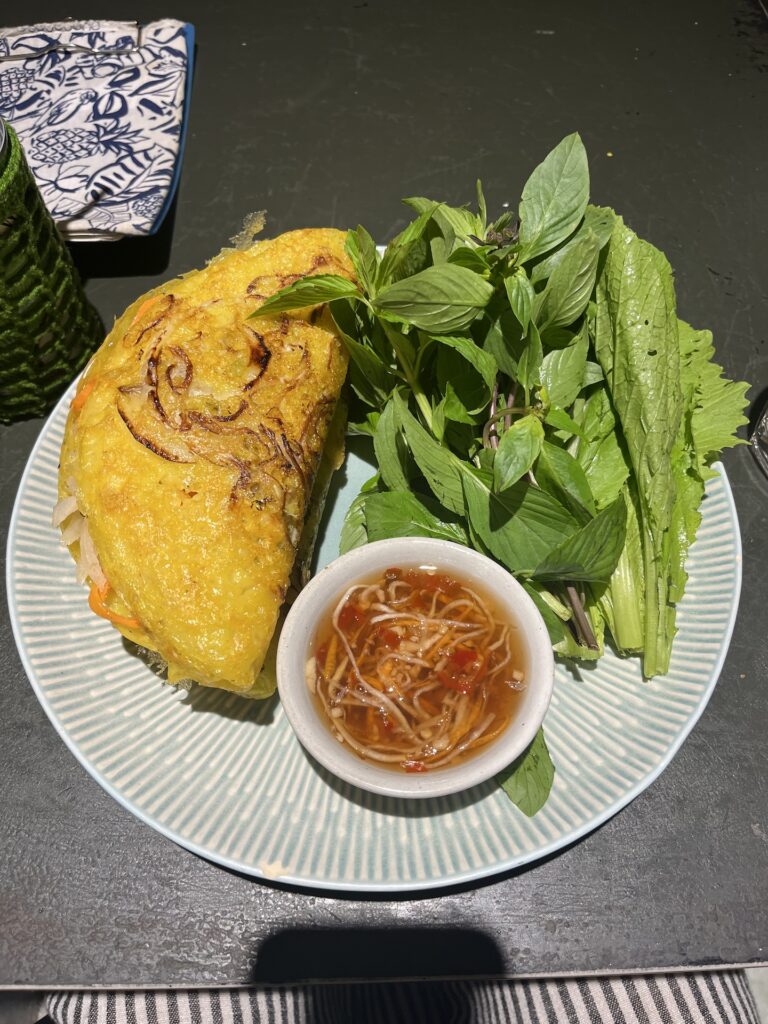
Dinner at Madame Hà’s tonight was Bánh Xèo—Vietnamese crispy pancakes made from jicama and stuffed with carrots and beansprouts. To eat them, you take a lettuce leaf, put a piece of the pancake and some Asian basil inside and then roll it into a lettuce wrap. You then dip the lettuce wrap in the pickled mushroom, onion, and chili sauce. So, SO delicious! And so filling — there were two of the giant pancakes!
Day 2 (Monday)
***Disclaimer: All of the photos for Day 2 and Day 3 were selected with help from a little twelve year old boy on my ferry ride to the mainland. He spoke very little English, but we went through all of them together and he would point to his favorites. His parents moved seats at the start of the journey, but he stayed by my side even after we finished, curled up asleep on the seats next to me.
Dinh Chúa Đảo (Island Chief’s Palace)
I started my morning at the Island Chief’s Palace Gardens. I tried to get into the building but was informed that my ticket to the historical places was only good for one day (yesterday). There didn’t seem to be much in the building anyways, so no harm done. The gardens were stunning though and incredibly peaceful.
Images are clickable
Trại Phú Hải (Phu Hai Camp)
Even though my ticket was only valid for yesterday, I decided to try to go to the two remaining camps anyways. The first was Phu Hai, and I walked right in with no security guard even present. I was once again the only person on the grounds, making for another spooky experience.
Phu Hai Camp is the oldest and largest of the complex of prisons on the island. It was built in 1862 and used to house both political and criminal prisoners. I wandered the courtyard before checking out the buildings.
The first buildings I took a gander into were the workhouse and the kitchen where prisoners were tasked with preparing food for the entire camp. Out in the back of the camp, there was a yard where prisoners were breaking and hauling stones for construction projects while guards looked on and doled out punishments.
After wandering through the kitchen, workhouse, and makeshift quarry, I moved onto the cells. Even though there were more mannequins in the other areas, the cells always tend to have a creepier vibe.
The prison was comprised of large group cells for up to 200 men, as well as “solitary” confinement cells that were frequently used for dozens of men, at times as many as 63. Because of how small and cramped they were, the inhabitants were forced to stand the entire time. Typically, these “solitary” cells housed the prisoners considered to be particularly dangerous. During the French era, all the men in the large group cells were kept naked and chained. They had only one small wooden box to use as a bathroom for the 100–200 of them.
The were several other structures around the property besides the cell blocks. Most of them were administrative, including an infirmary and processing building.
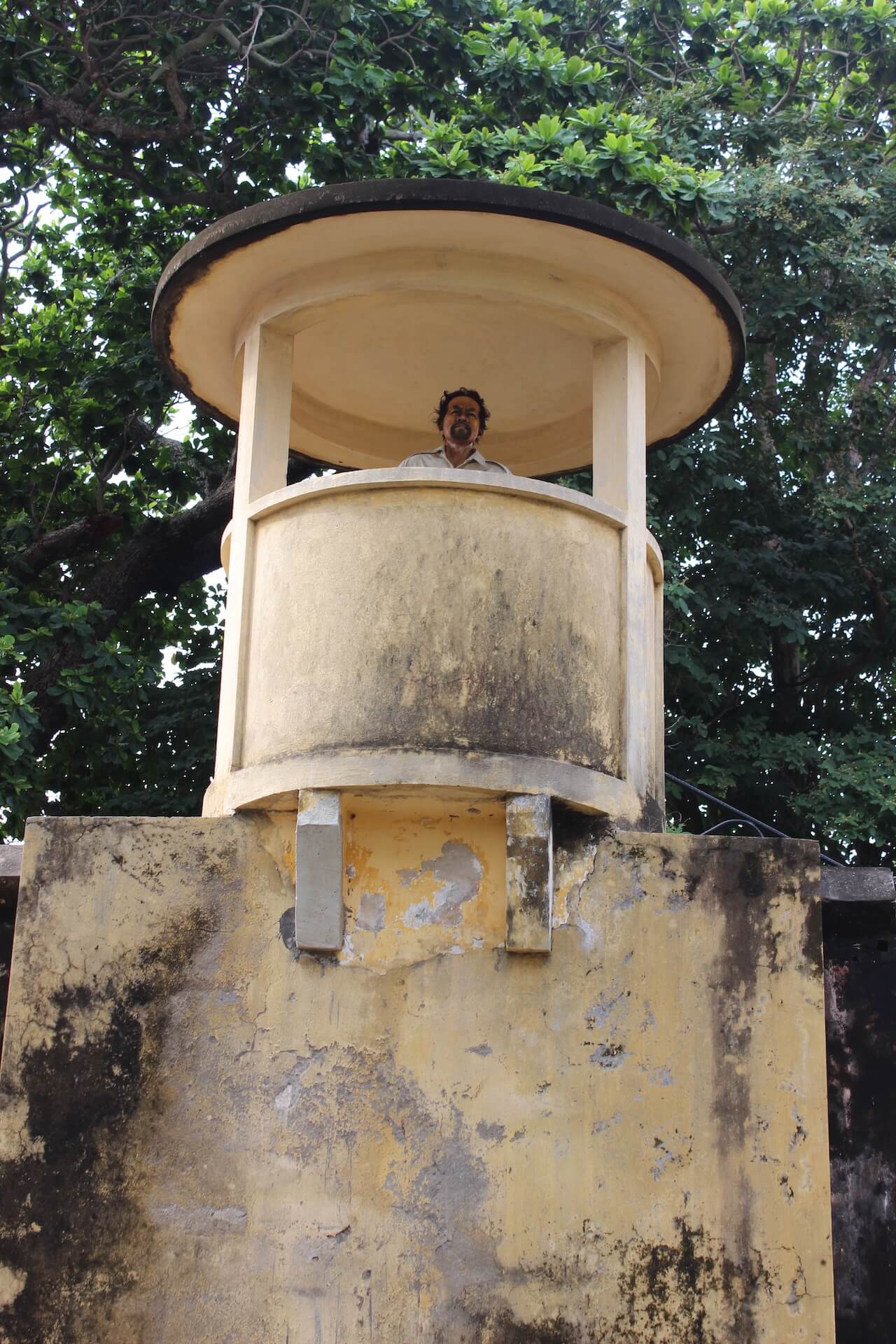
Trại Phú Sơn (Phu Son Camp)
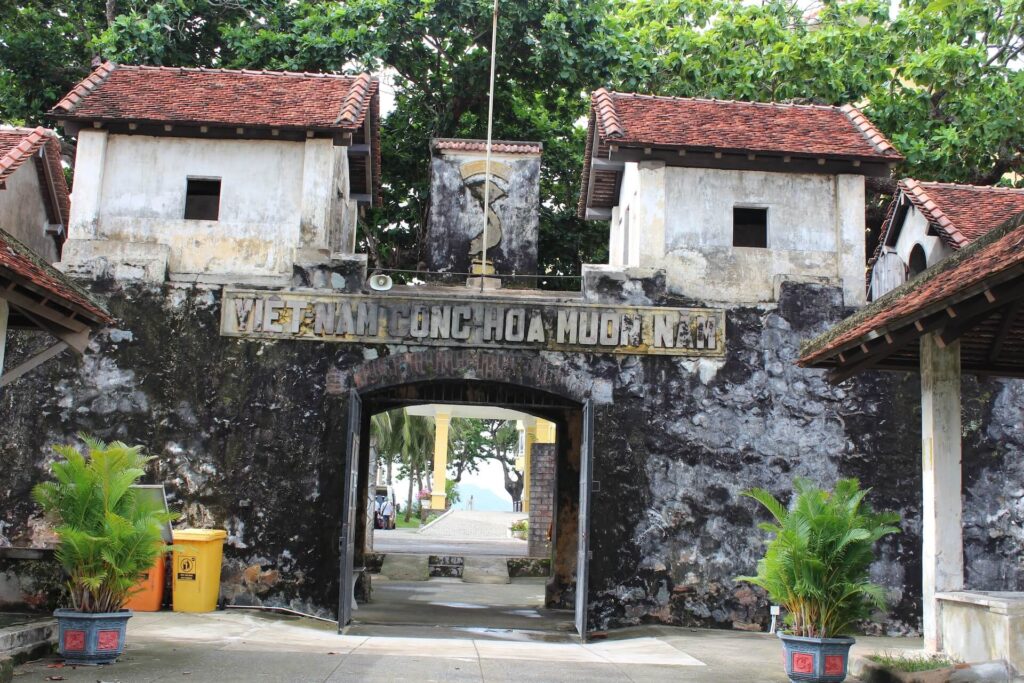
Images are clickable
The interior of the camp was so green and peaceful, it was hard to believe it was the home of such atrocities just 50 years ago. After wandering around the courtyard for a while, I poked my head into some of the buildings.
The white and blue building is the infirmary (bệnh xá), although many prisoners died of scabies, dysentery, and starvation anyways. There was also a kitchen, canteen, barber, and administrative offices.
The cells were a mix of 14 “solitary” and 13 group cells, just like its neighboring camp, Phu Hai. Similarly, the “solitary” cells often housed several prisoners, resulting in incredibly cramped conditions, and prison guards had access through the tops like in the infamous tiger cages.
The prisoners at Phu Son are famous for organizing a 23-day hunger strike that only ended after four individuals died and all twelve of their demands were met. The prison was known as the “Communist Nursery” (pardon the translation) because individuals of all beliefs were sent here to try to cause inmate conflict, but they were instead converted to communism by their peers.
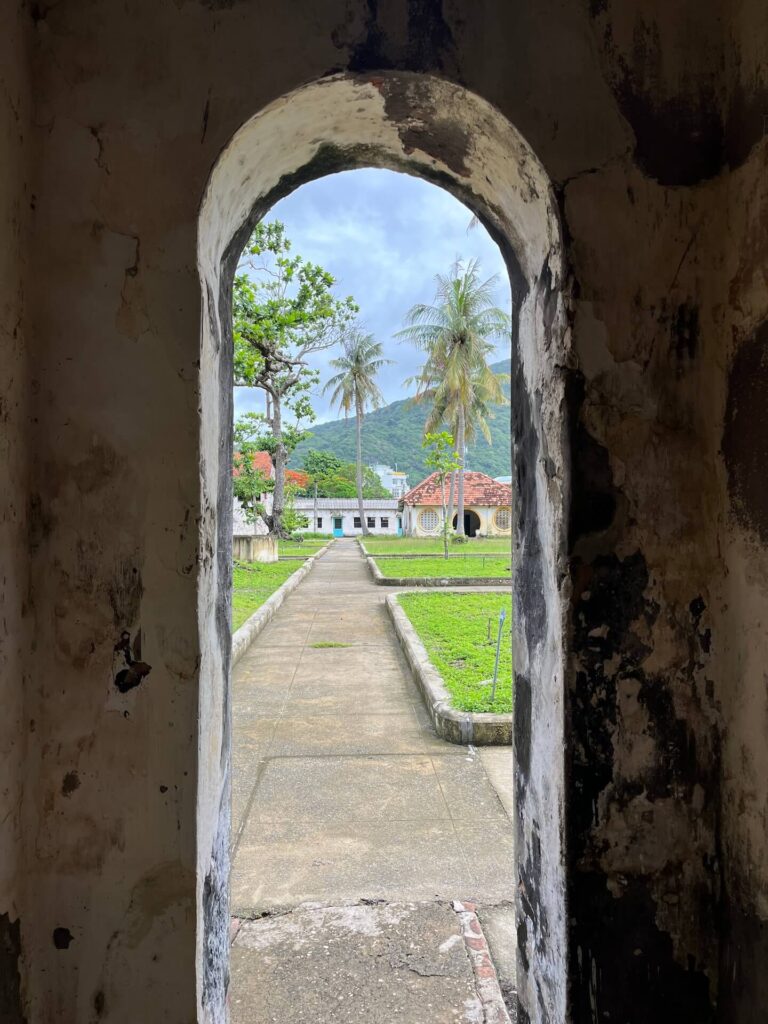
Good Eats! — Breakfast Edition
After wandering the camps, I popped into An Oi Cafe, which definitely catered to Westerners, but that’s okay (sometimes).
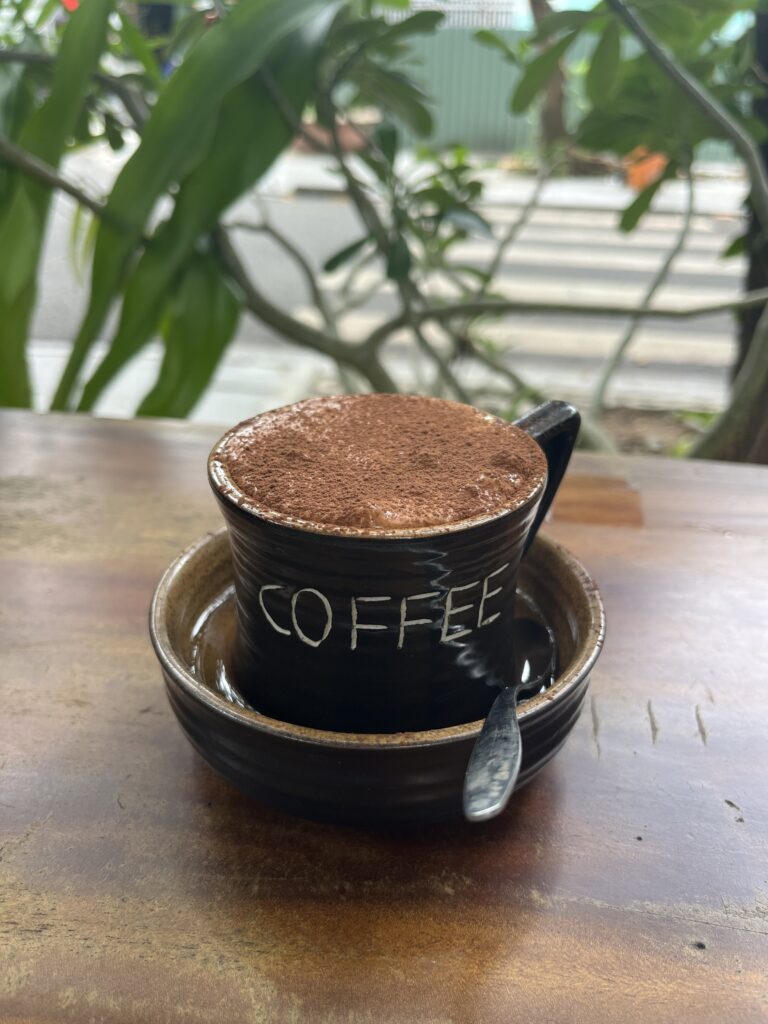
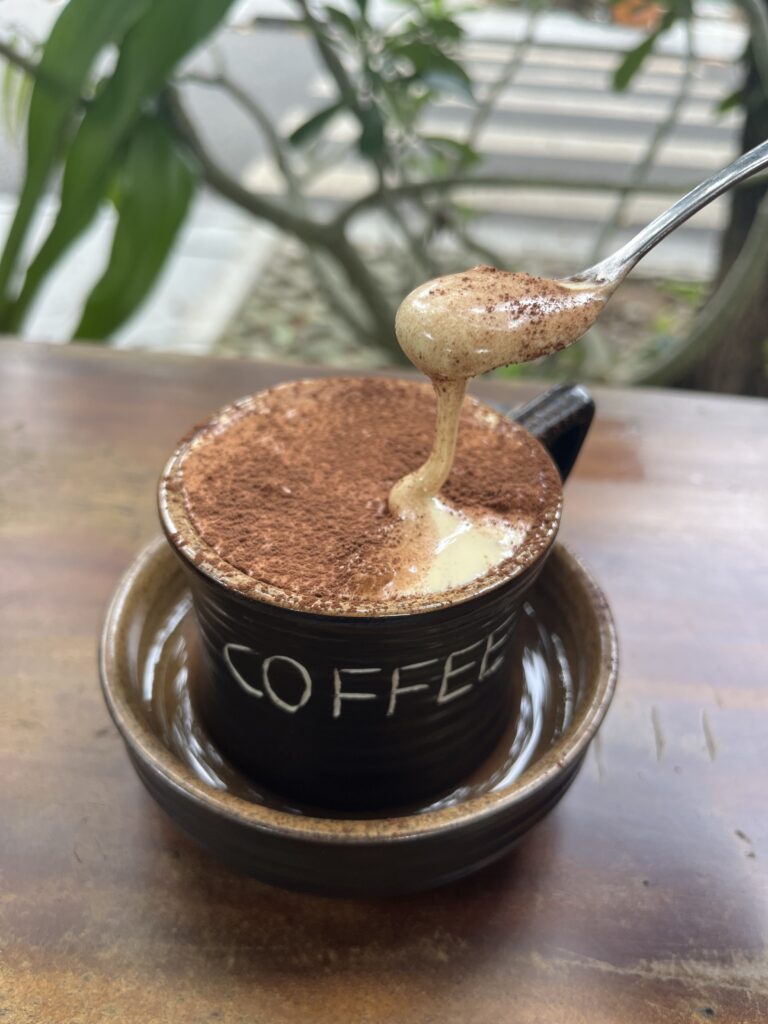
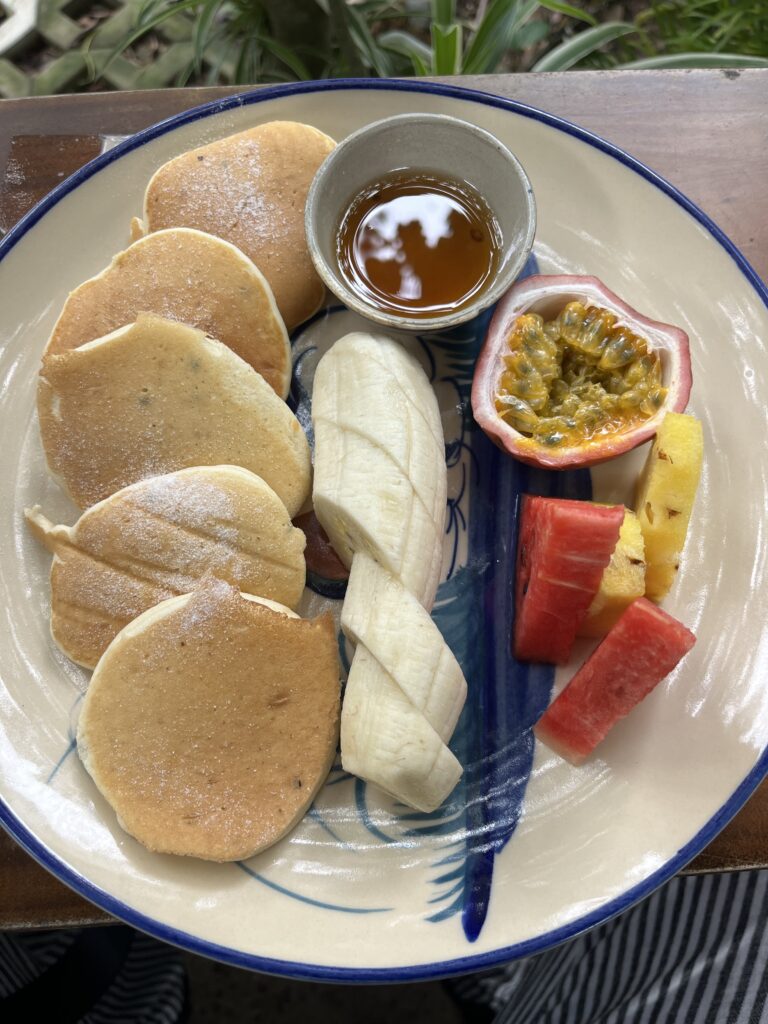
Rim Road Drive
In the afternoon, I decided to drive the road that goes around the southern half of the island. It runs along the cliffside, so I had originally planned to catch sunset along the route, but the overcast skies made that unlikely. I had also planned to go counterclockwise, but when I got to the entrance that direction, it seemed to be closed for construction. So I changed my plans and set out clockwise.
The views were absolutely spectacular, as expected, and I stumbled on some really cool reservoirs right outside of town that I knew I wanted to check out further on a run the next morning. I hit some rain along the way, but it wouldn’t be rainy season without the rain! (And all the motorbike rentals come with a very handy poncho.)
(Ma Thien Lanh Bridge Memorial)
At the tail end of my mini roadtrip, I came across this memorial. It was actually on the road that I had initially thought was closed for construction, but turned out not to be. Although, it was completely ripped up and solely dirt and gravel—the sketchiest conditions on a bike, made sketchier by the rain and slope.
The memorial is in honor of the 356 prisoners who died during the 15 years spent constructing a bridge under French colonialist rule. They were attempting to build a bridge to Núi Chúa (God Mountain), but only managed to finish two abutments between 1930 and 1945, and the project was left unfinished. There is still no way to drive to the top of the mountain, although it is possible to hike it.
Street Sights
In and around Con Dao!
Good Eats! — Dinner Edition
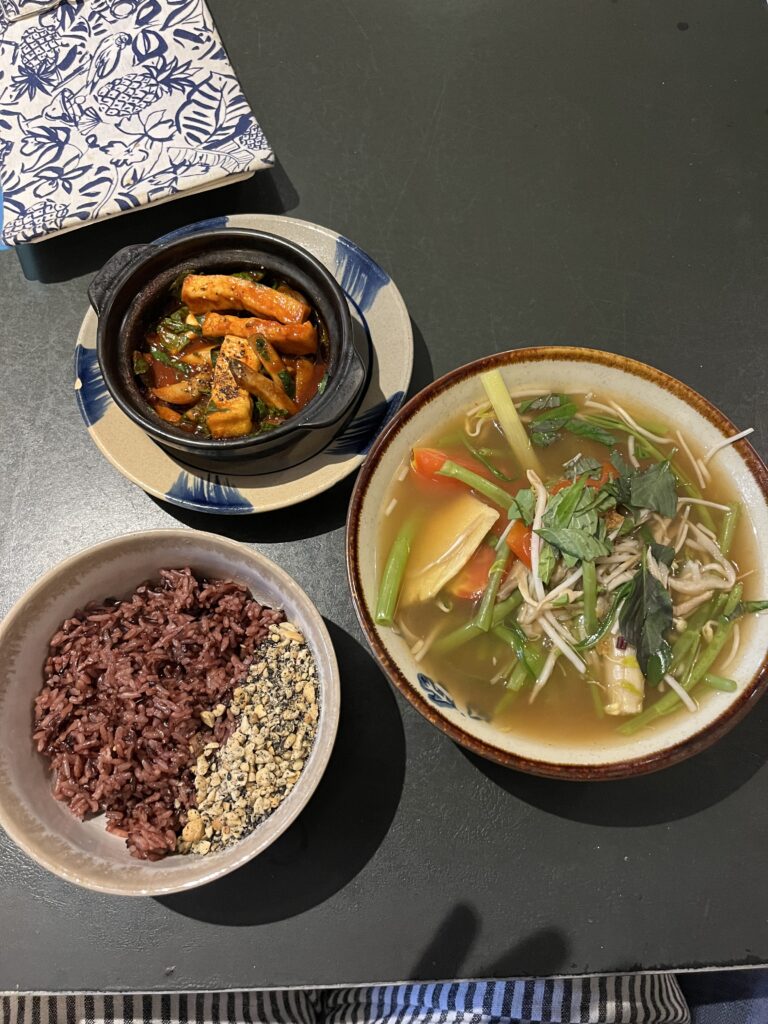
Day 3
My goal for this journey is to run in every town I visit, so I knew I had to start my final morning with a run. What I didn’t know was that it would turn into a brutal 5.6 miles, instead of the 3 I had been planning on. It was also my first time running in almost a month between moving and prior trips, and I wanted to dip my toe in the high heat and humidity to start, but alas.
It was rough, but it gave me a chance to explore the reservoirs and catch up with friends on FaceTime as a distraction. I also encountered a couple places I knew I wanted to check out more later.
(Hang Duong Cemetery)
The first of said places was Hang Duong Cemetery. It is infamous for being the final resting place for several famous members of the Communist Party of Vietnam, as well as 20,000 who died in the island’s prison camps. Although there were dozens of other people at the cemetery when I visited, I had some sections (Khu) entirely to myself.
The main walkways of the cemetery
I visited Khu C first because it was the opposite direction of where everyone else seemed to be headed and looked tranquil.
Khu C
After Khu C, I explored the obelisk (which I thought was spelled obelisque until right now) and center of the cemetery that featured a stone carving.
I then moved onto Khu D, where there was a beautiful lake covered in lotuses. Khu D includes 163 graves, of which 147 are unnamed. Most of the remains come from other burial sites and place around the island.
Finally, Khu B. It was added in 1944 by French Colonialists and filled up between 1945 and 1954 with the remains of anti-French (210 graves) and anti-American (485 graves) prisoners. This section has 695 graves including 415 unnamed graves and 17 mass graves.
Most people flocked to the grave of Võ Thị Sáu, a teenage girl who fought as a guerrilla during the first Indochina War. She carried out multiple assassination attempts on French officers and Pro-French Vietnamese before being captured and executed by the French in 1952. She was the first woman executed at Con Dao Prison at the age of 19. Today, she is considered to be a symbol of the national revolution and a martyr for her people. People frequently travel to Con Dao to pray at her grave.
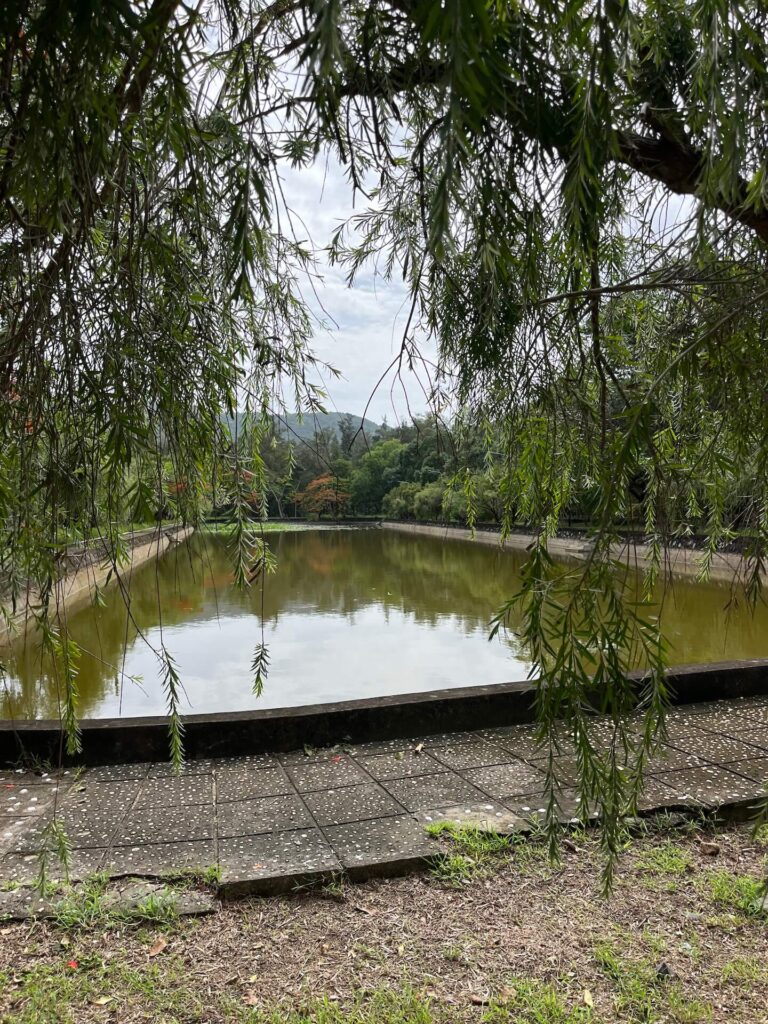
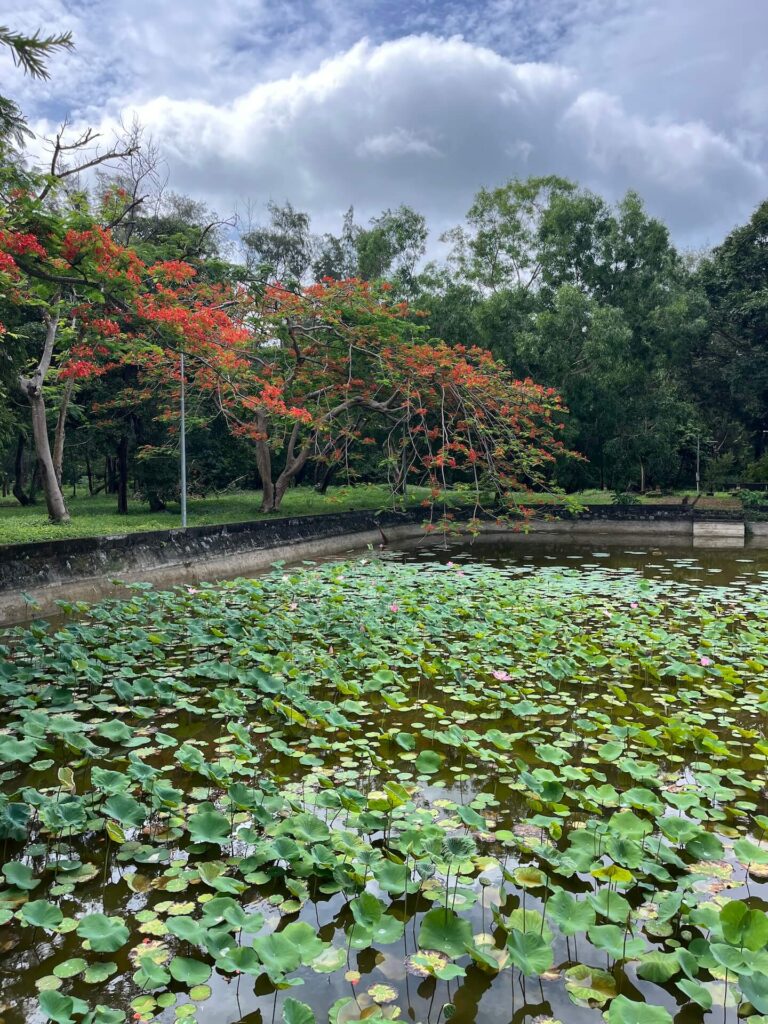
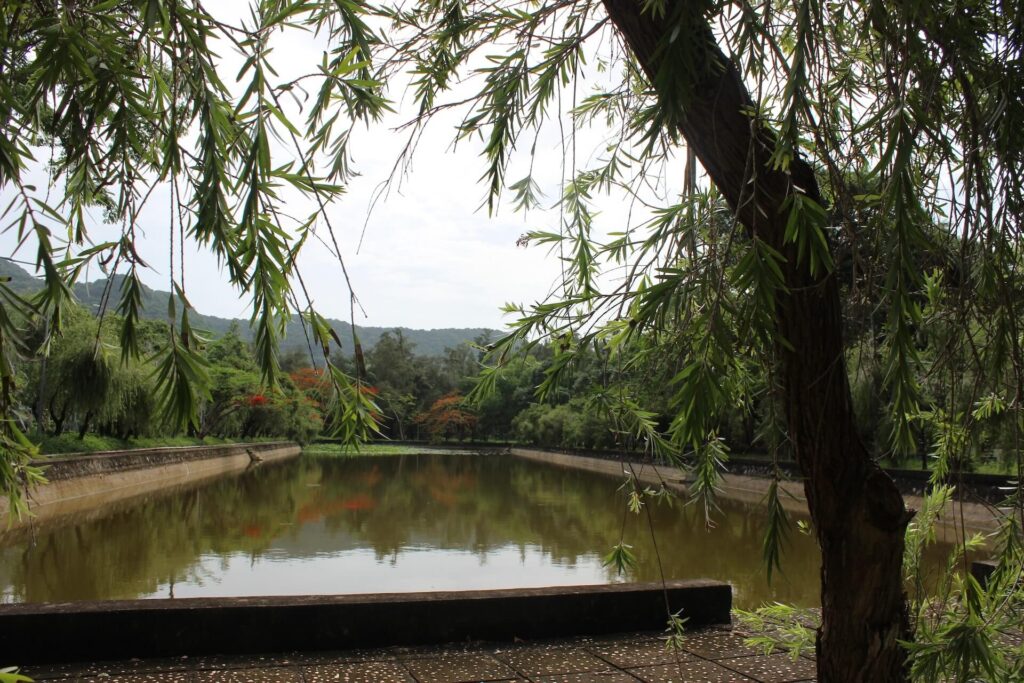
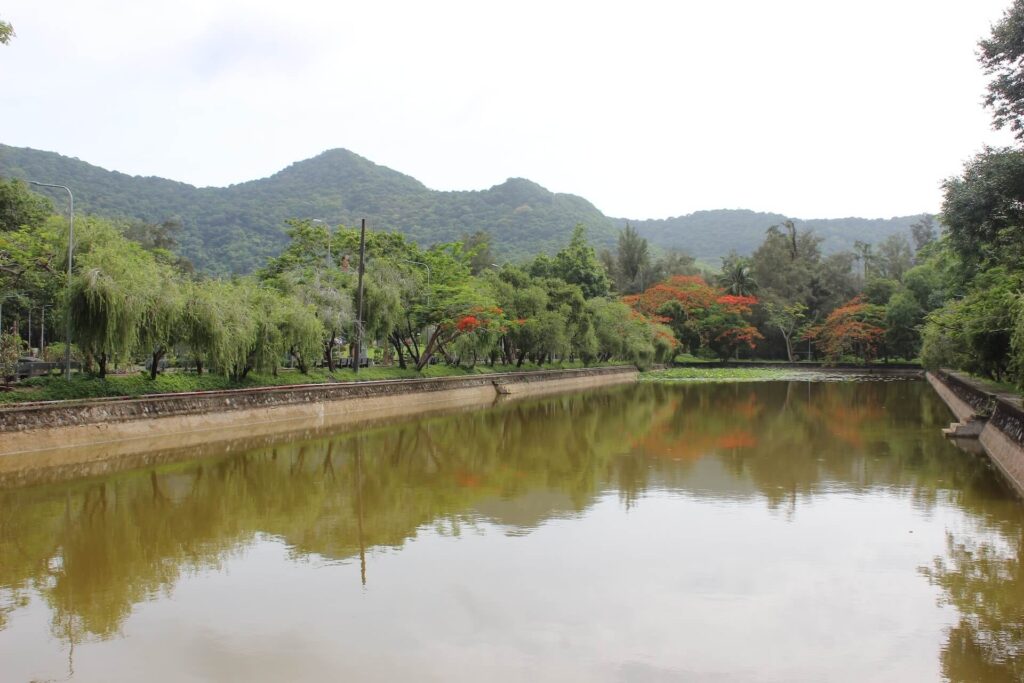
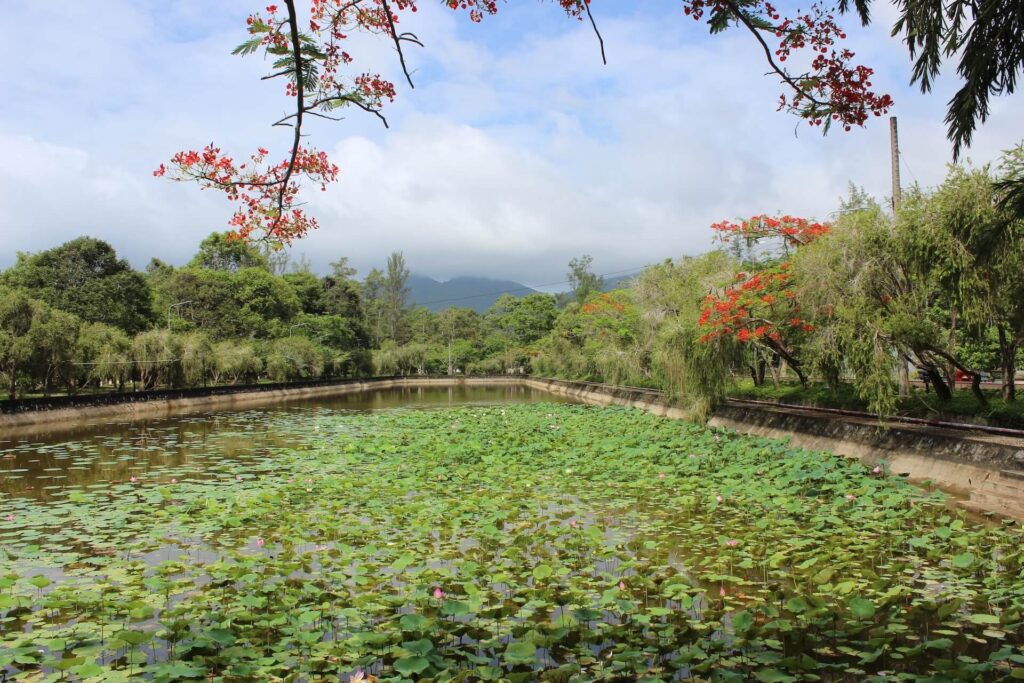
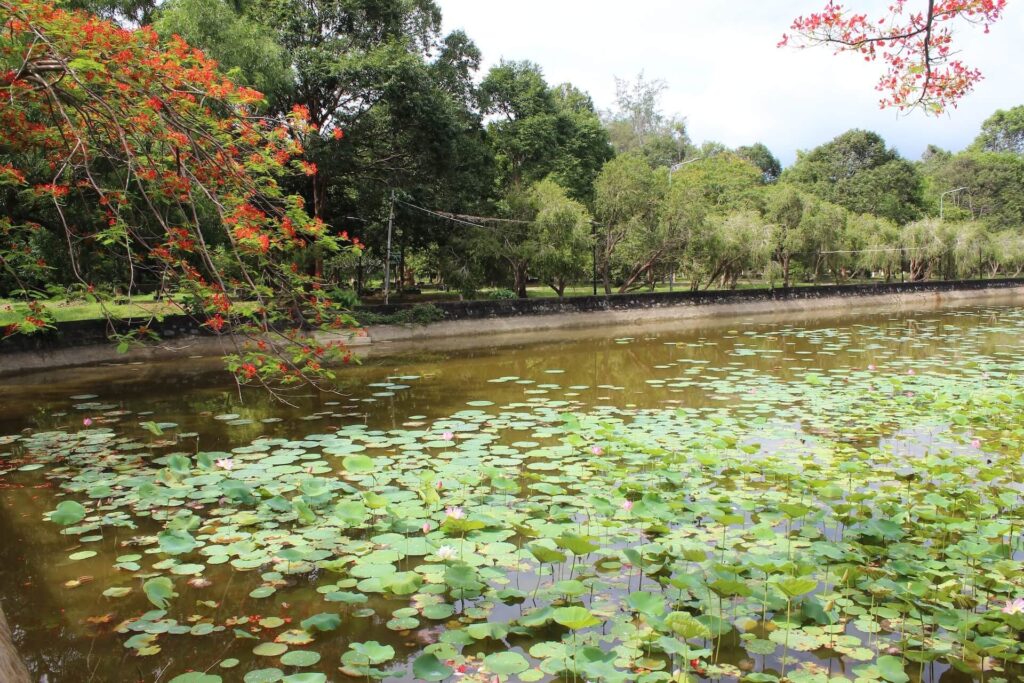
Con Dao Temple
Adjacent to the cemetery was a temple, so I cut through the cemetery and into the back of the temple complex.
Di tích Bãi Sọ Người (Human Skulls Site)
In the afternoon, I meandered over to a couple sites I had come across on my motorbike exploration the day prior. They were right across the street from each other, but one is permanently closed and inaccessible, so I was only able to take photos through the gate. The other was the human skulls site.
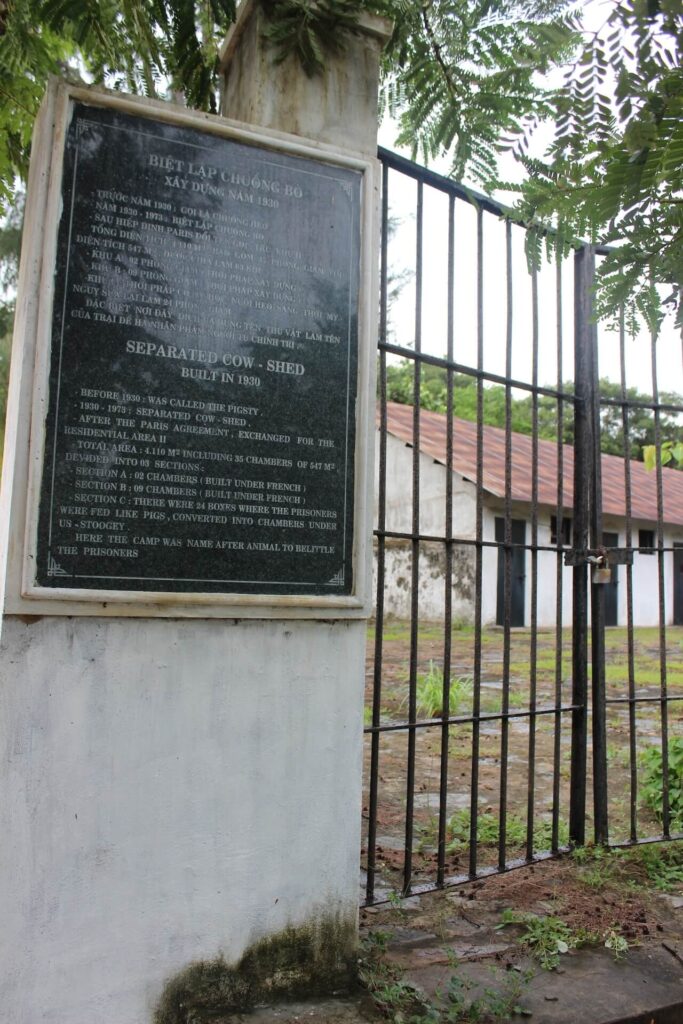
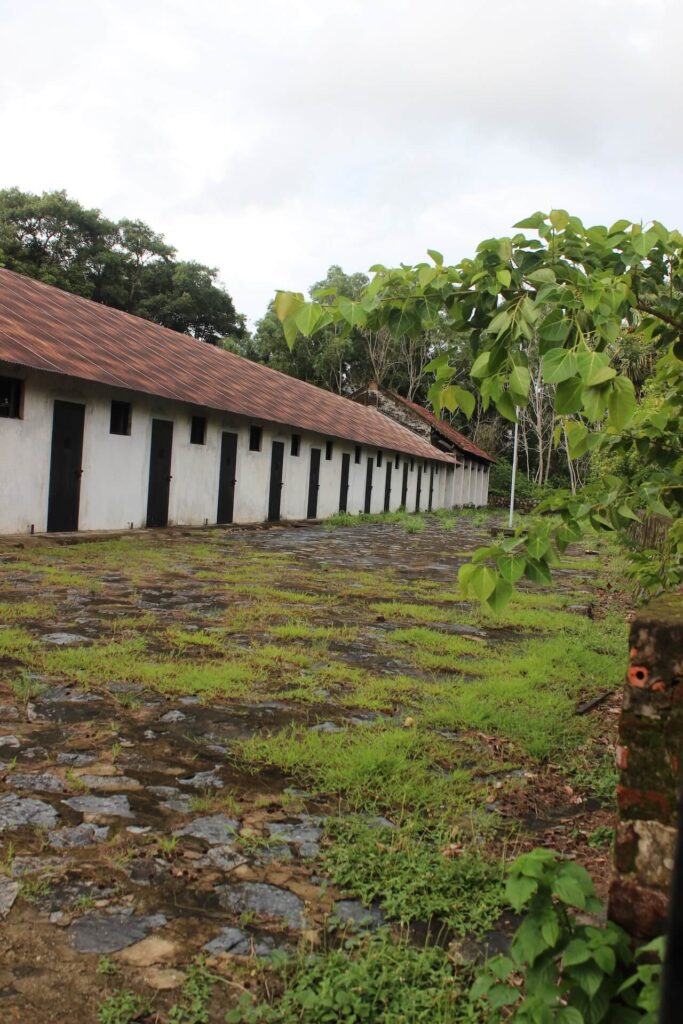
The human skulls site is home to the first 120 prisoners who were sent to Con Dao. They had organized an uprising against the French Colonialists with the help of Vietnamese soldiers in the French Army in June of 1862. During the uprising, they destroyed public offices and burned the prison.
Afterwards, though, the insurgents couldn’t find a way to escape off the island back to the mainland. The Island Lord, Felix Roussel, orchestrated a “mopping-up operation” with the intent of locating and prosecuting the guilty parties. After a 13-day manhunt, there were 100 dead prisoners and 20 captured alive. Those captured alive were forced to dig a mass grave for their dead co-conspirators before they themselves were buried alive alongside the deceased.
This site was thus the first cemetery of Con Dao Prison.
On the site, there were buildings that were used to wash livestock, as well as the small white building with the plaque on the front that acted as the cow manure shed. Inside, it was 9 feet deep and filled with manure and water; prison guards often locked inmates in the shed as a means of torture.
Jetty 914
The jetty construction began in 1873 and lasted several decades, during which 914 prisoners lost their lives — hence the name, Jetty 914.
Miscellaneous
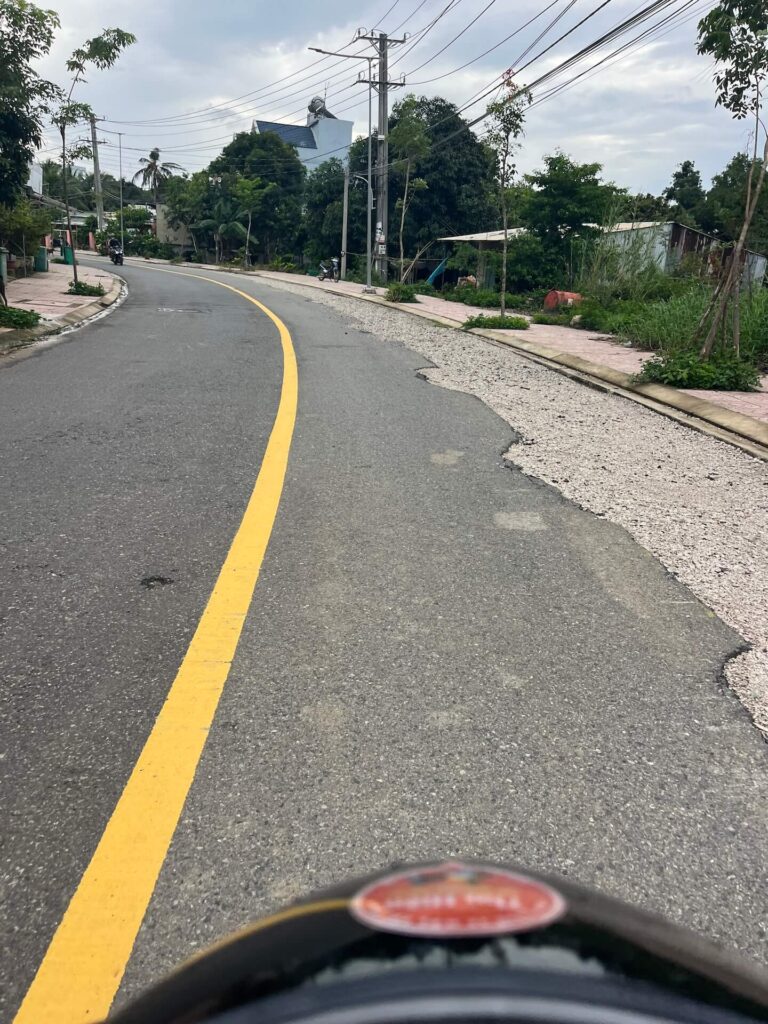
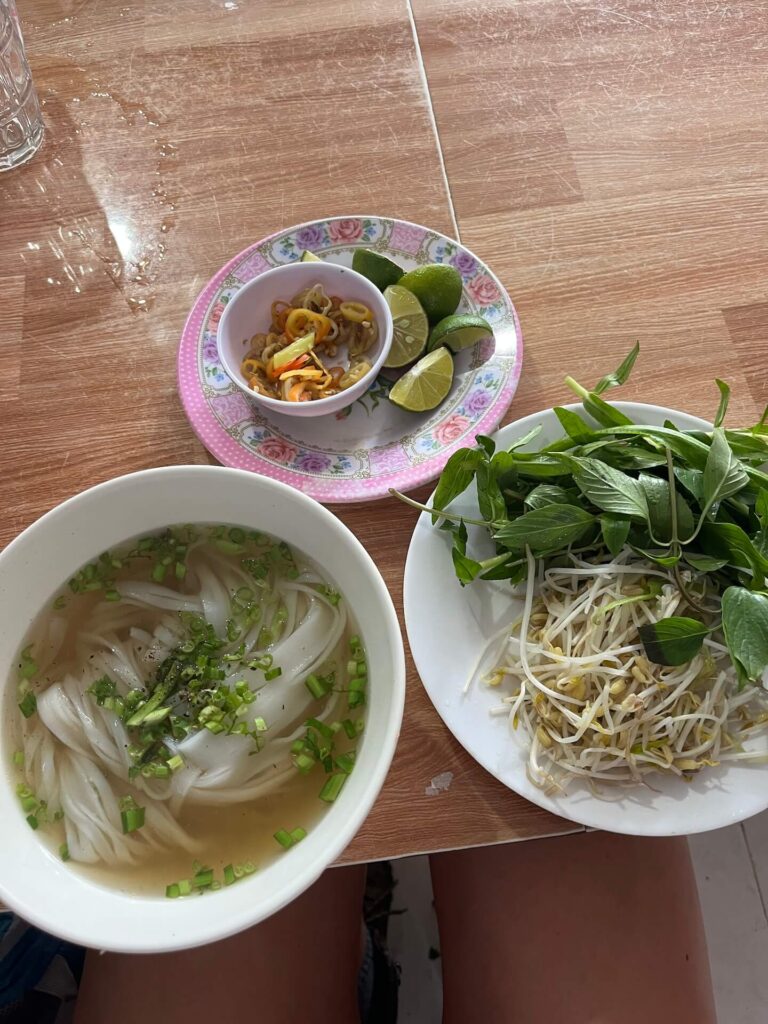
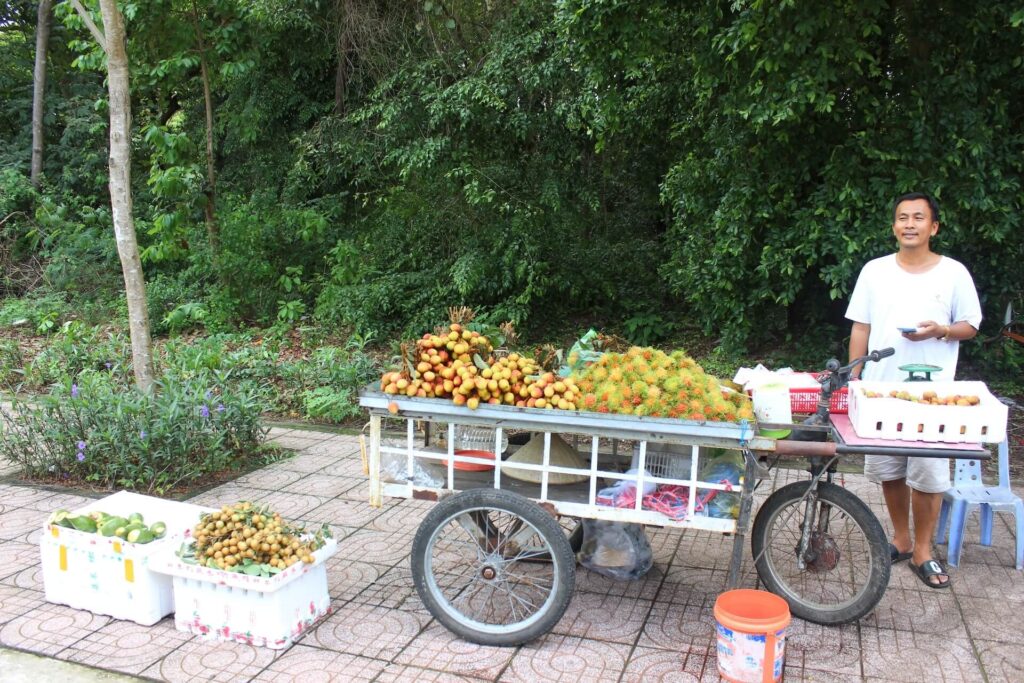
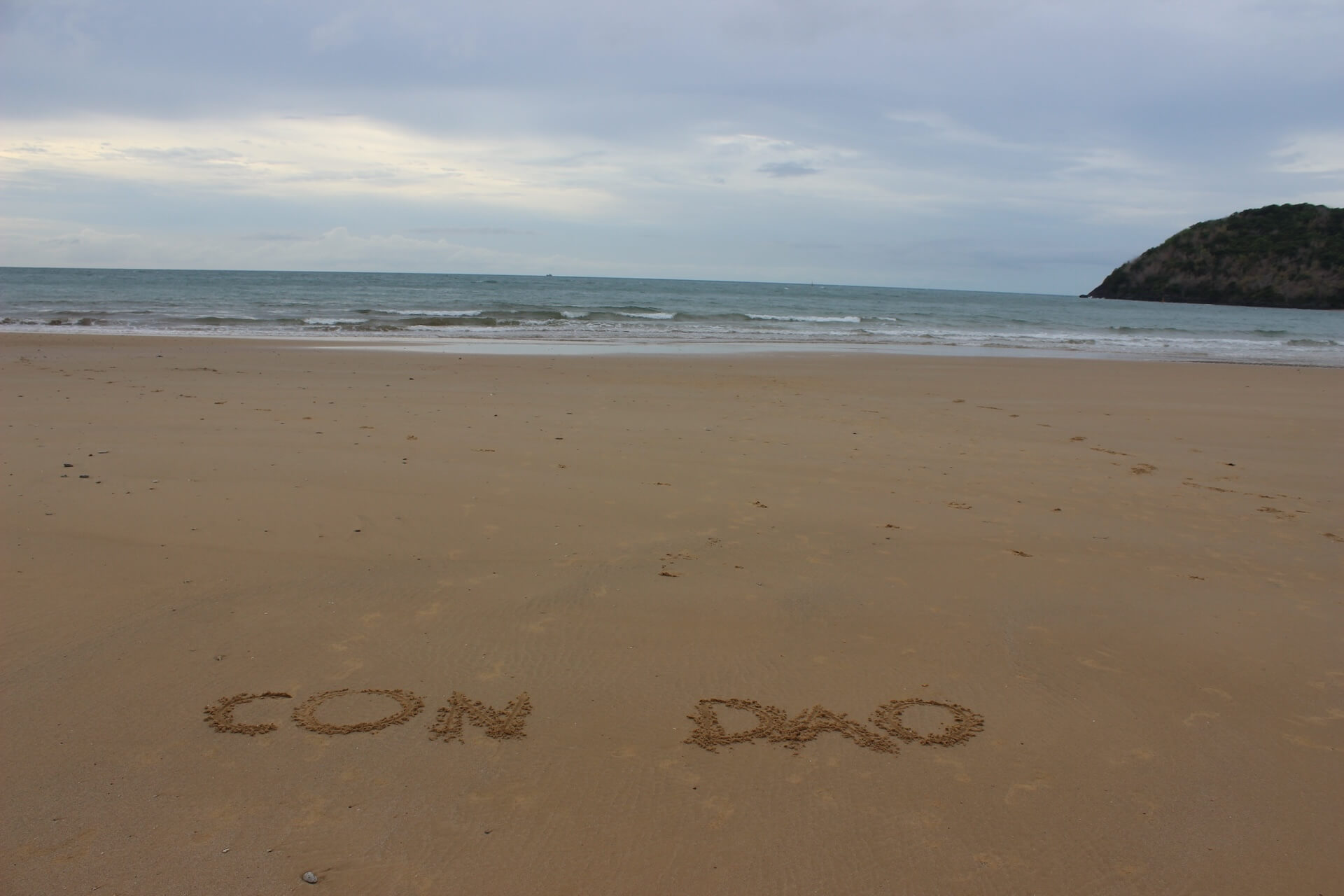
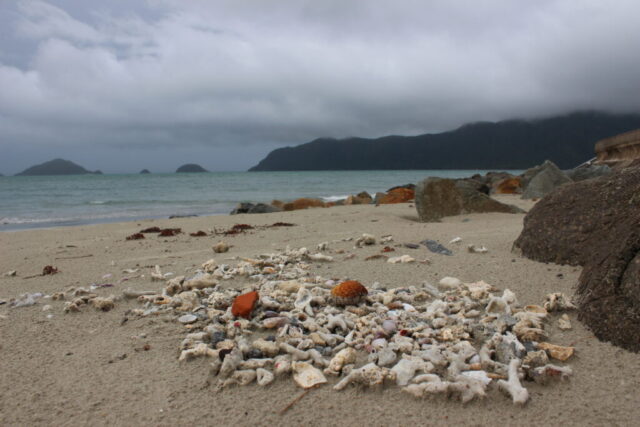
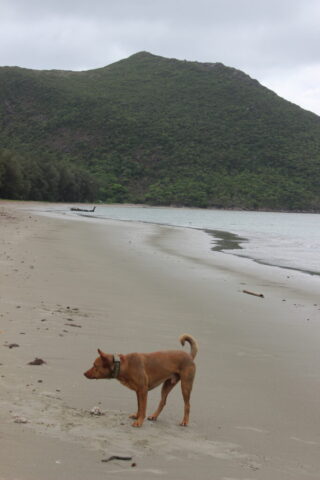
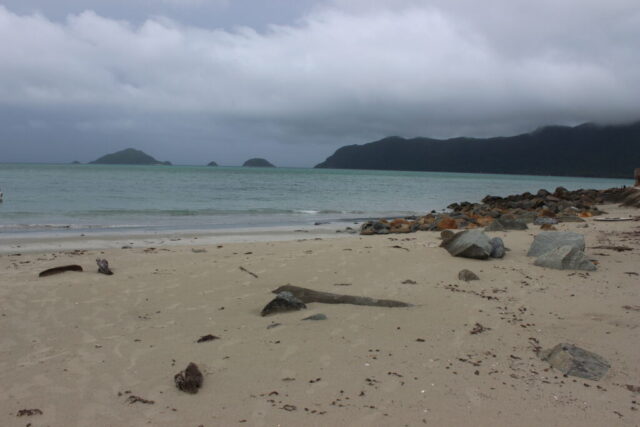
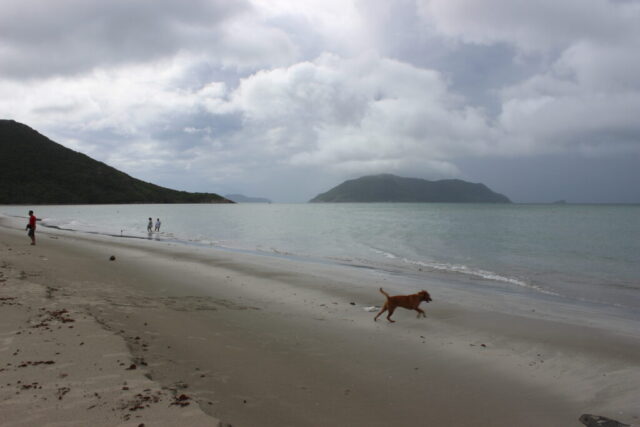
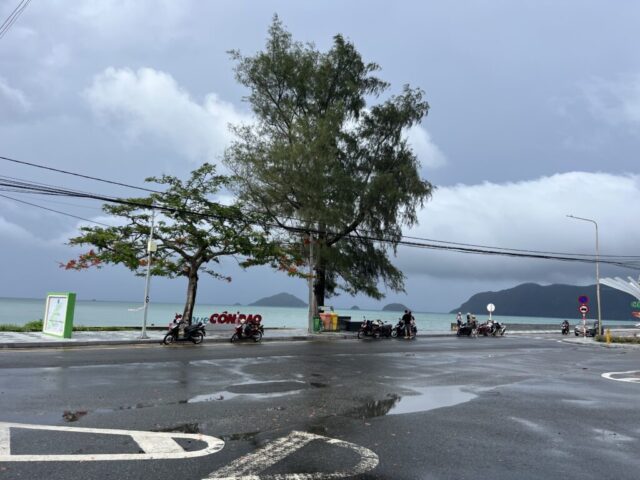
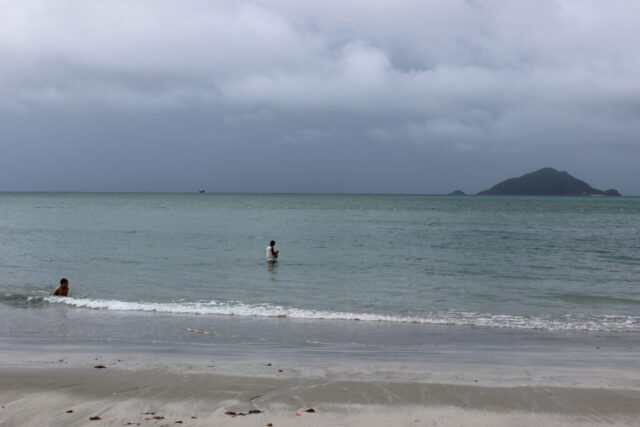
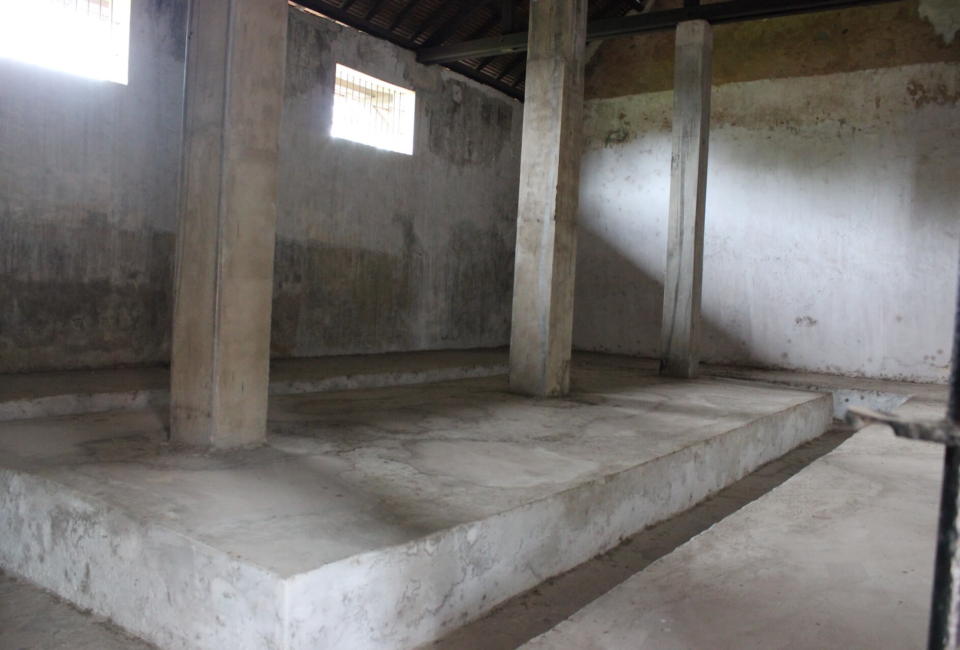
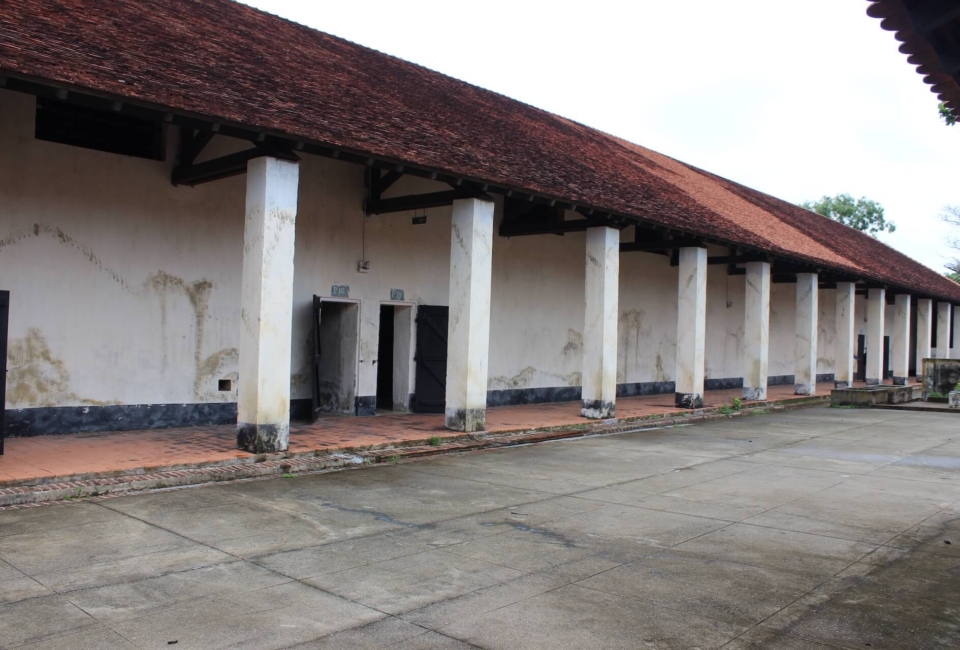
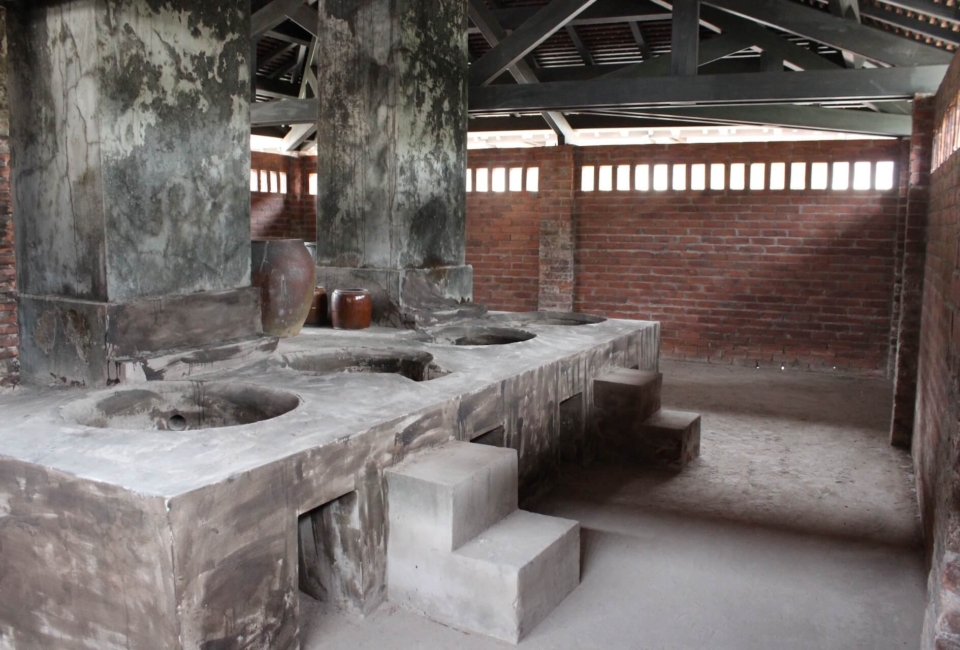
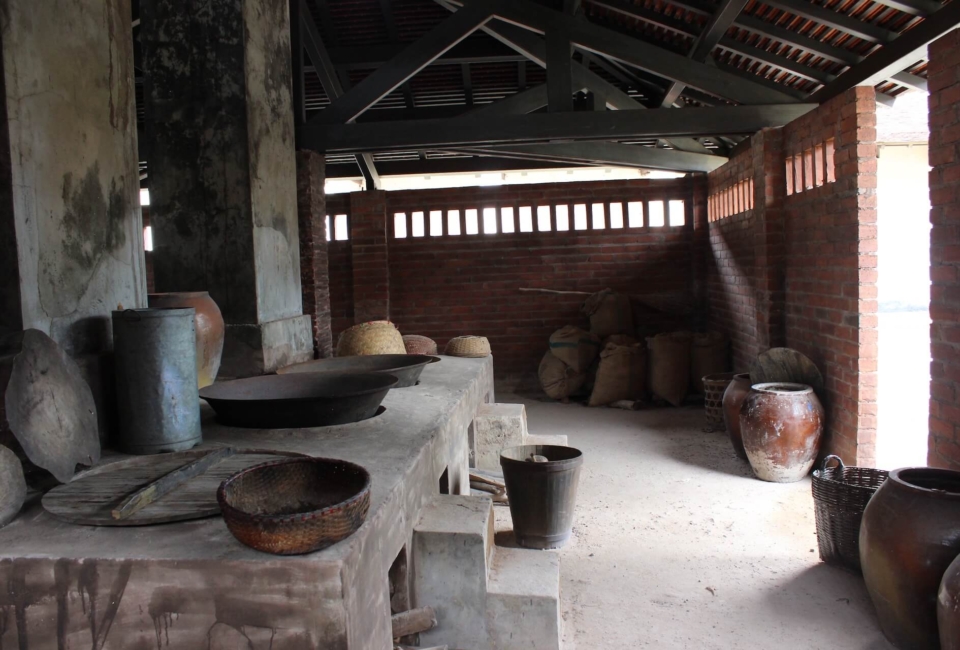
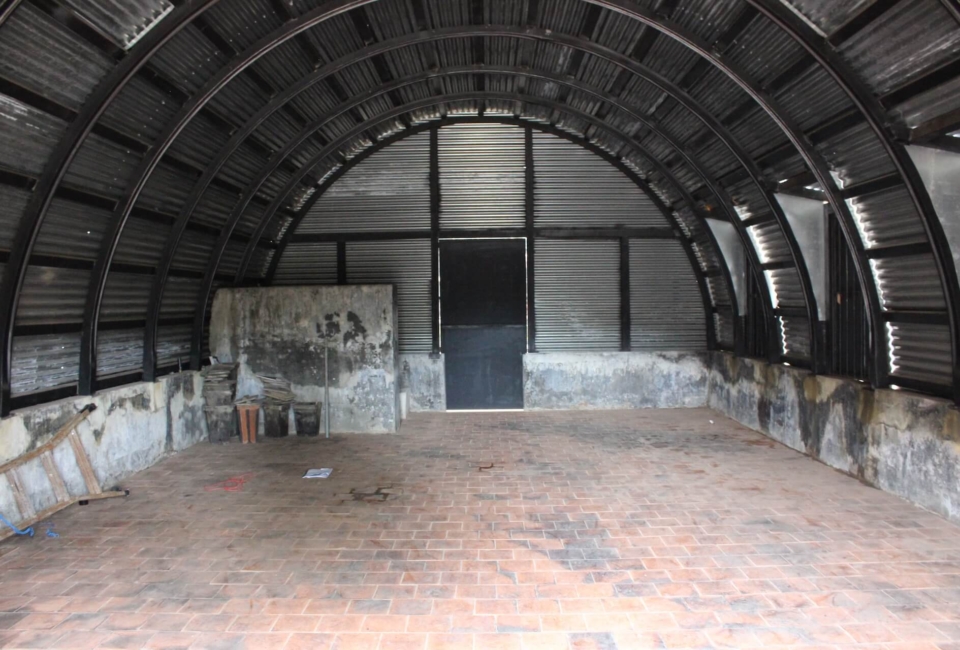
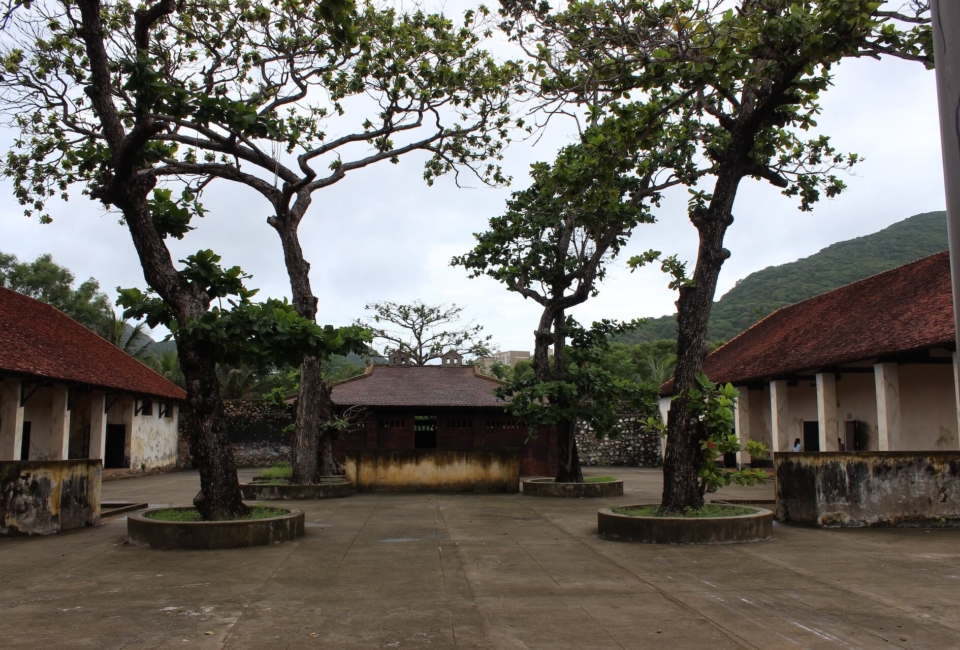
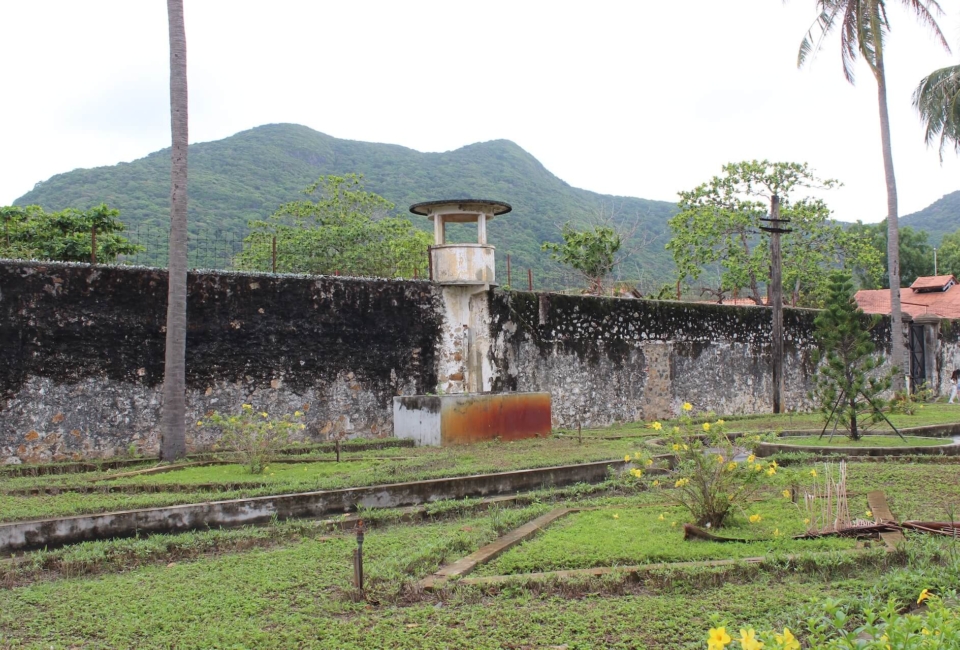
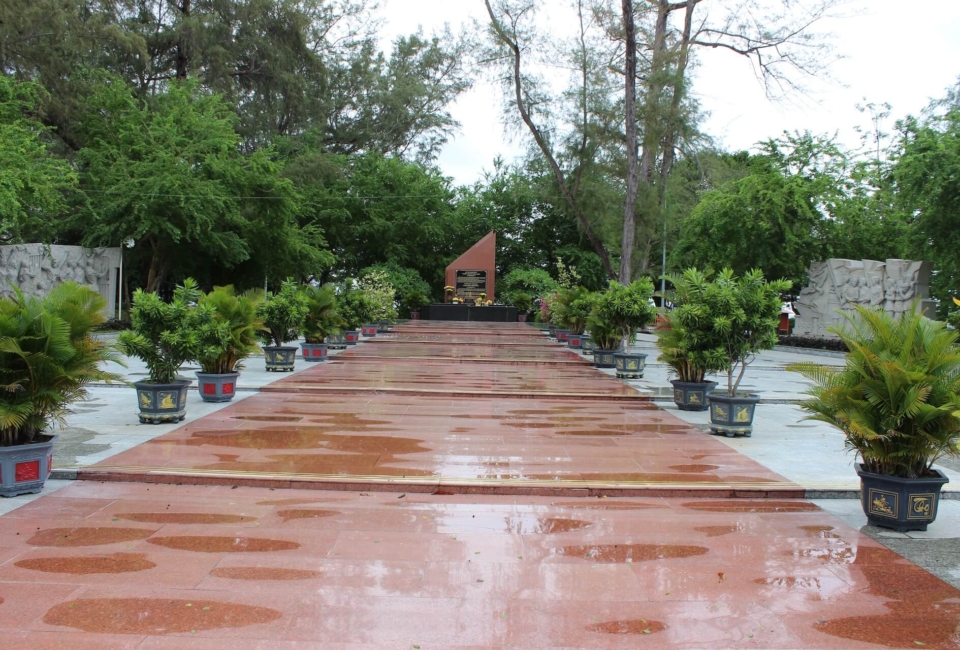
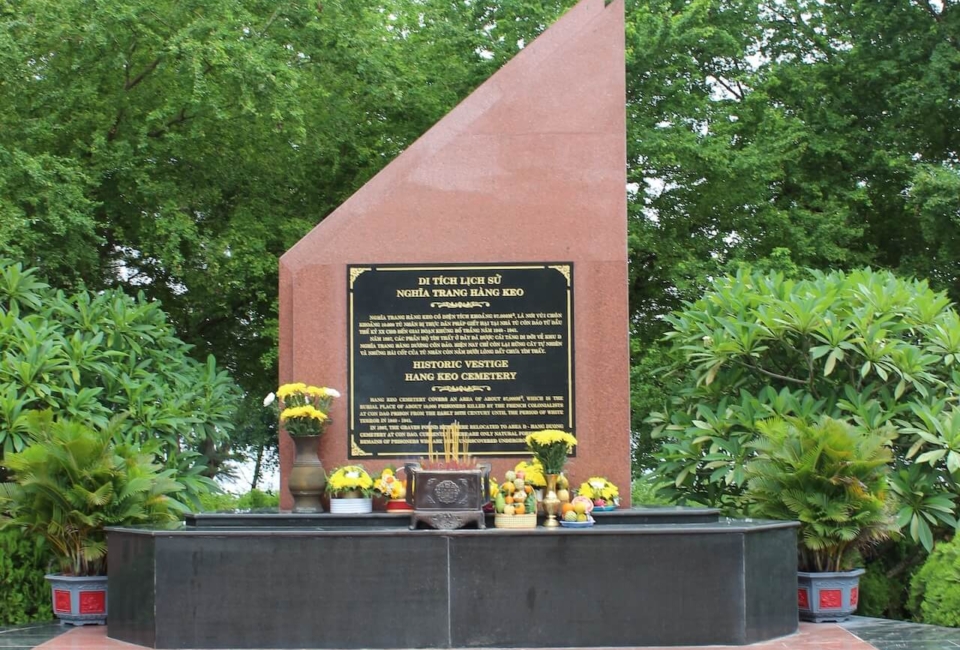
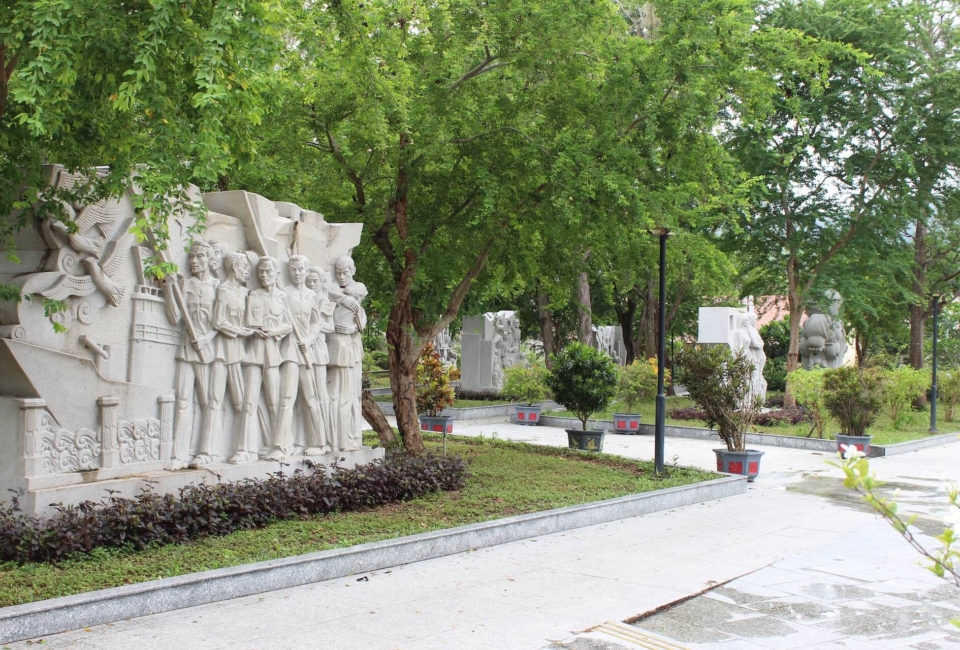
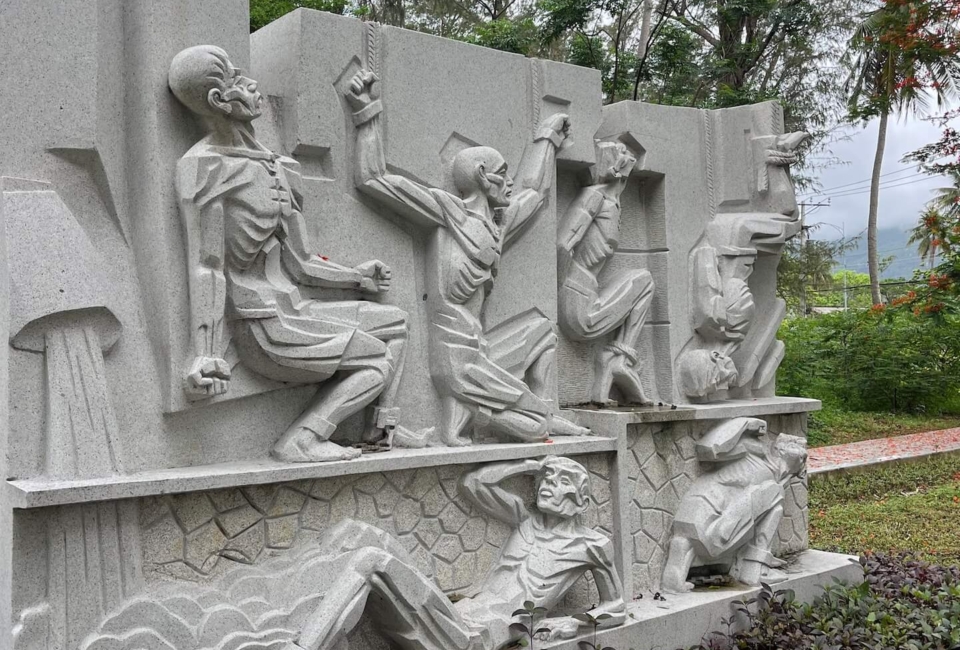
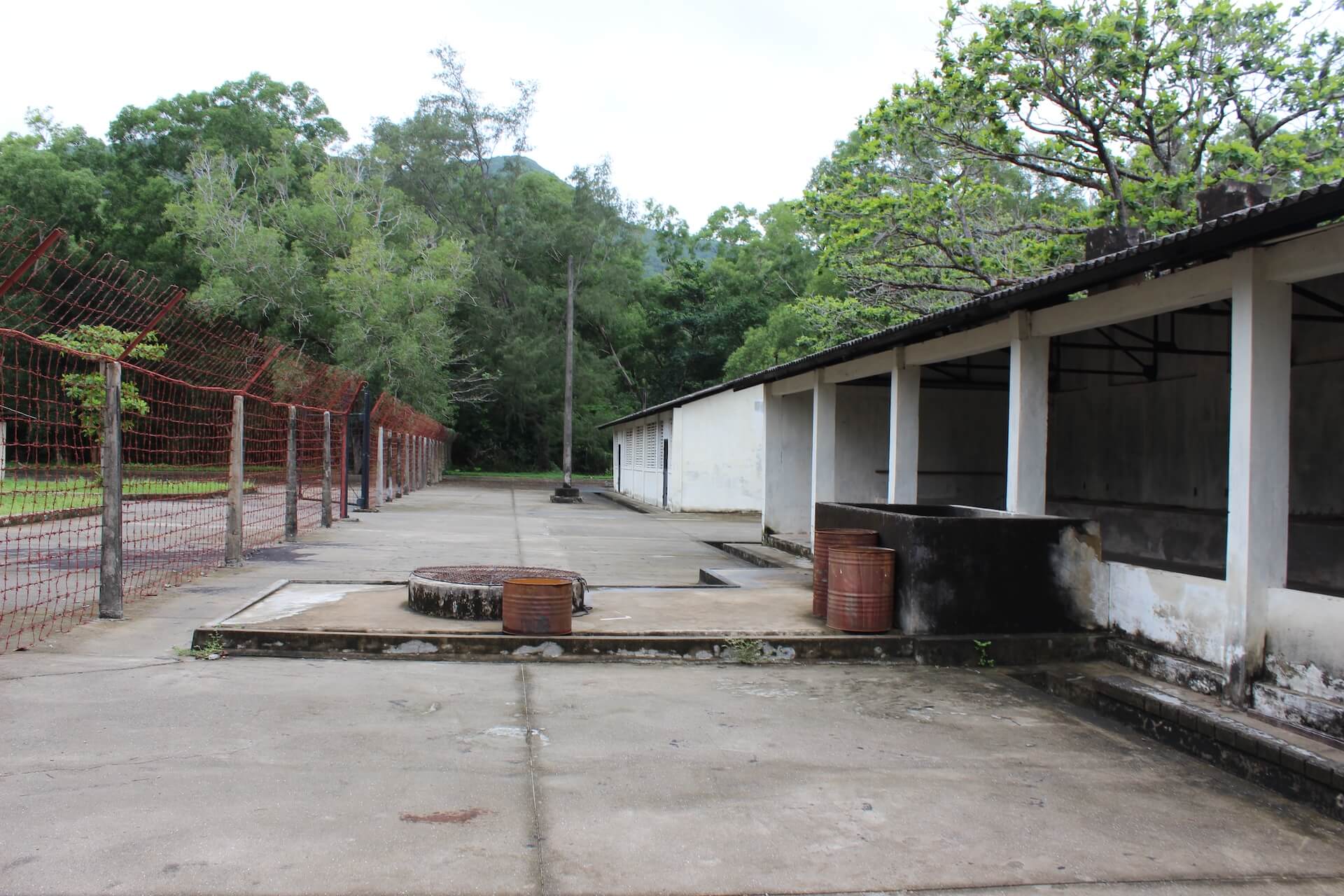
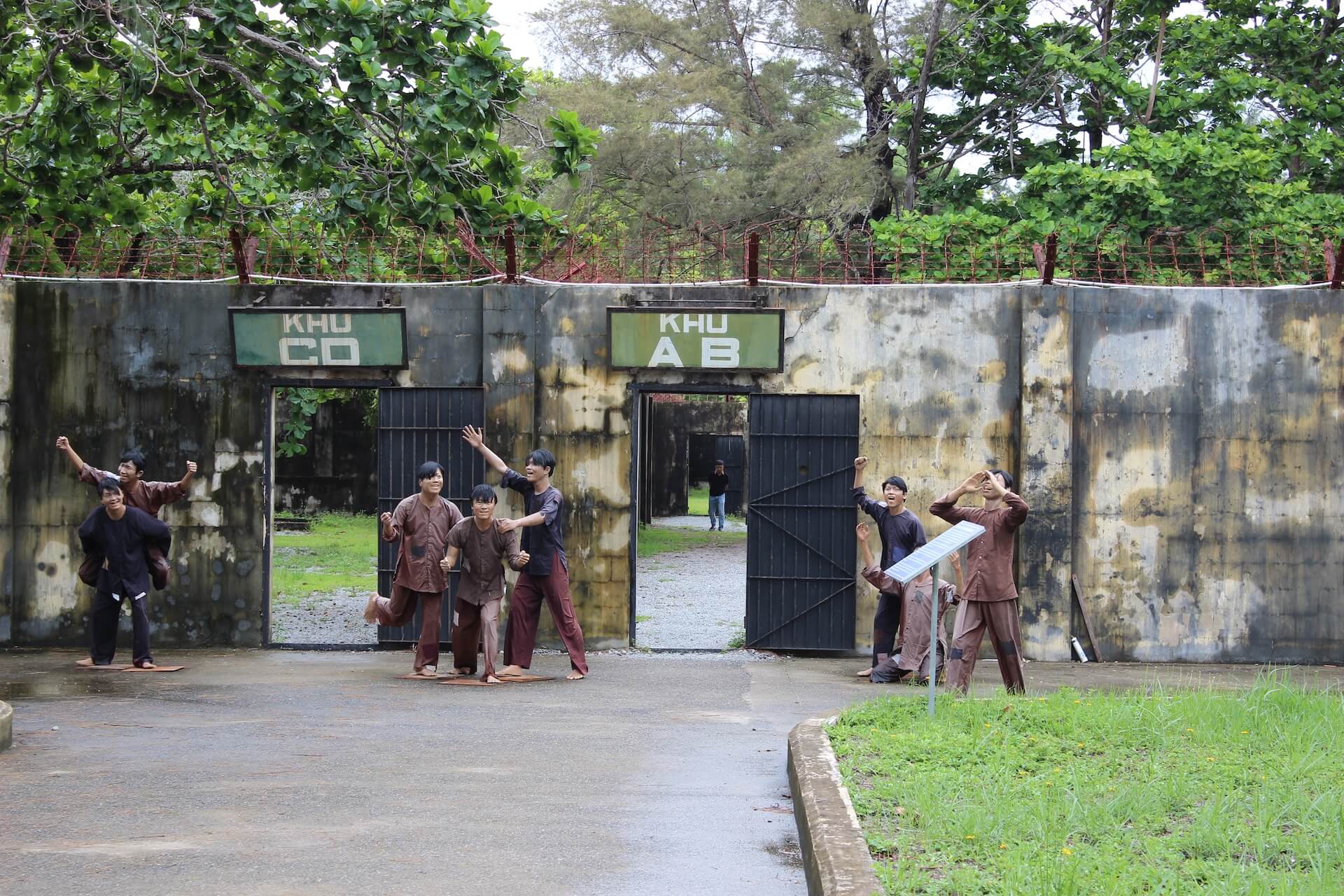
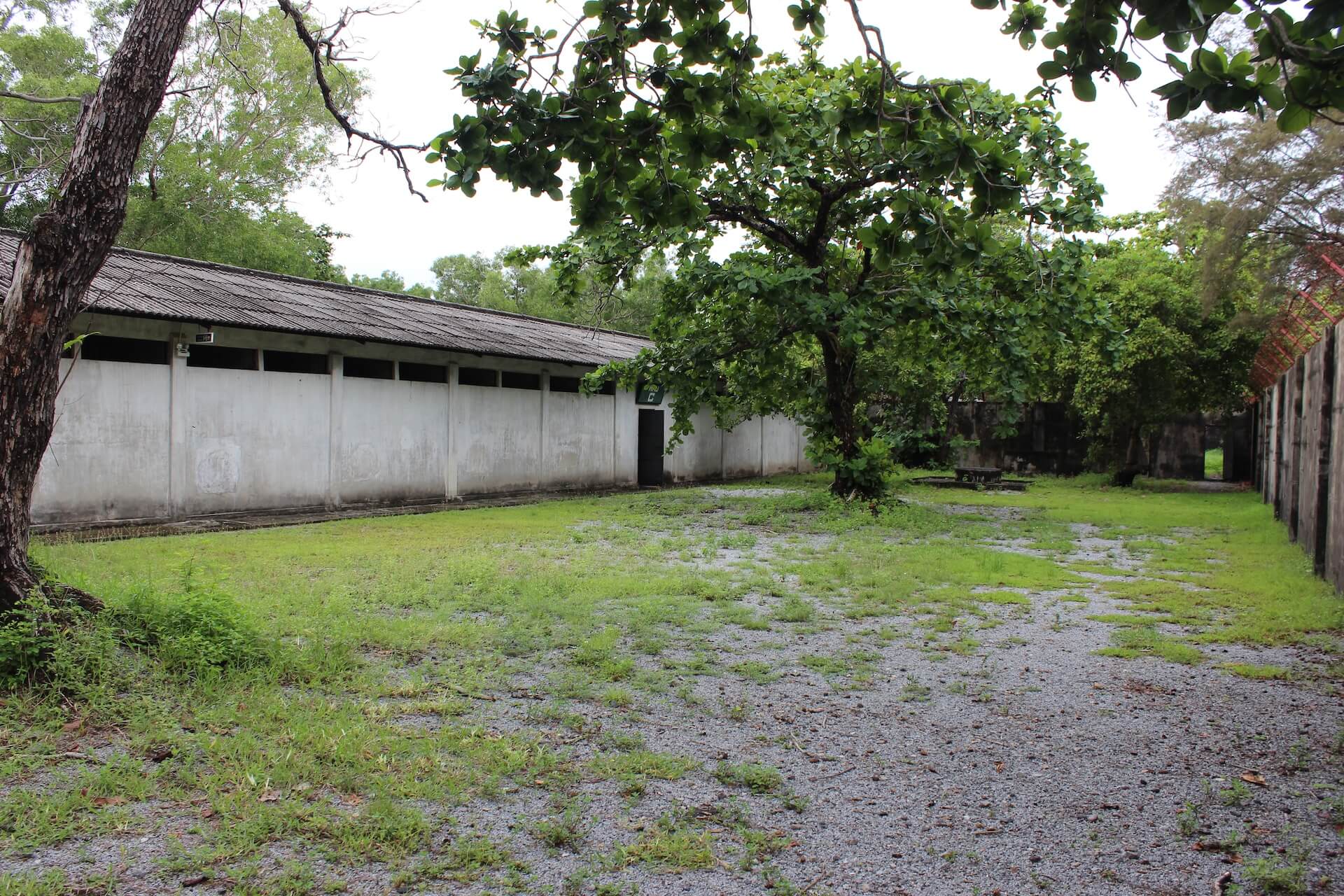
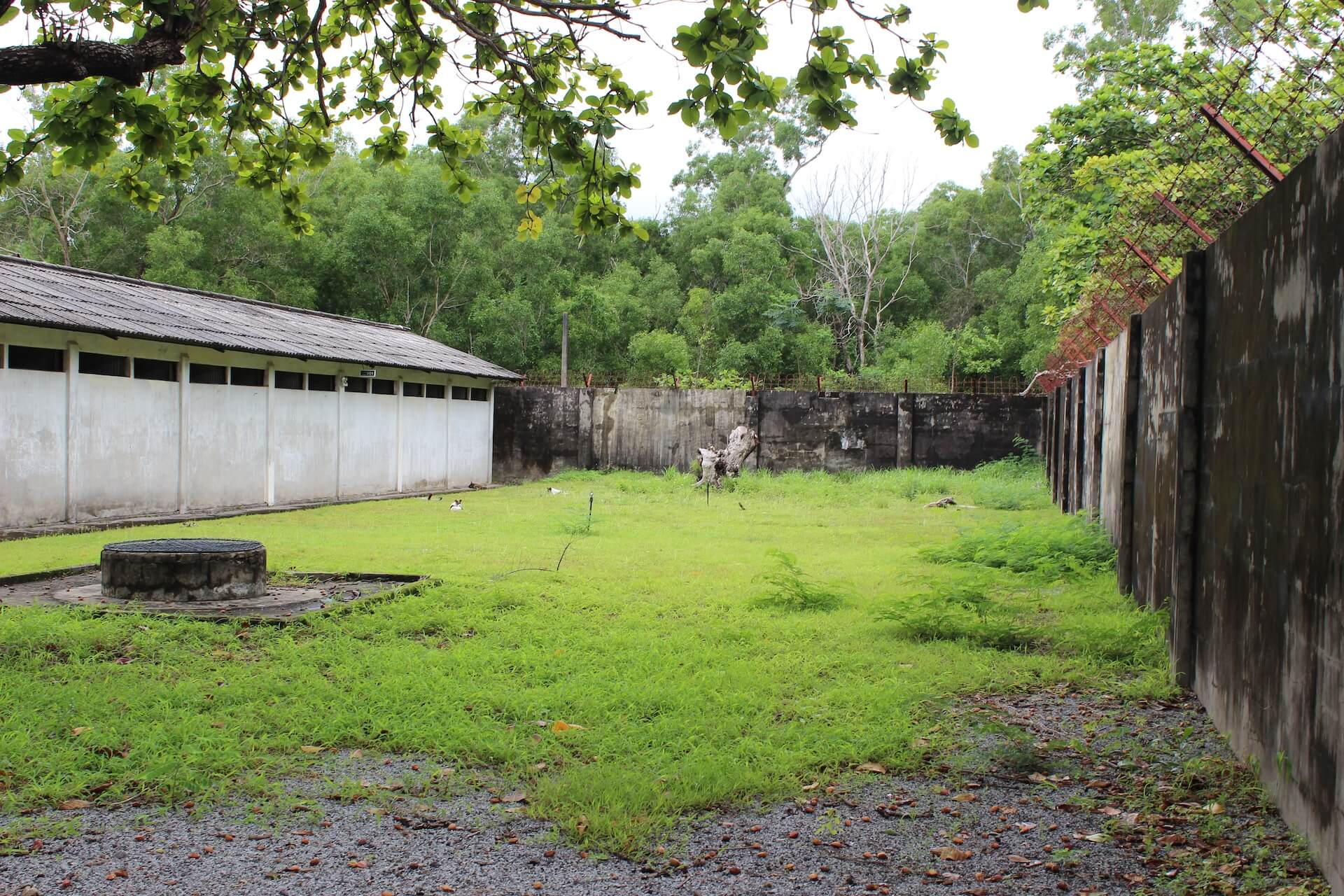
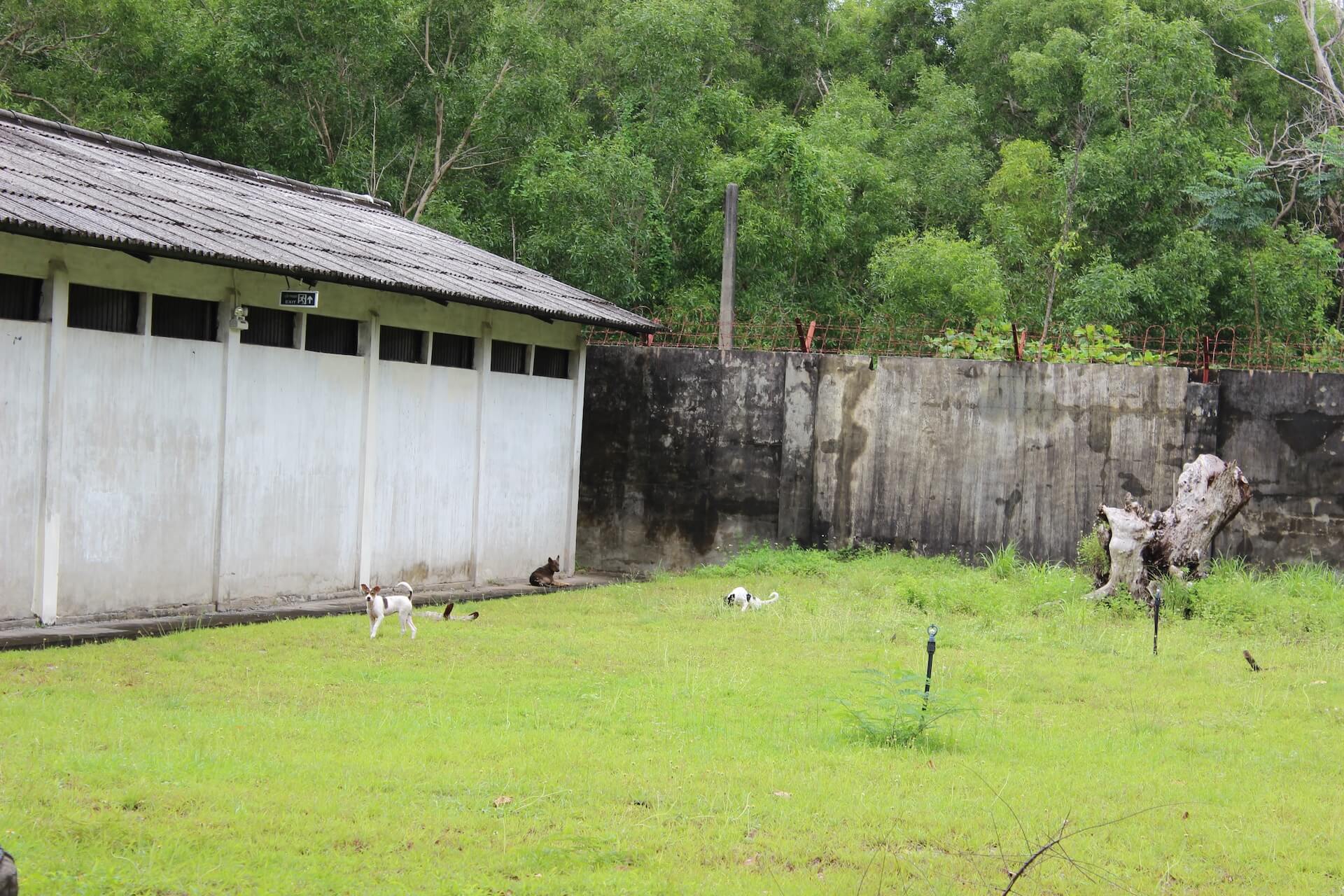
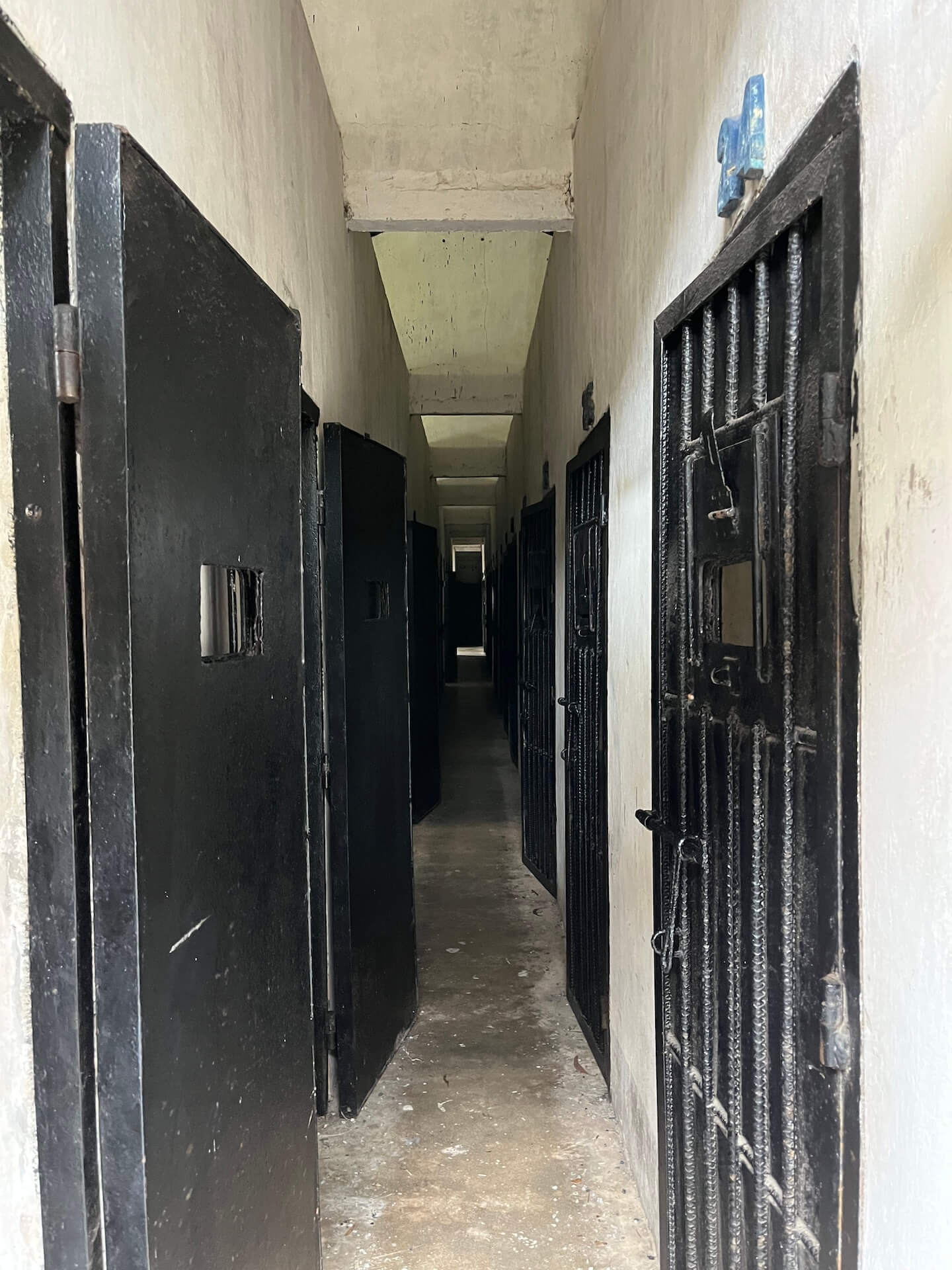
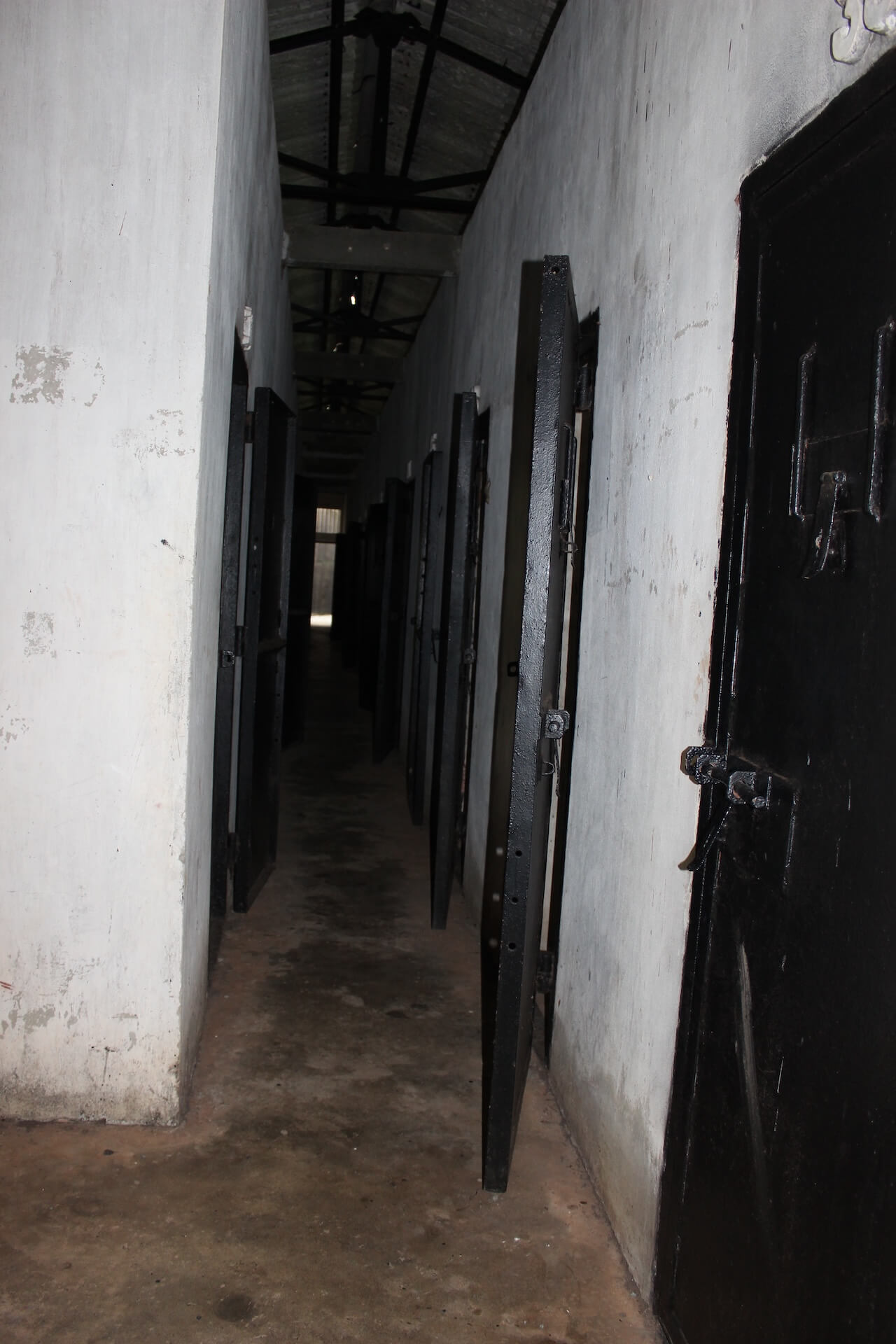
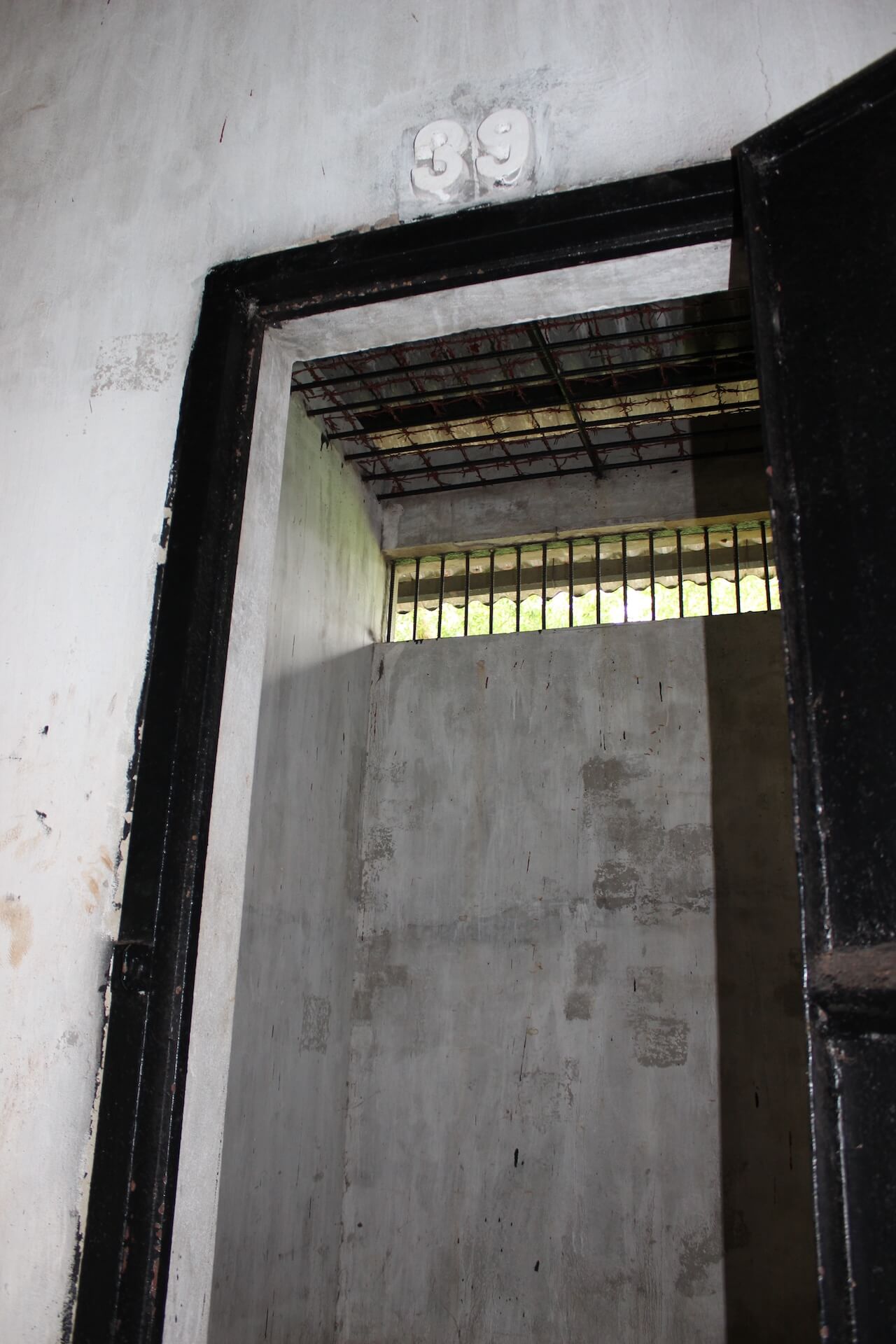
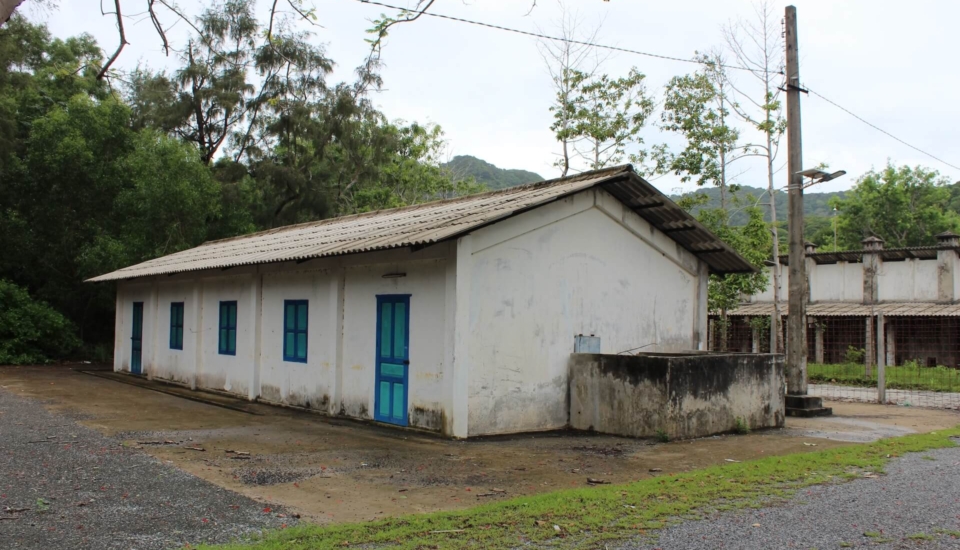
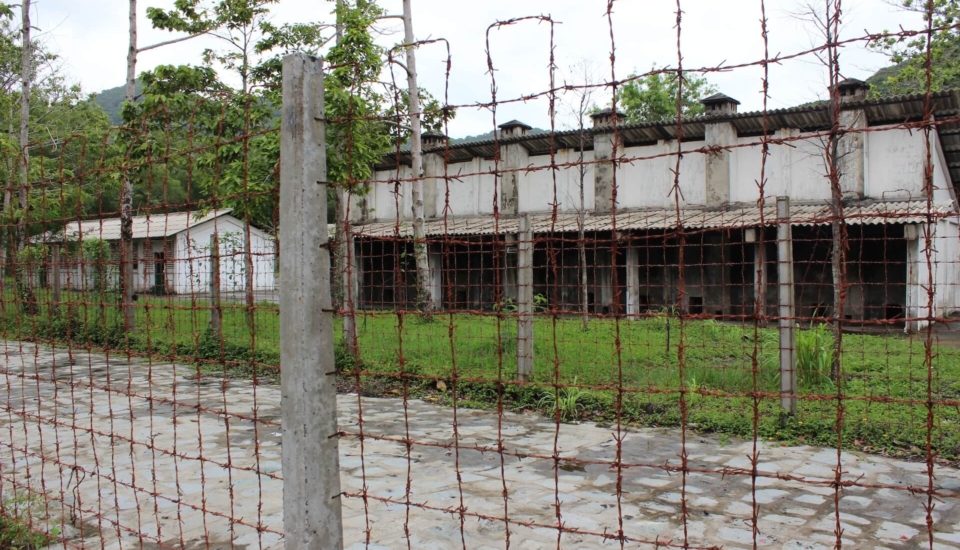
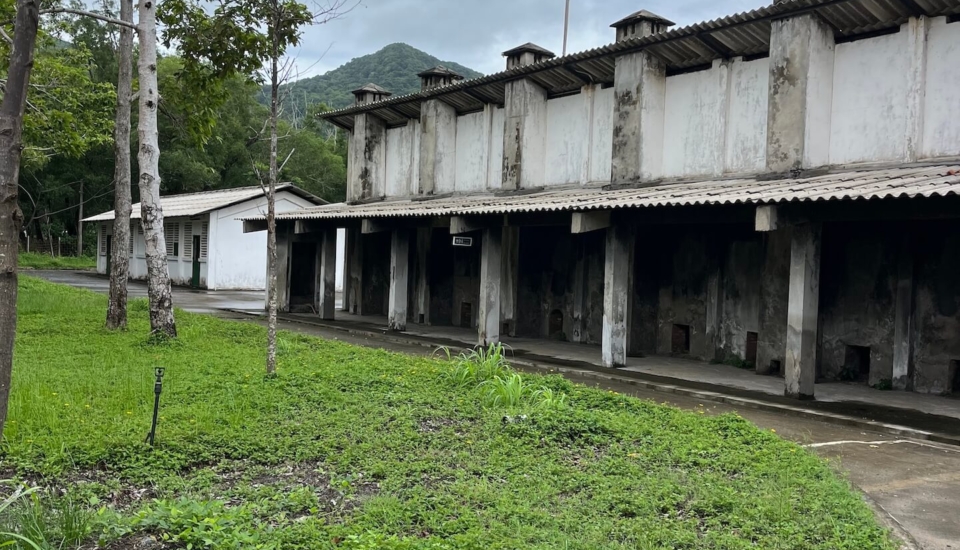
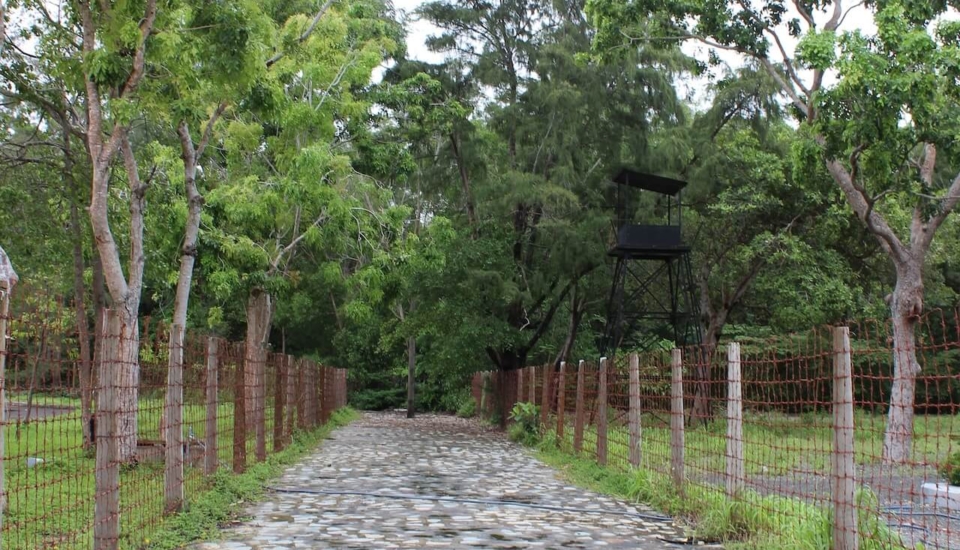
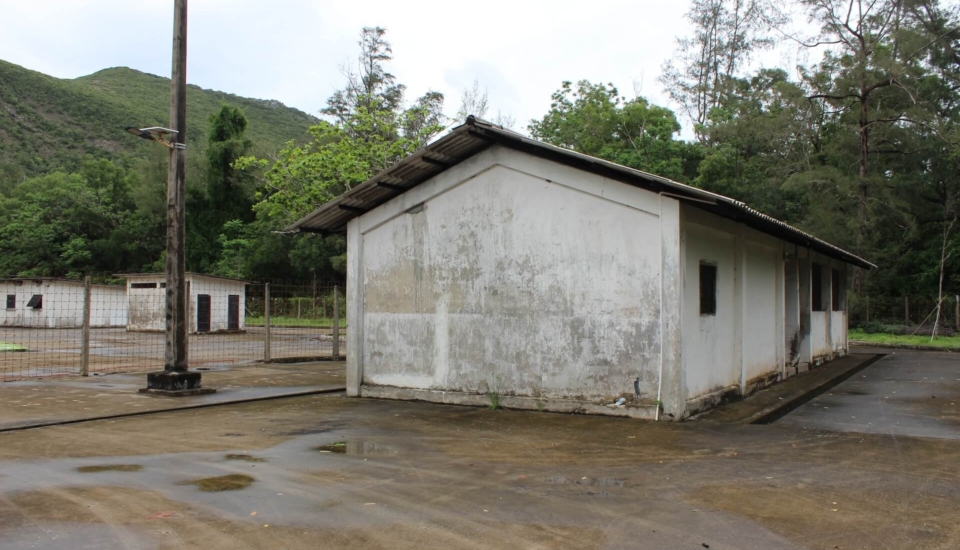
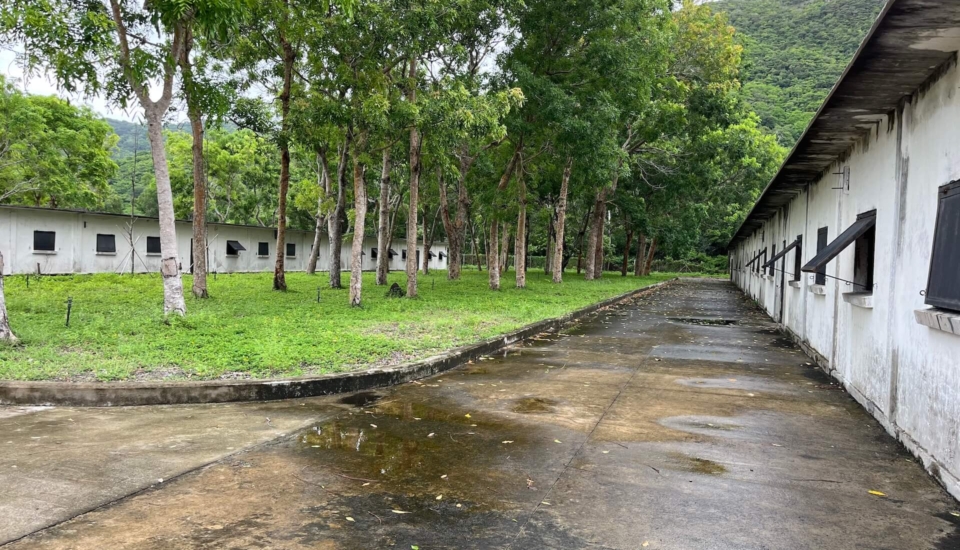
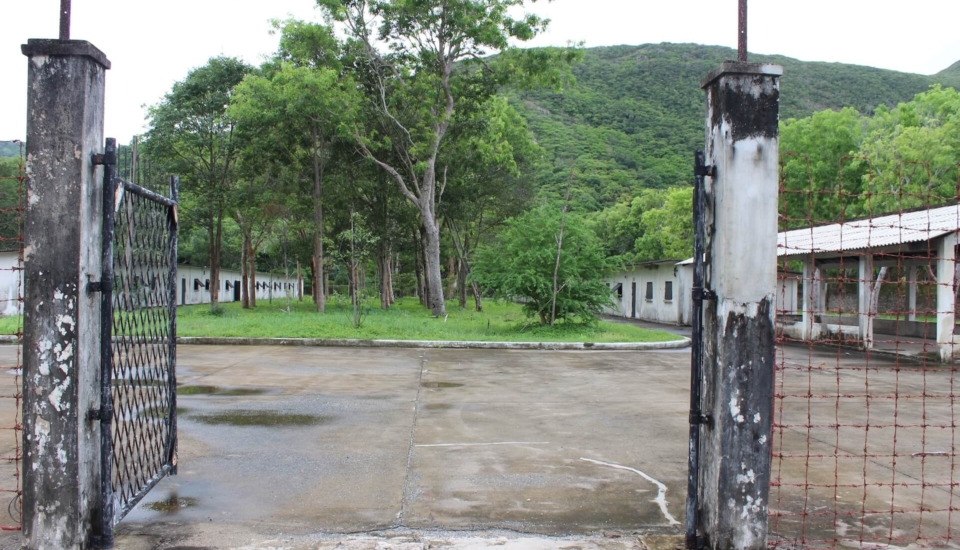
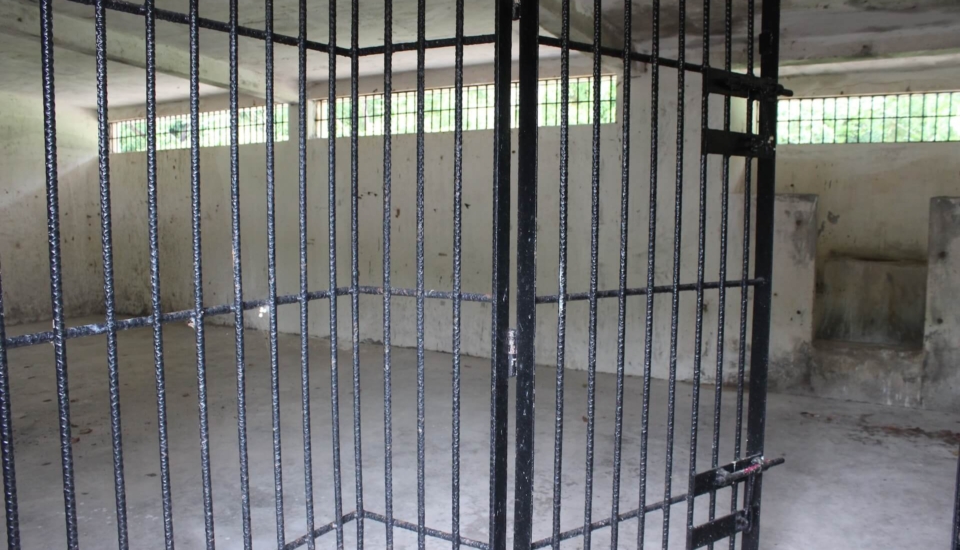
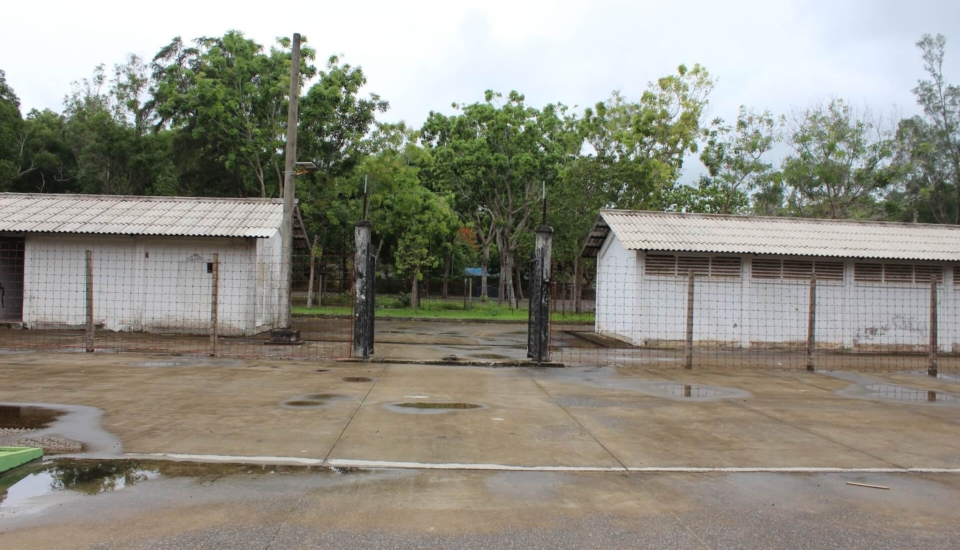
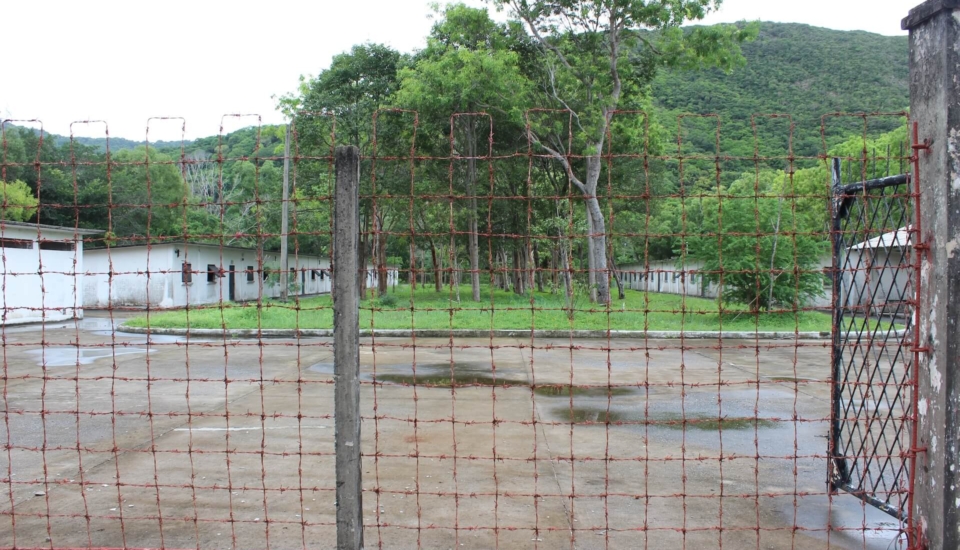
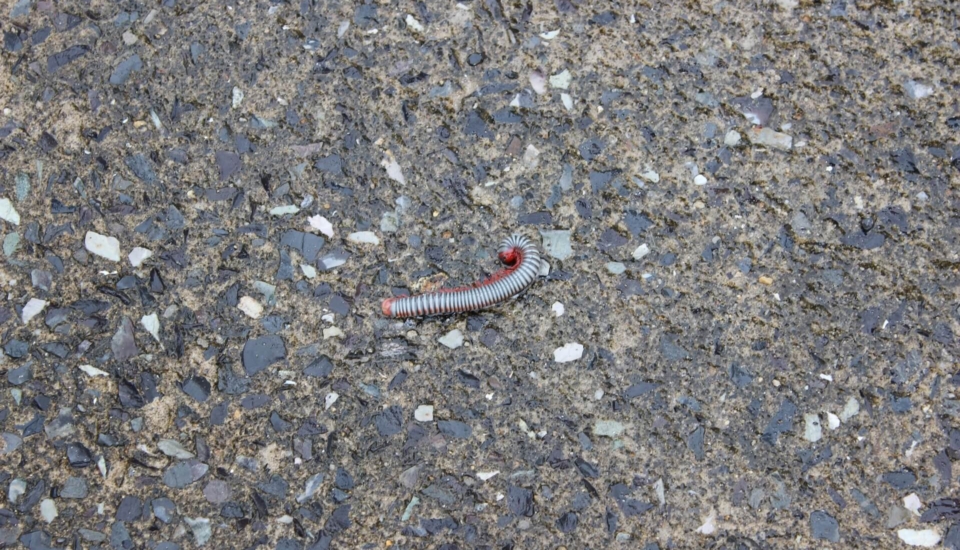
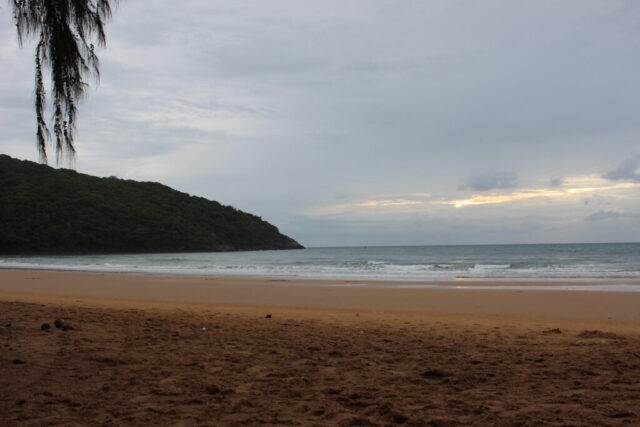
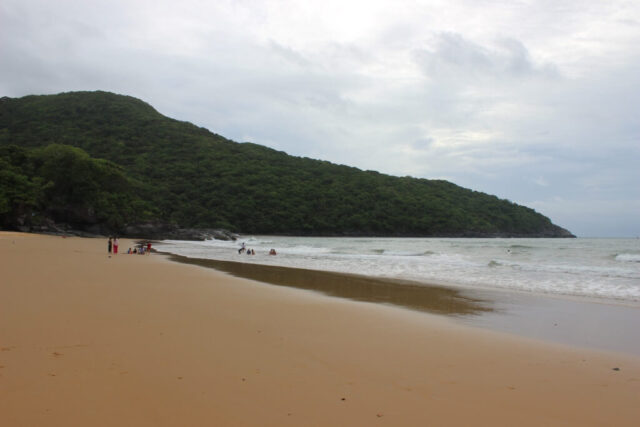
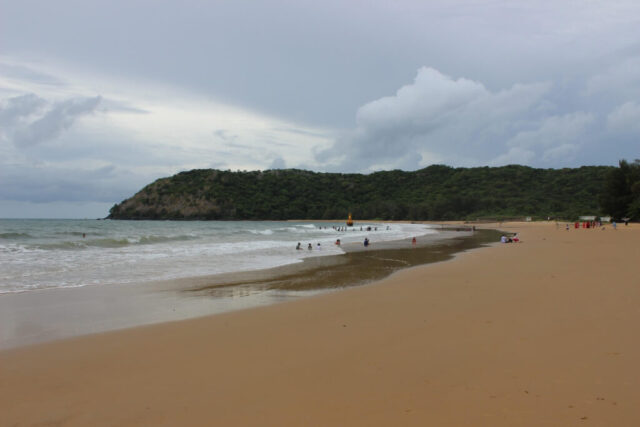
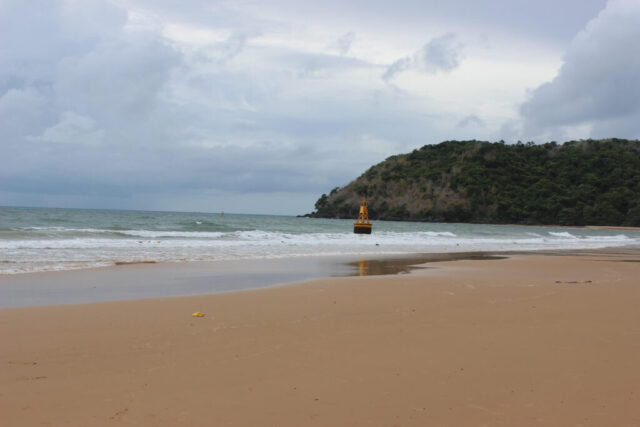
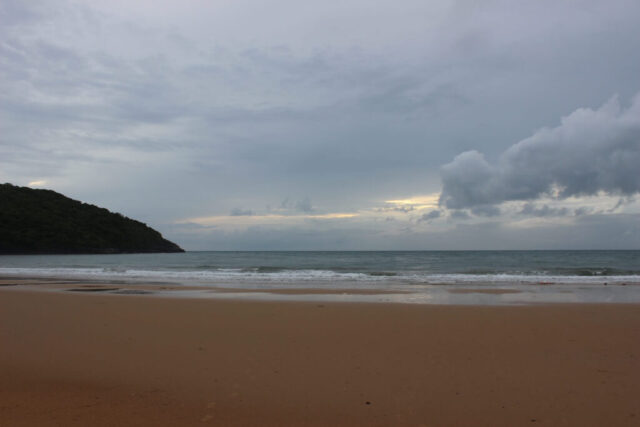
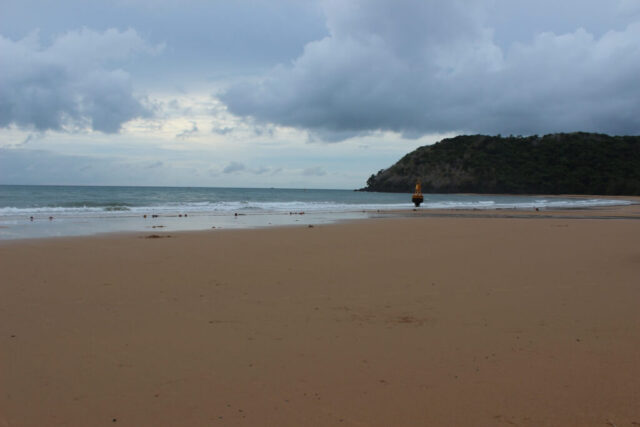
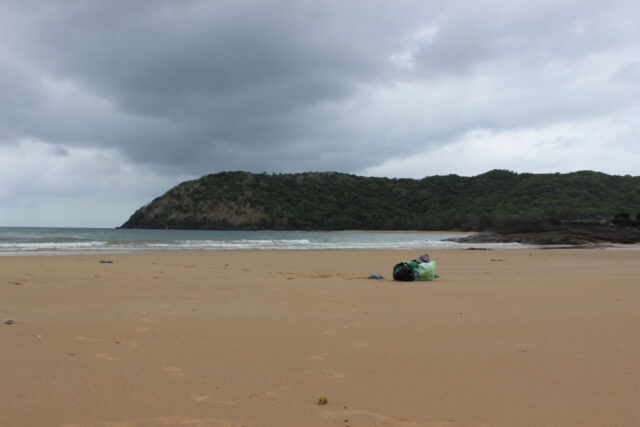
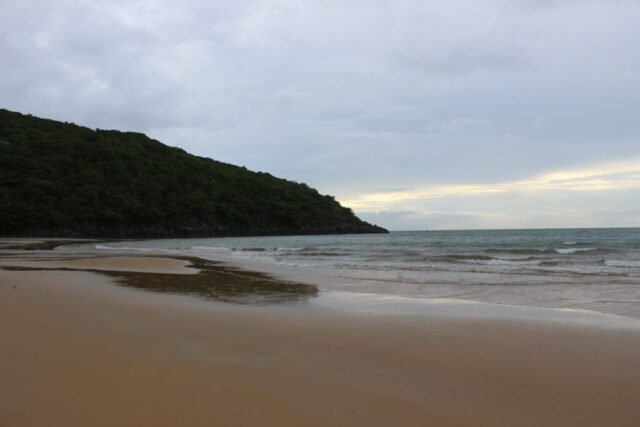
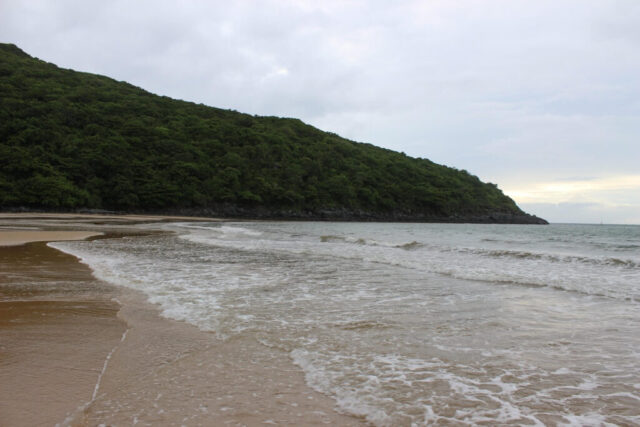
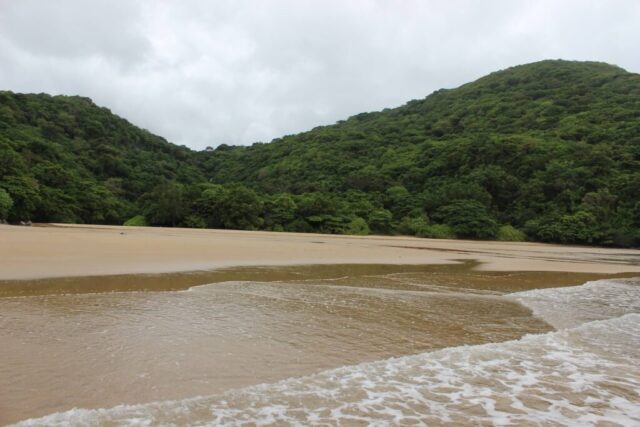
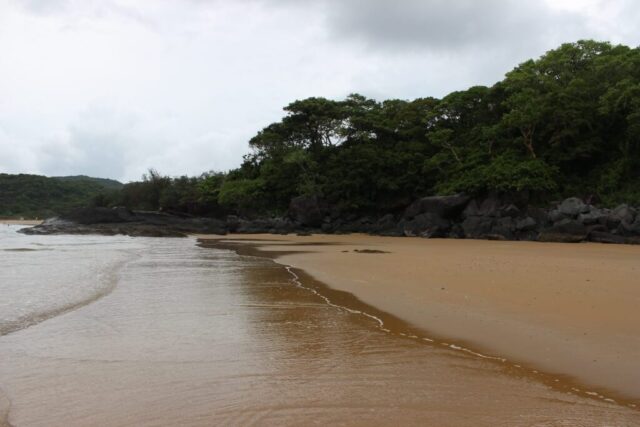
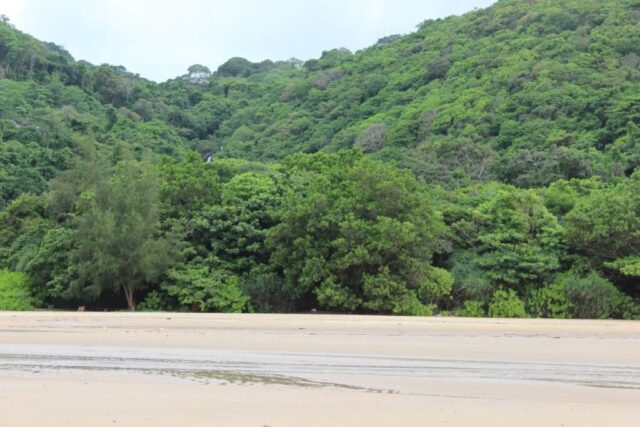
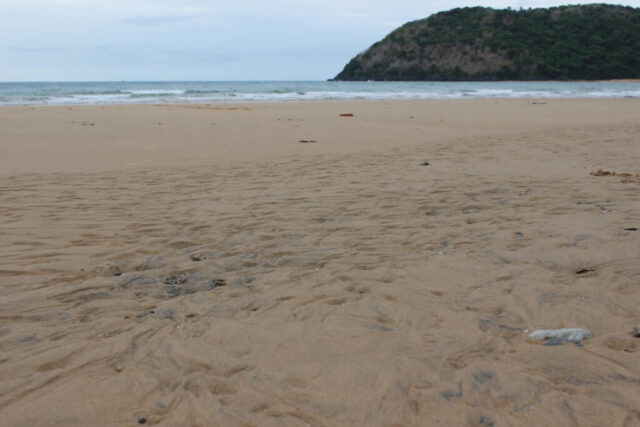
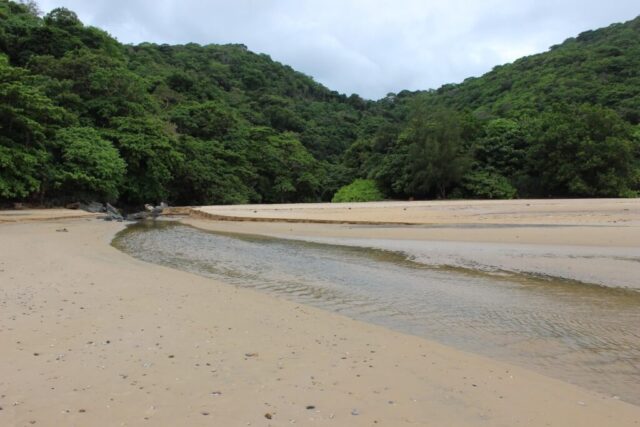
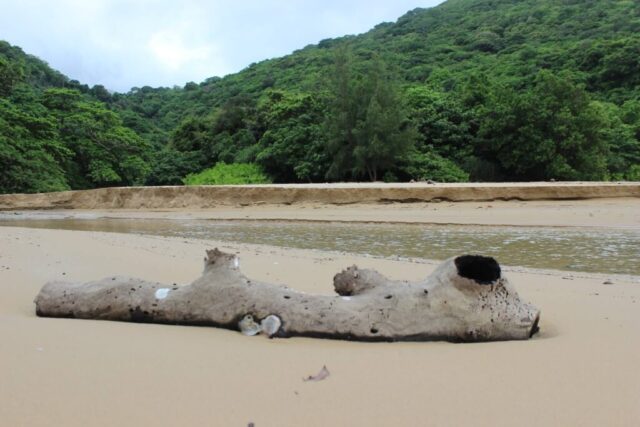
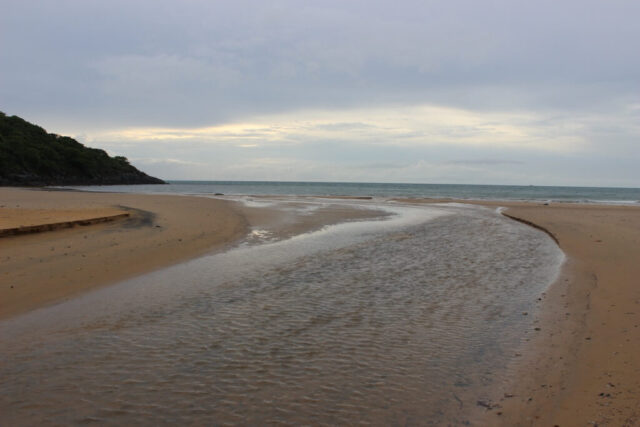
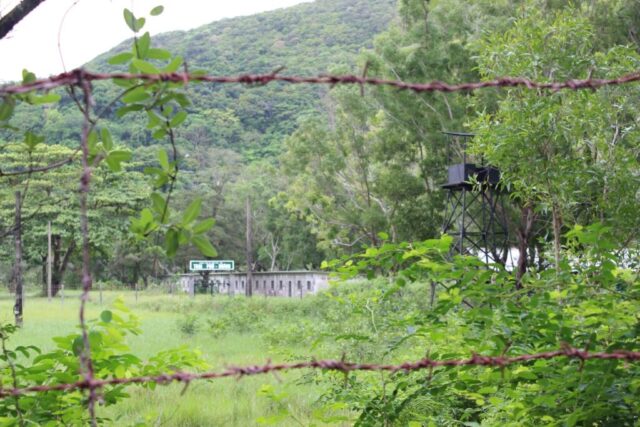
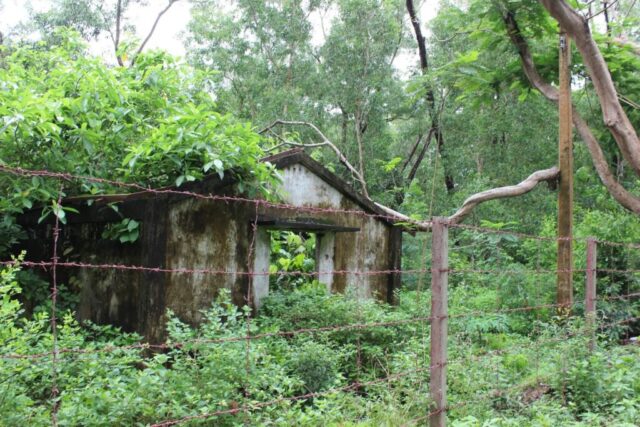
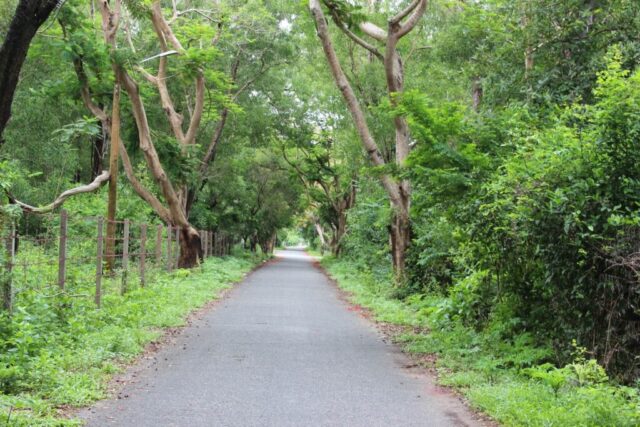
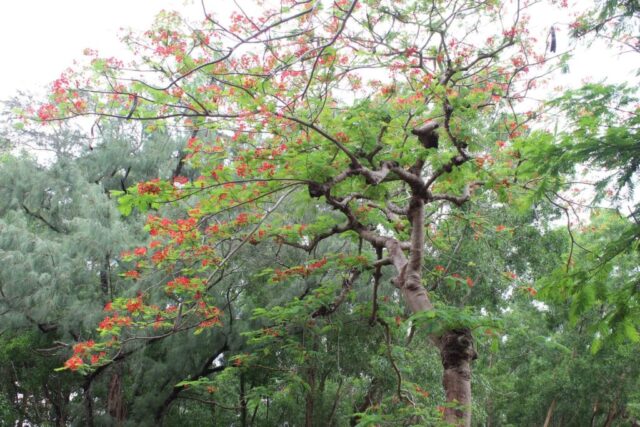
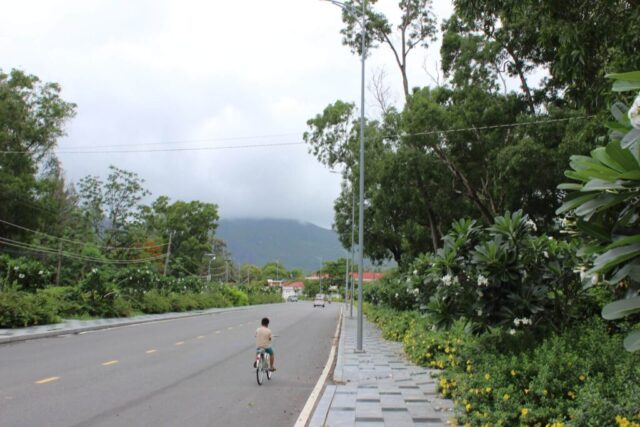

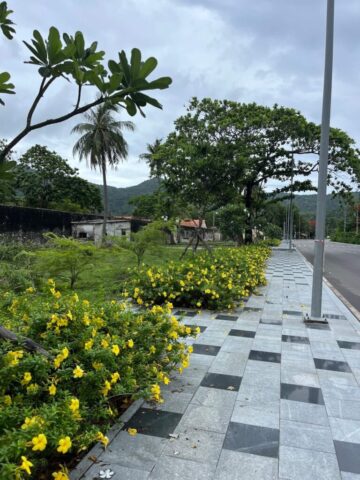
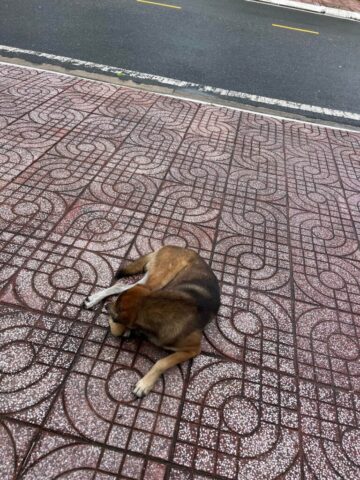
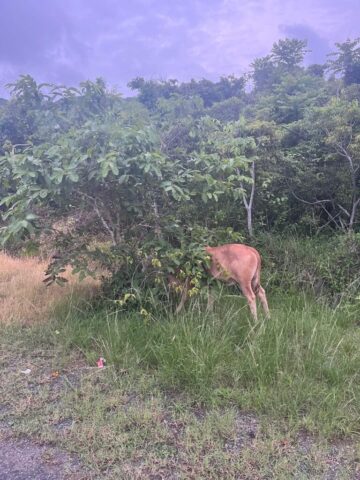
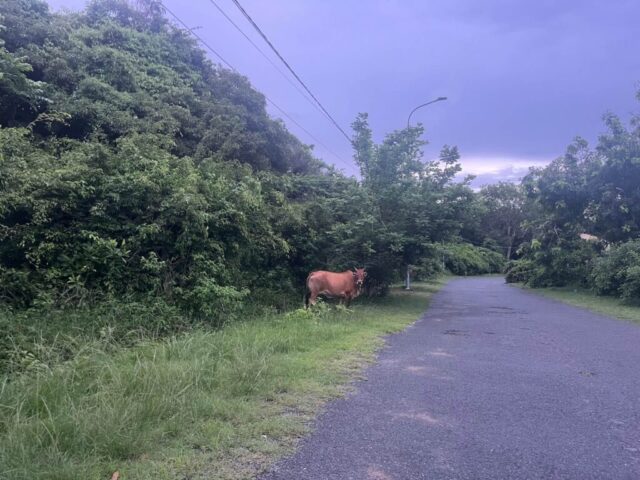
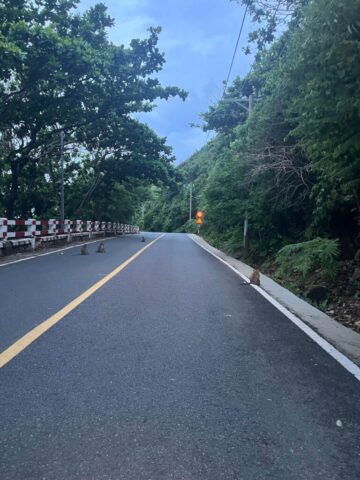
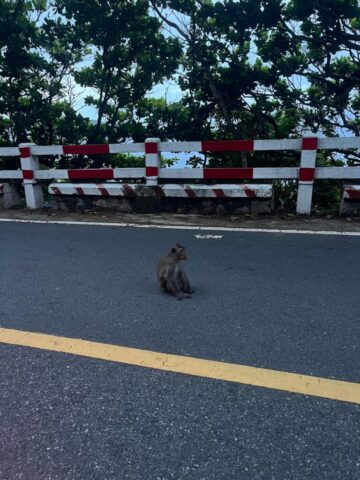
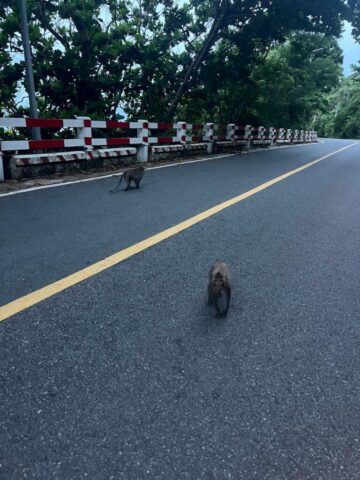
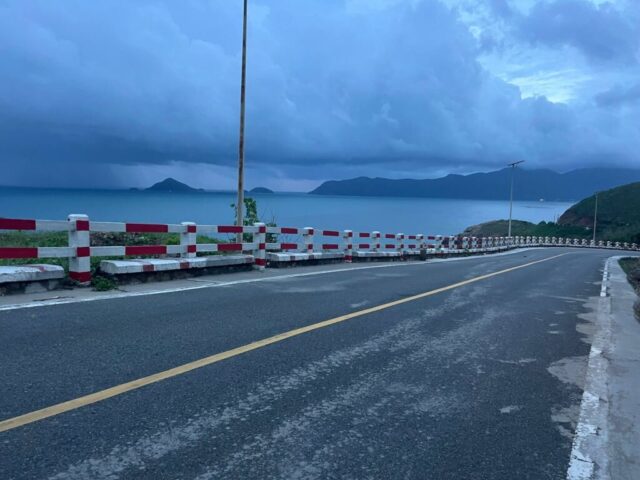
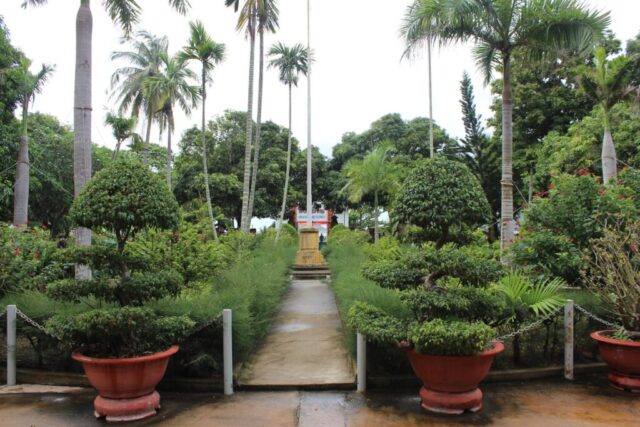
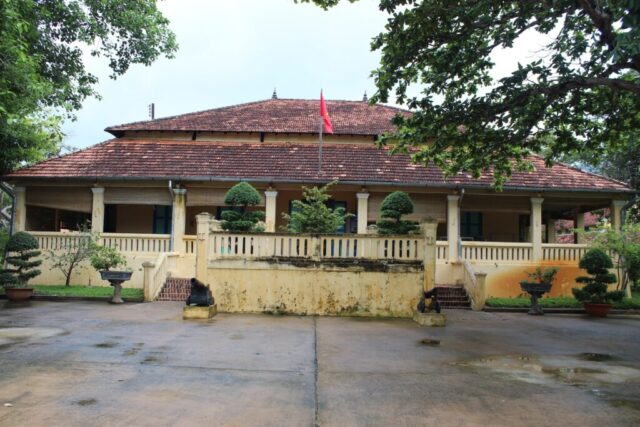
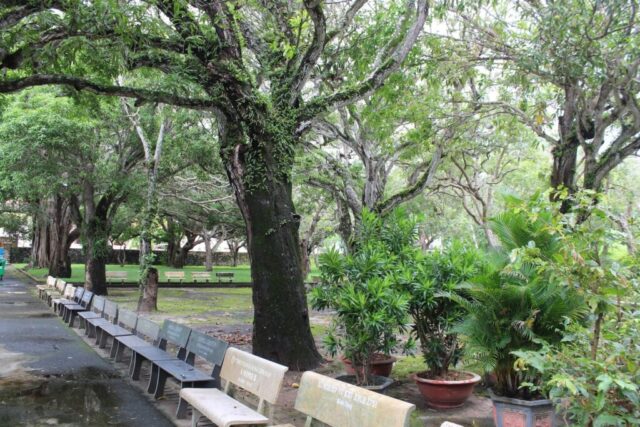
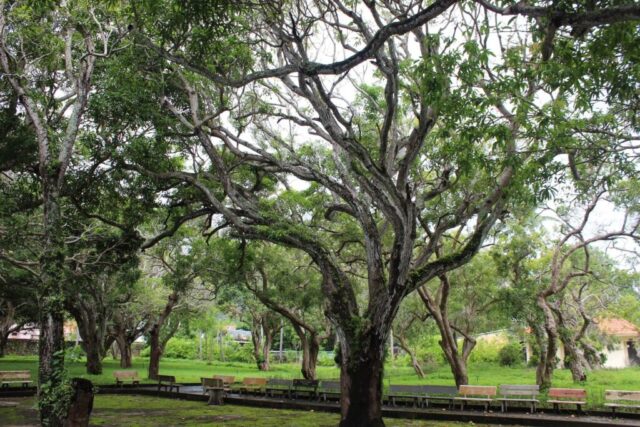
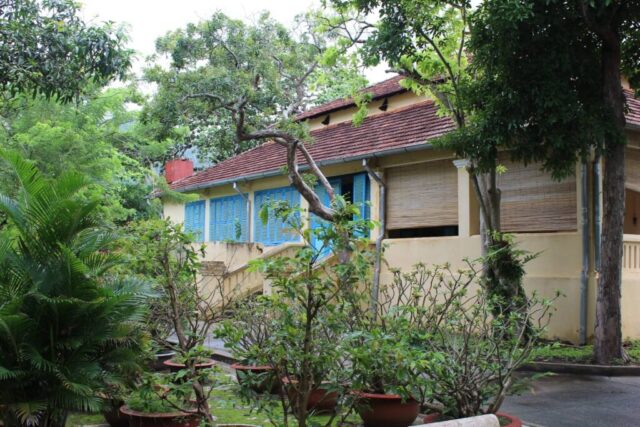
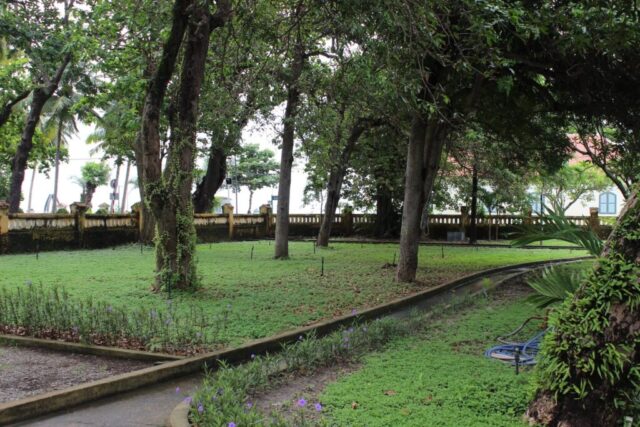
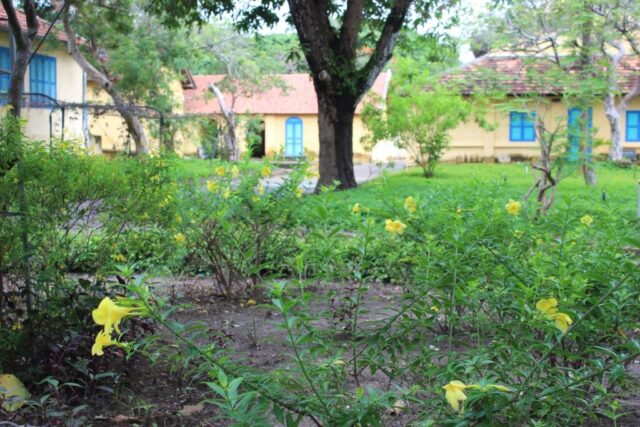
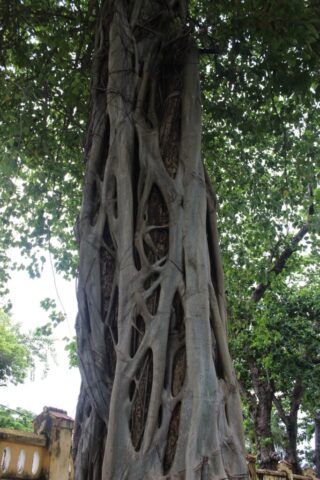
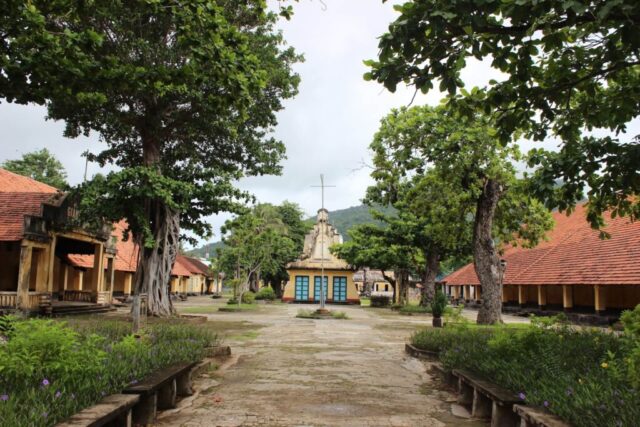
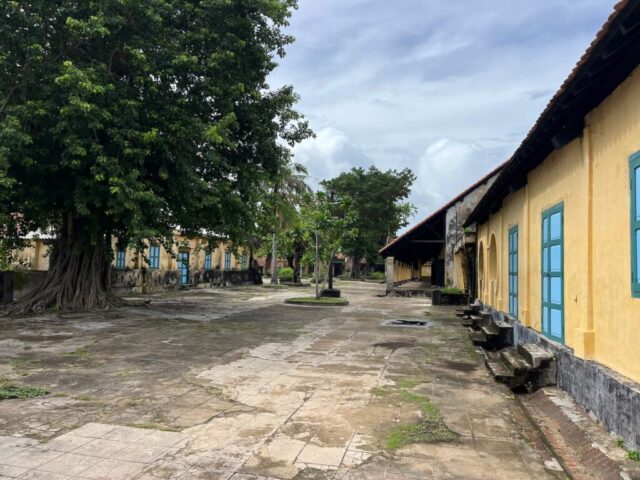
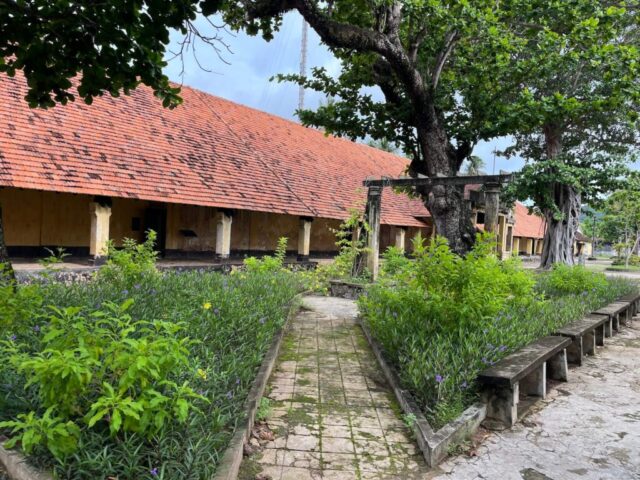
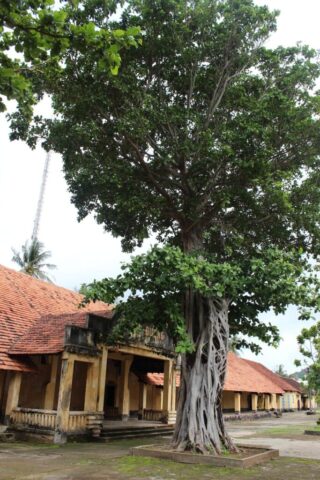
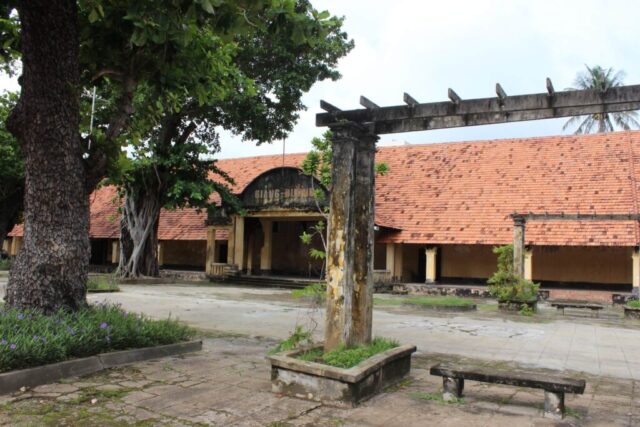
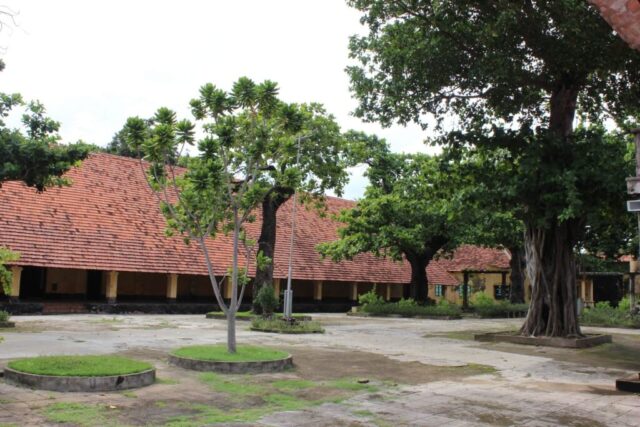
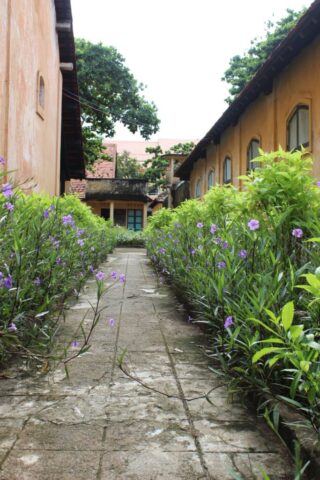



















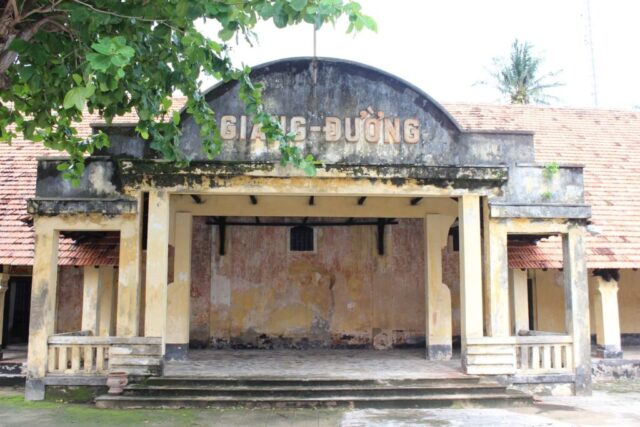
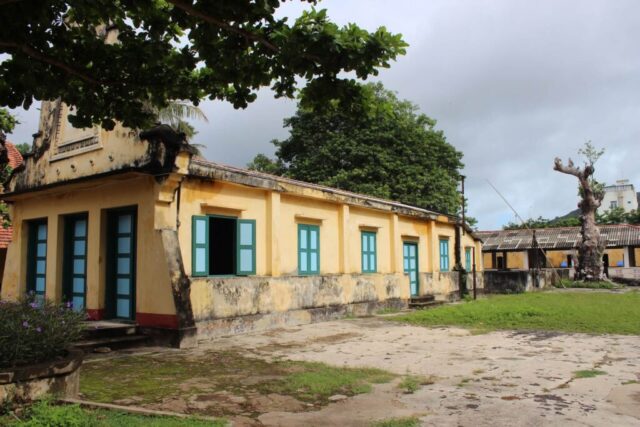
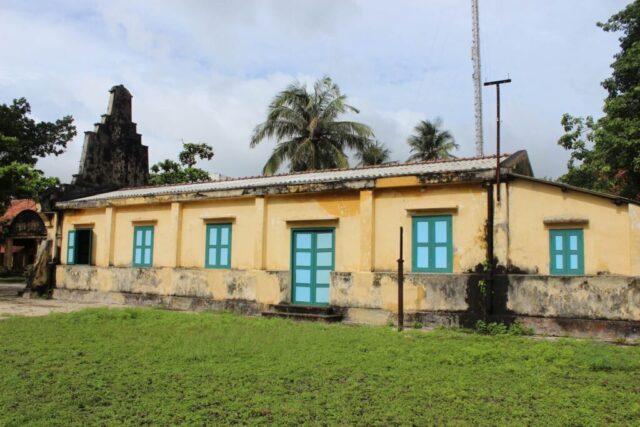
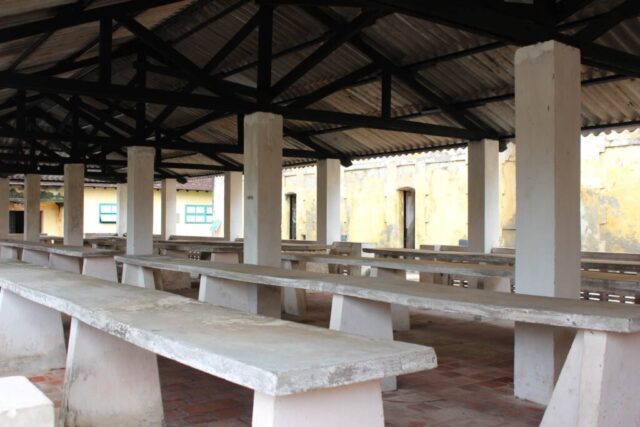
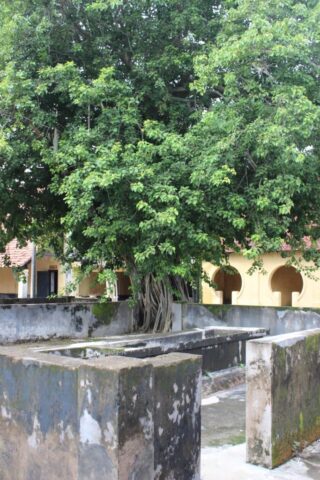
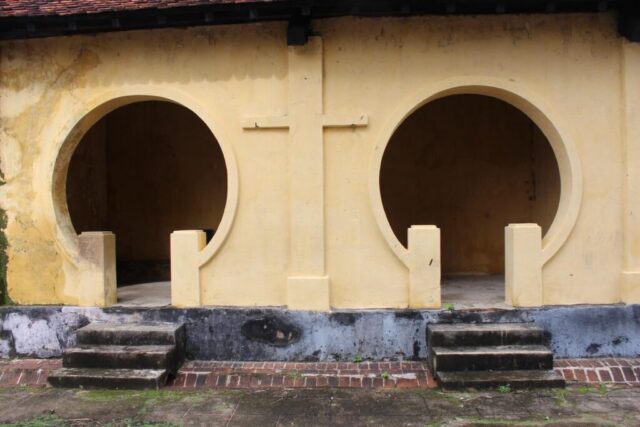
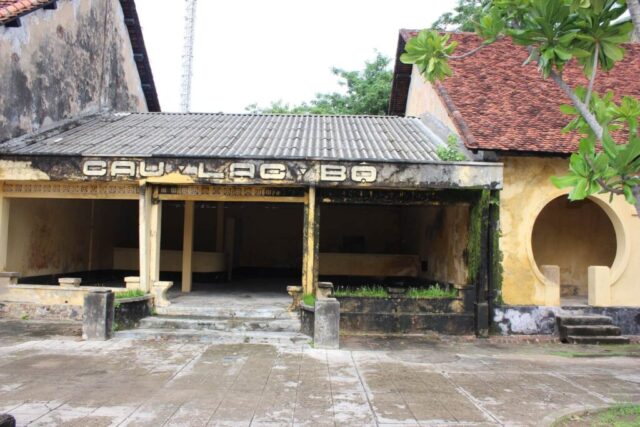
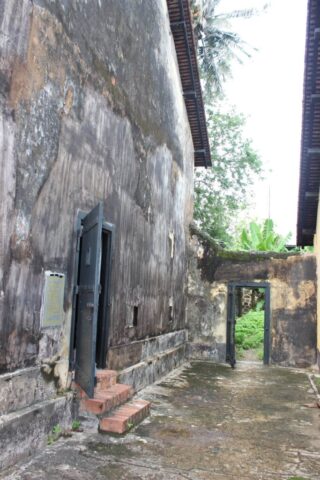
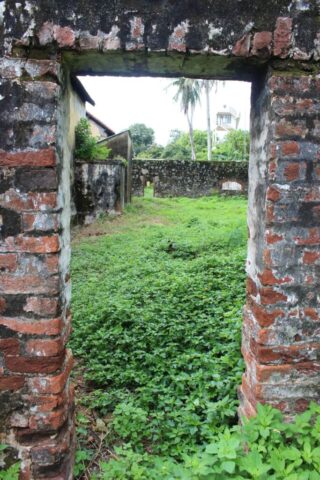
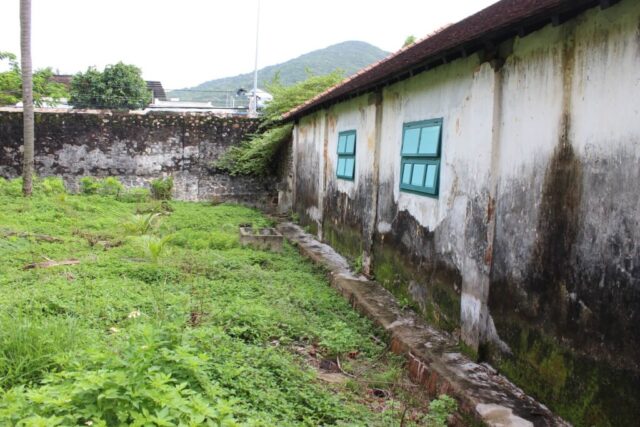
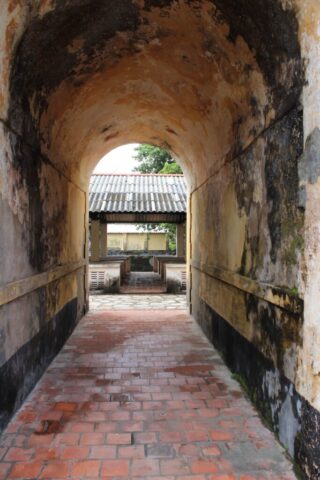
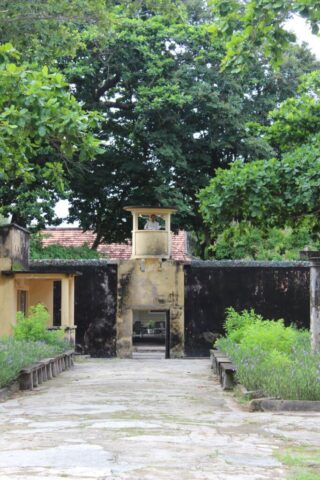
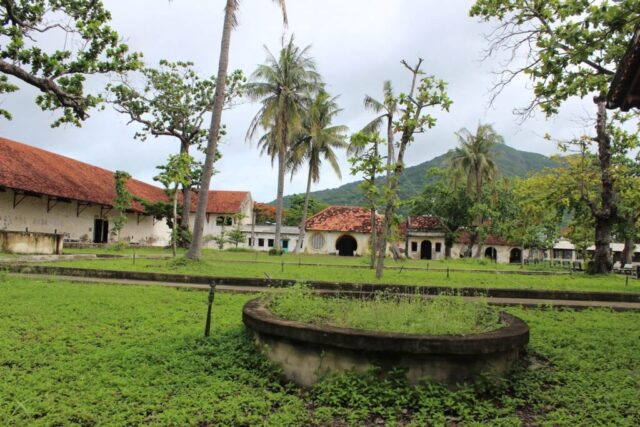
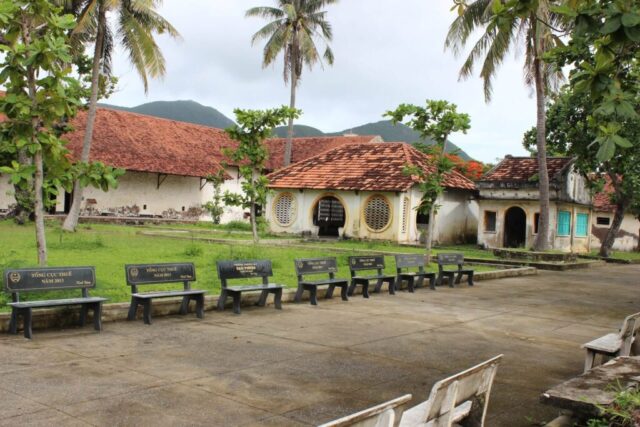
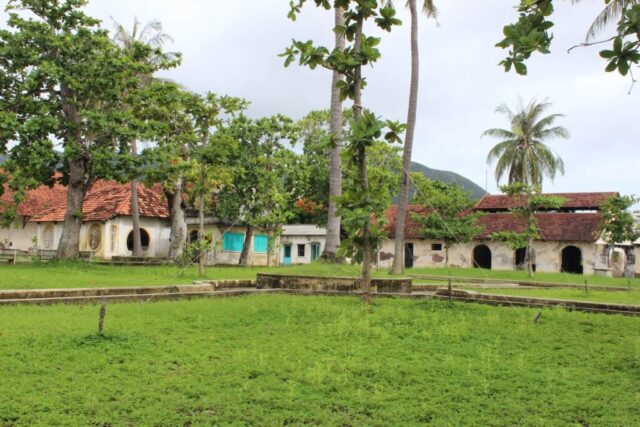
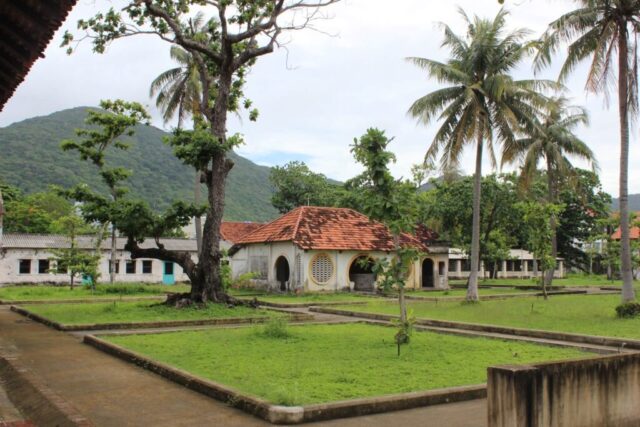
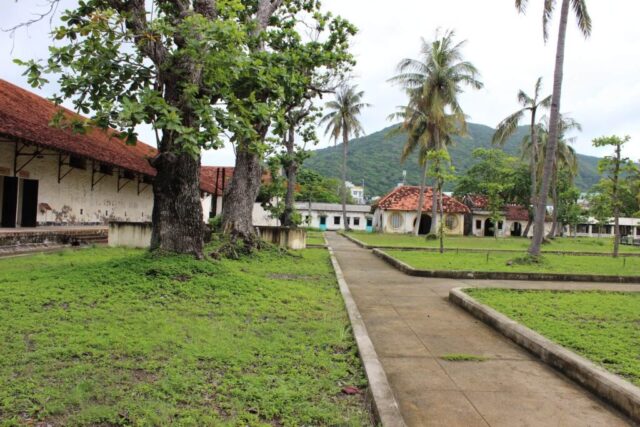
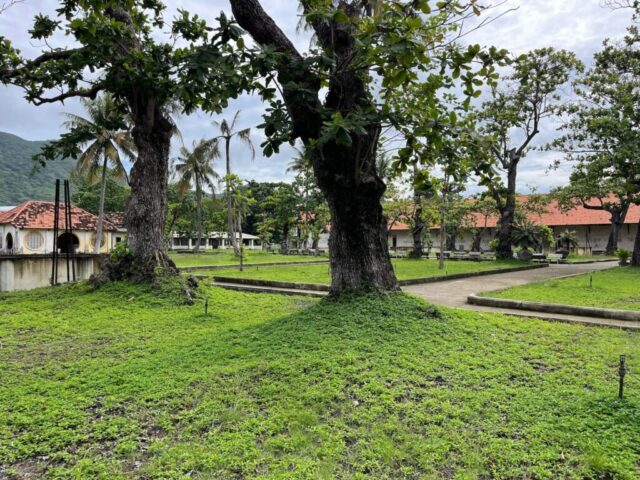
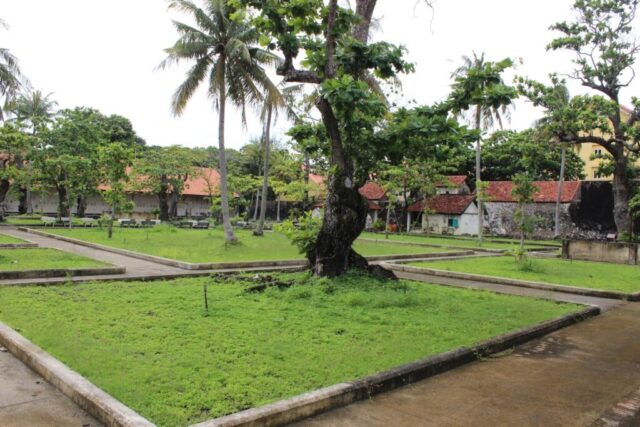
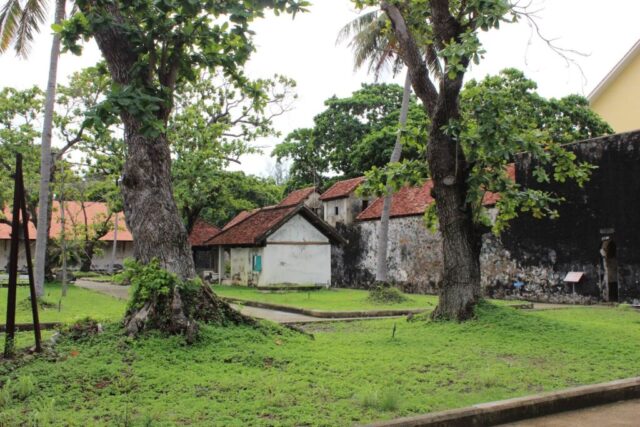
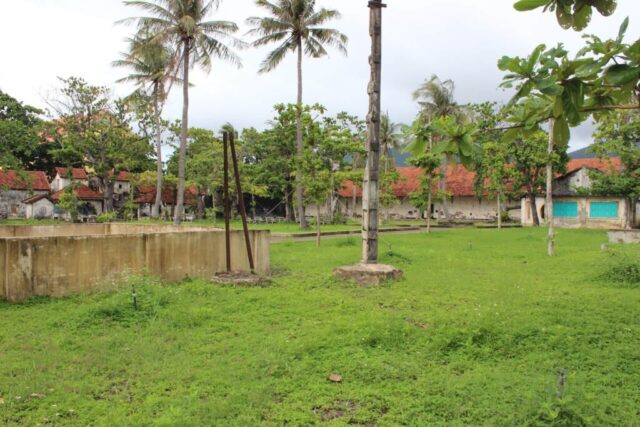
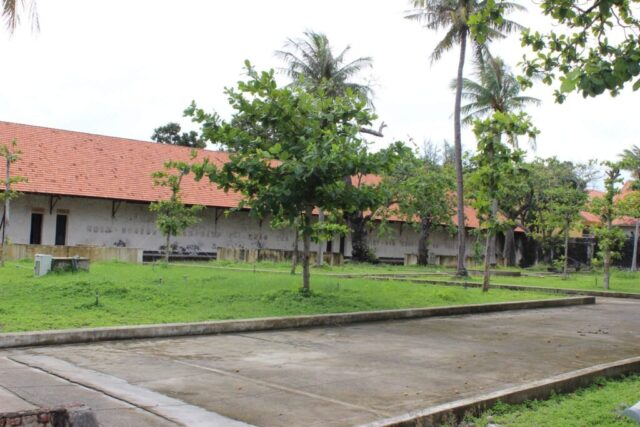
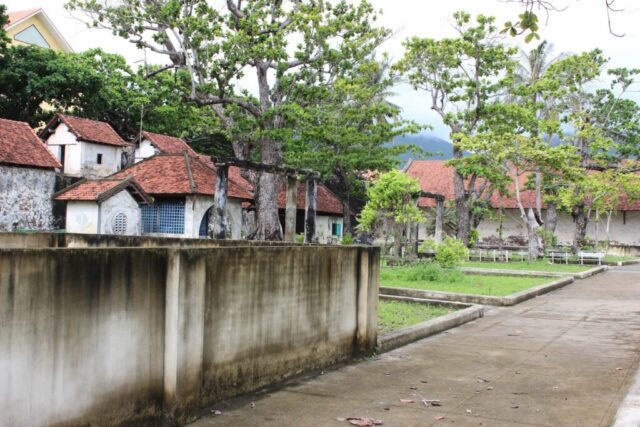
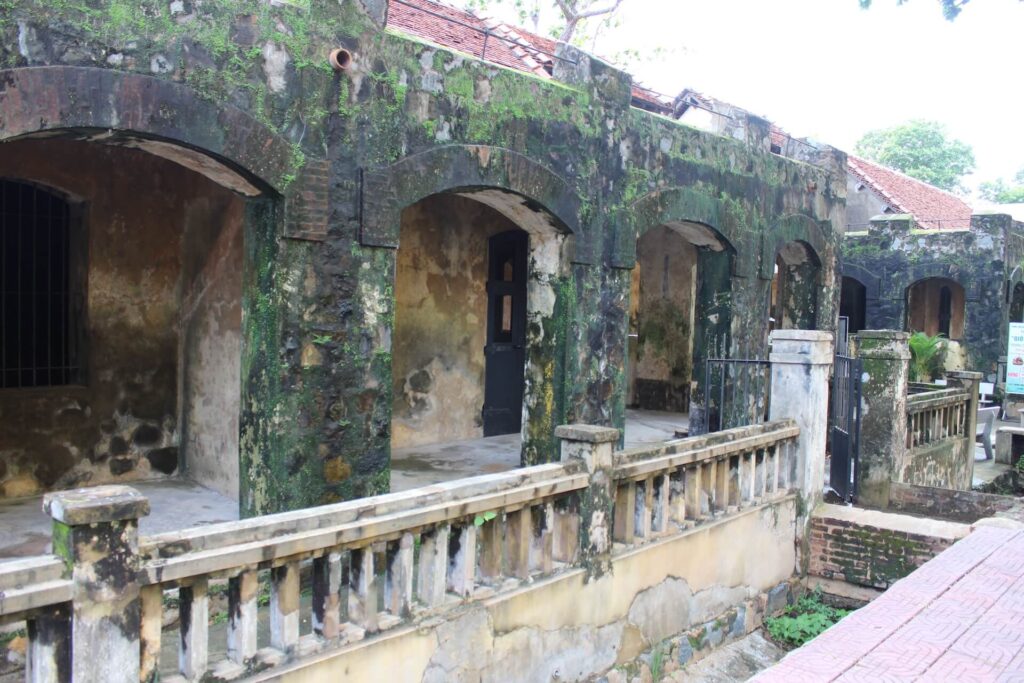
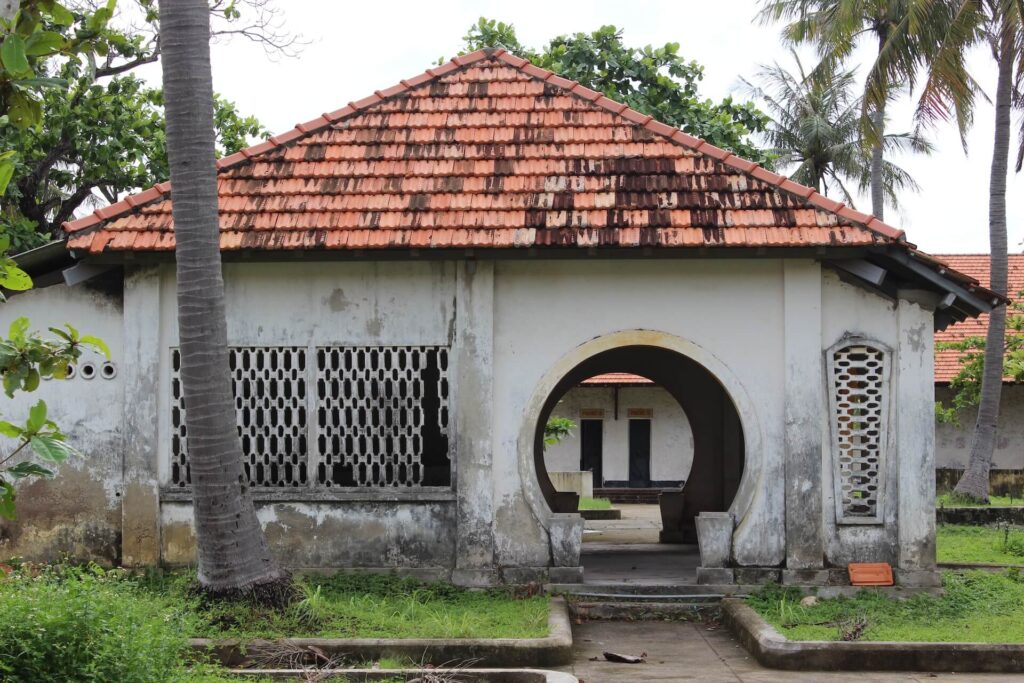
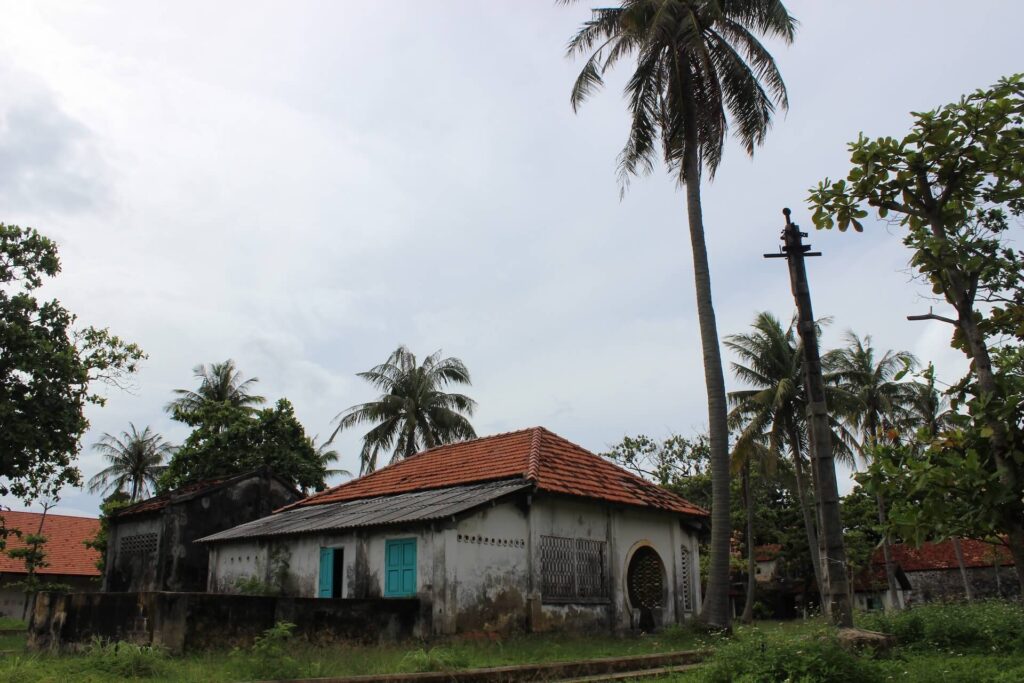

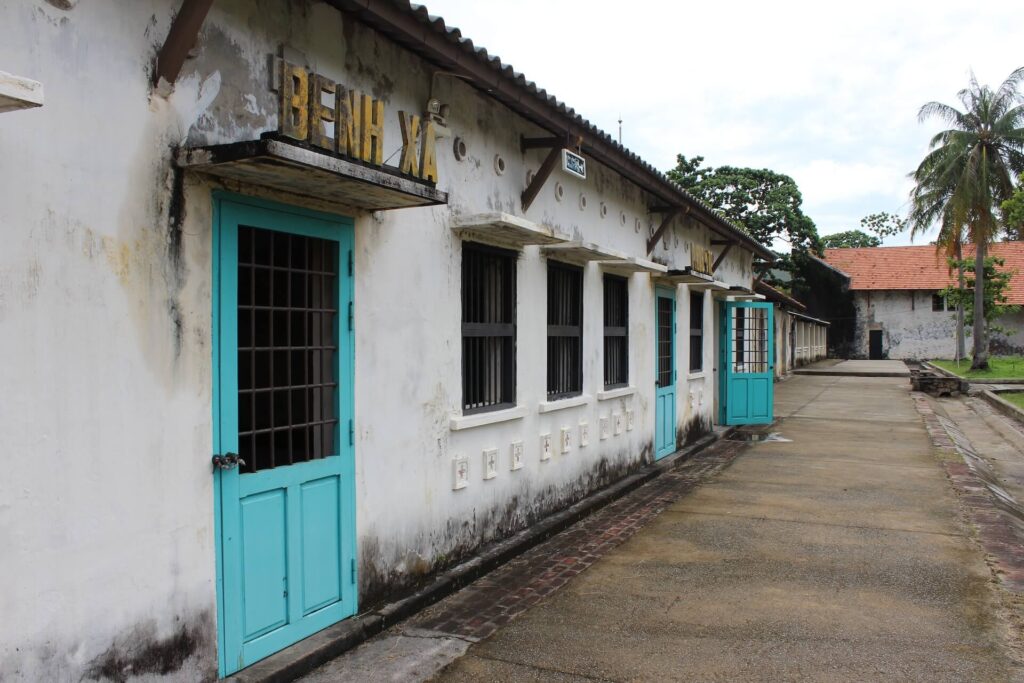
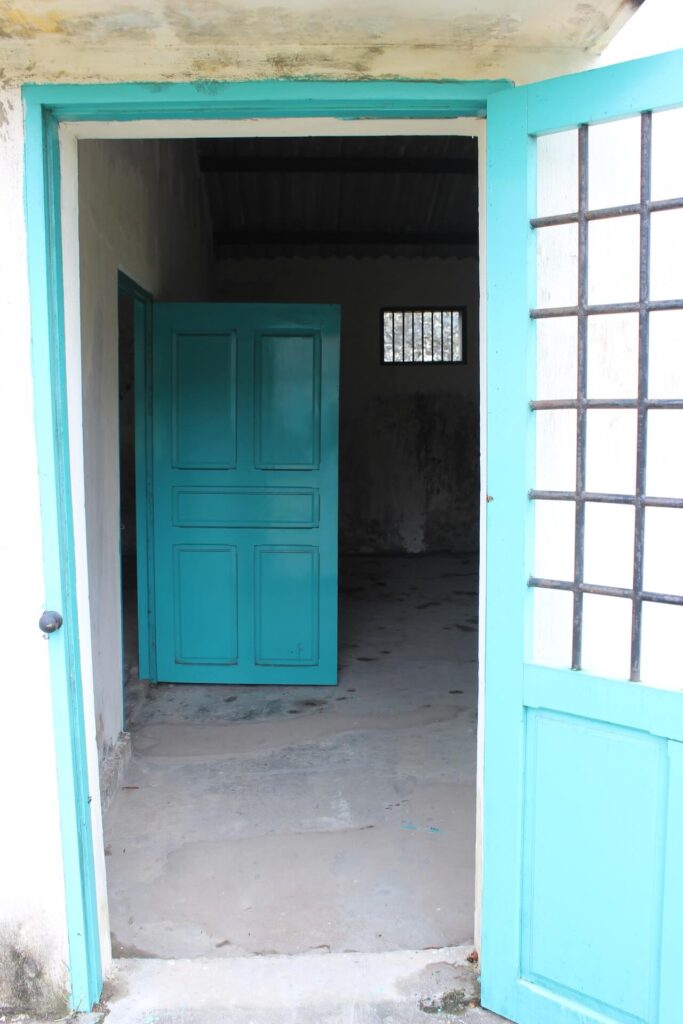






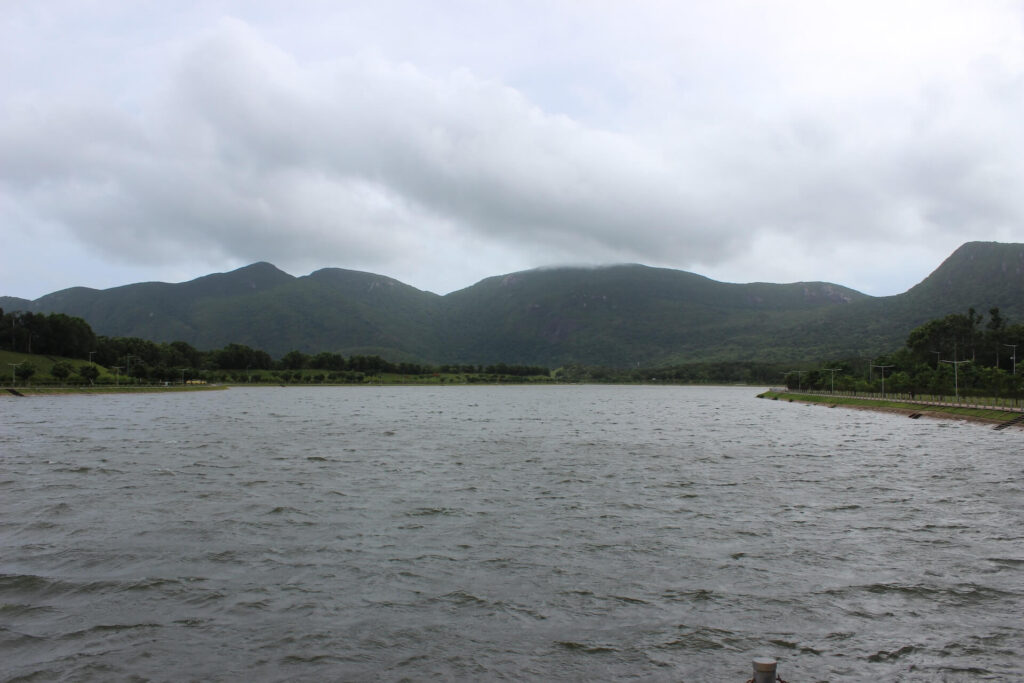
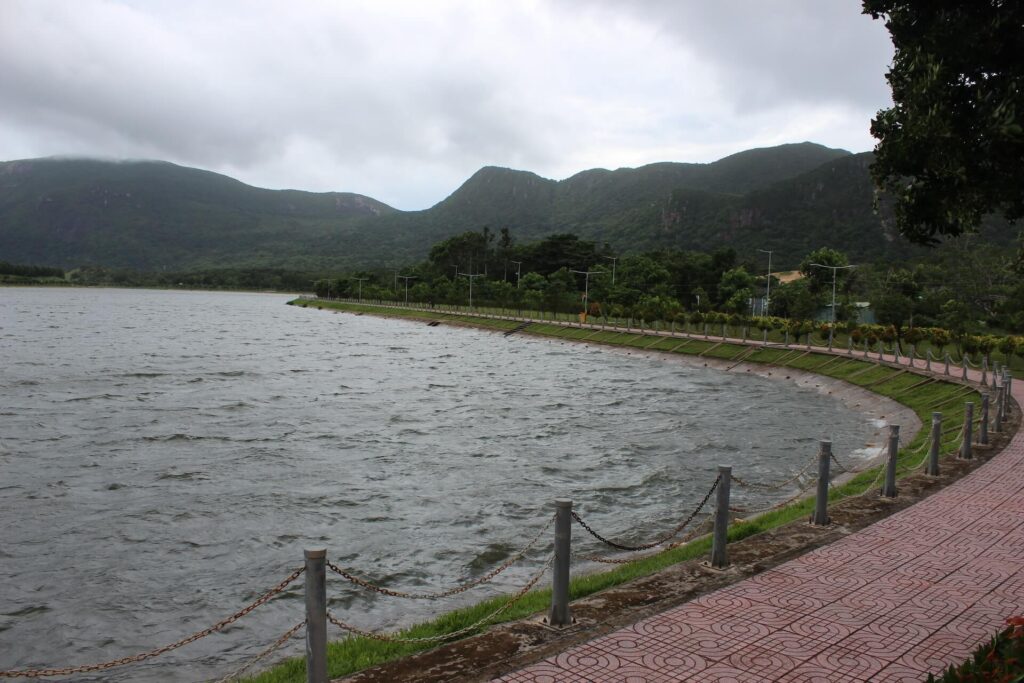
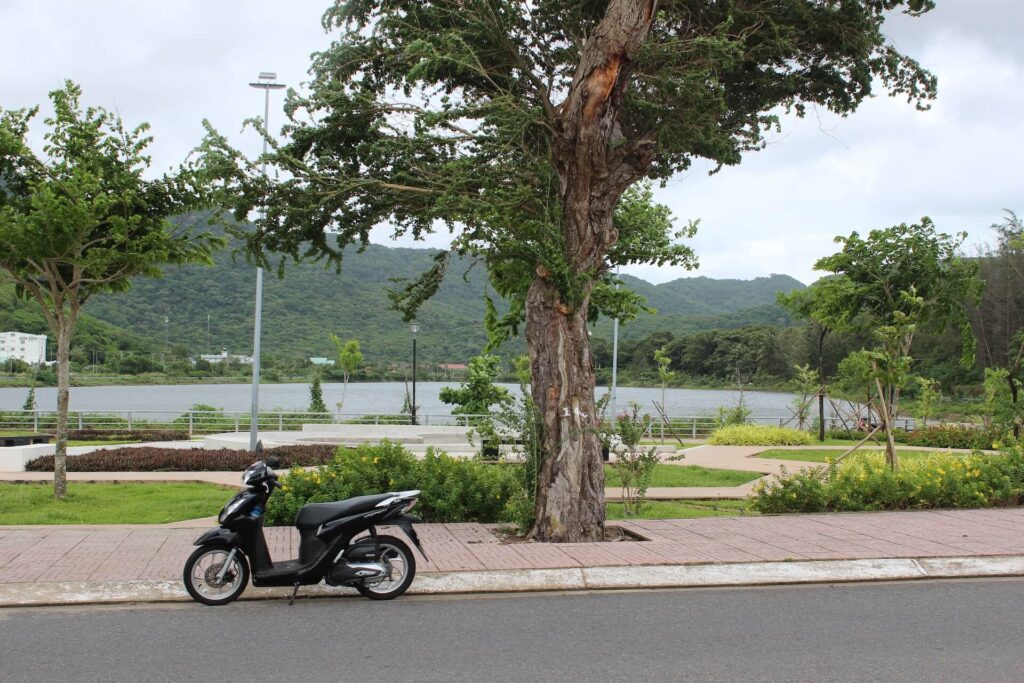
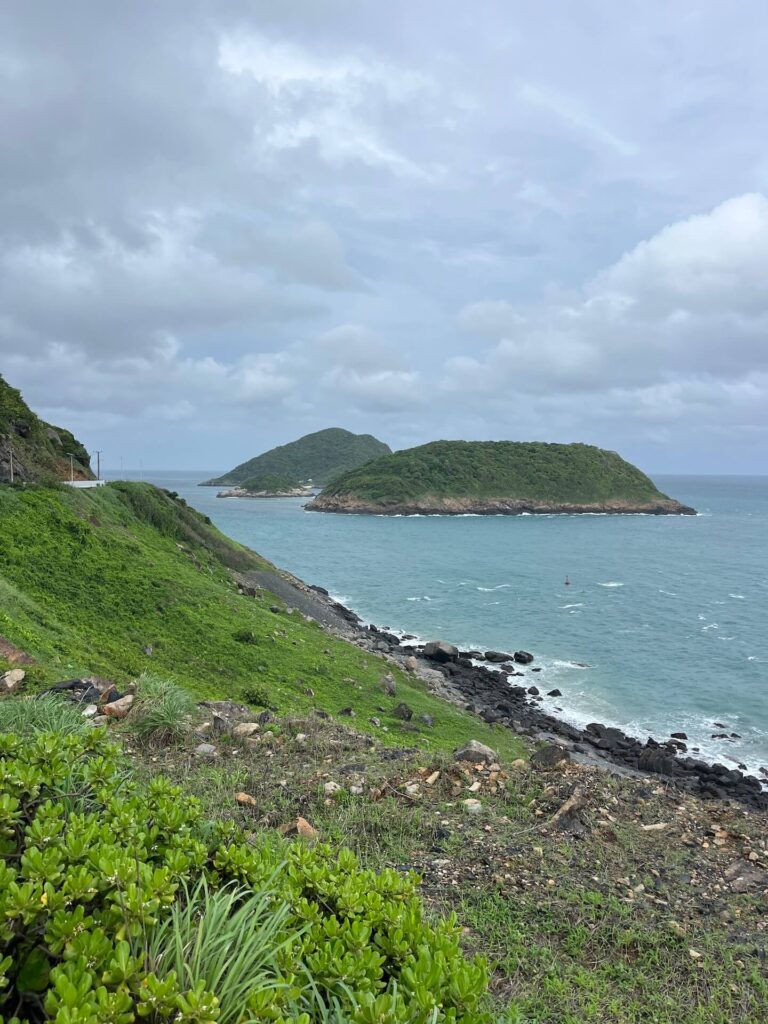
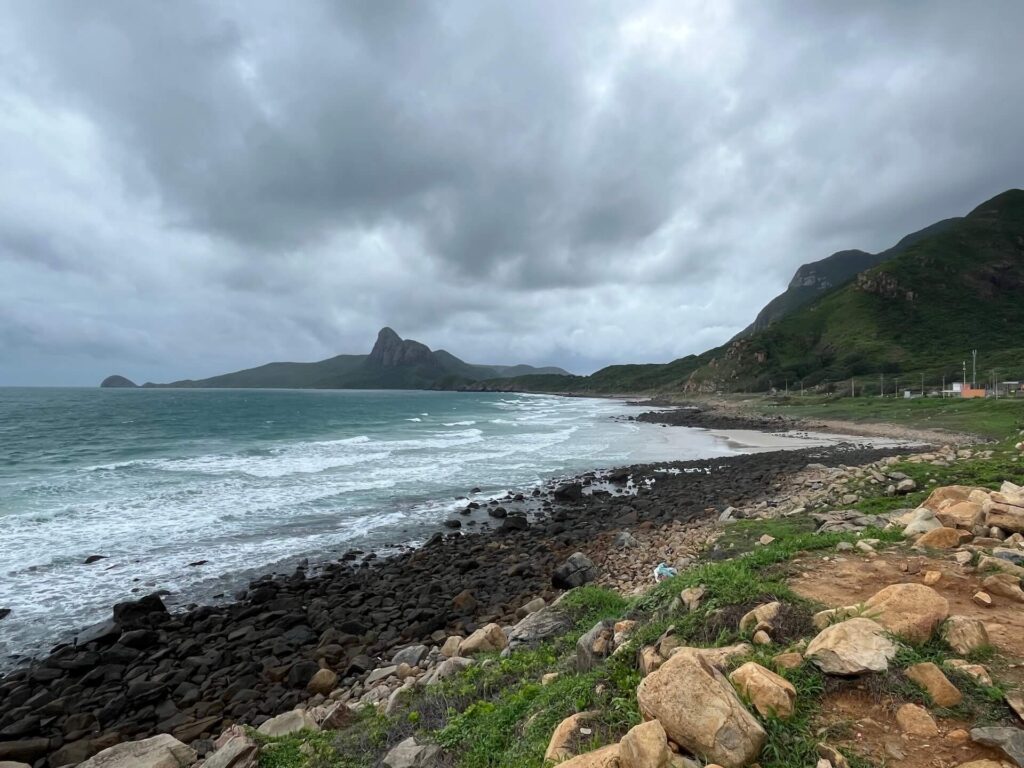
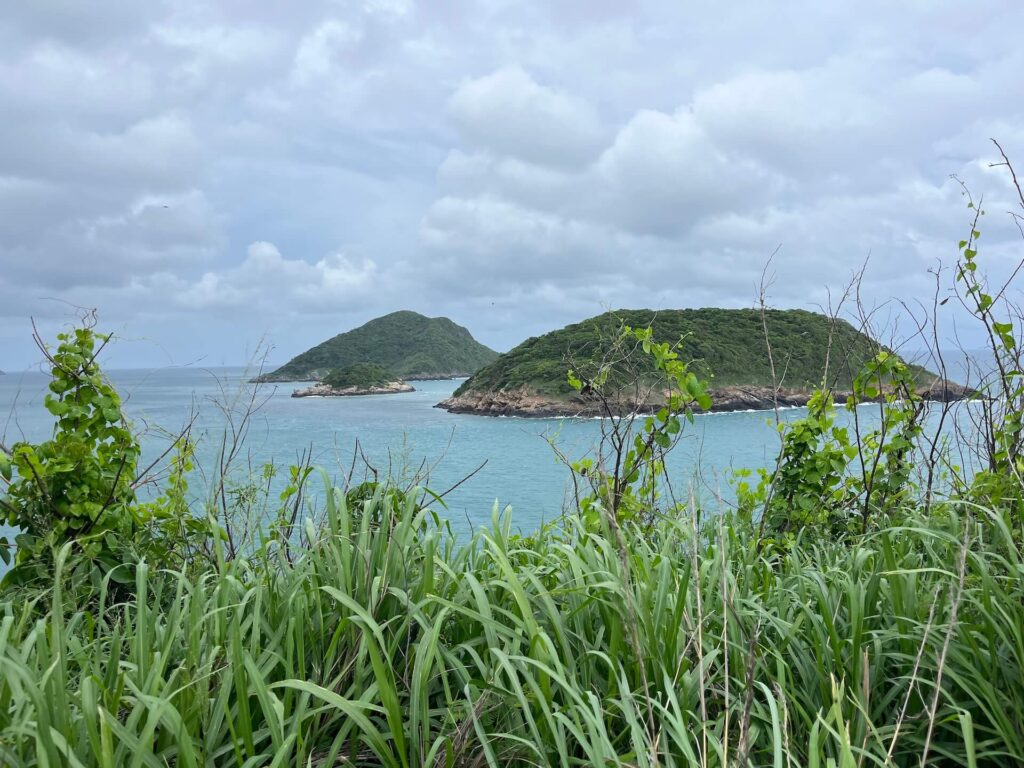
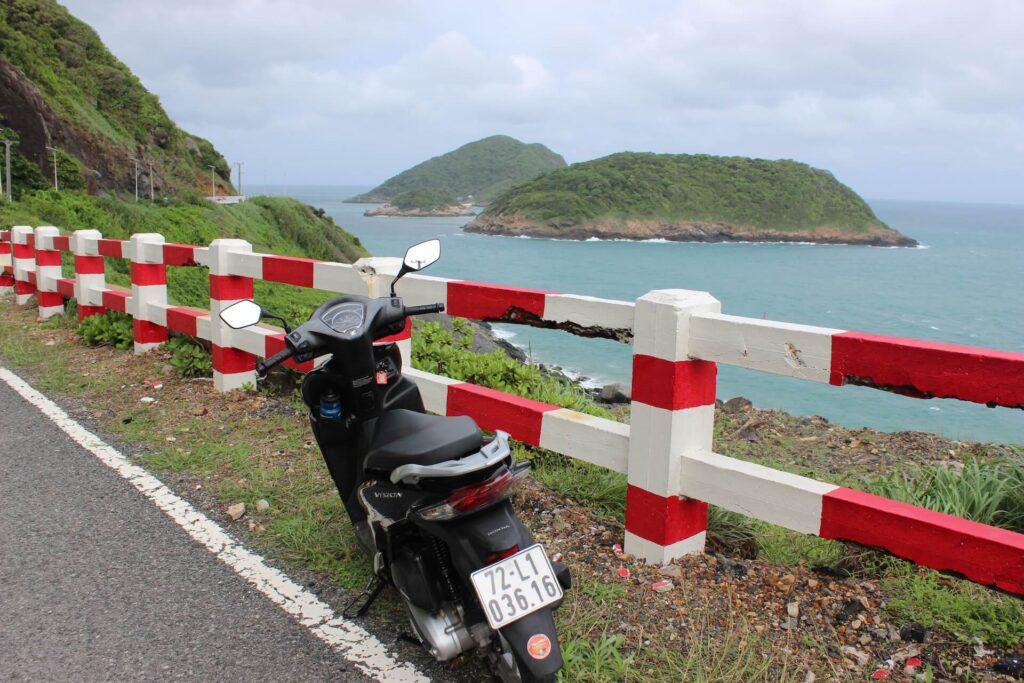
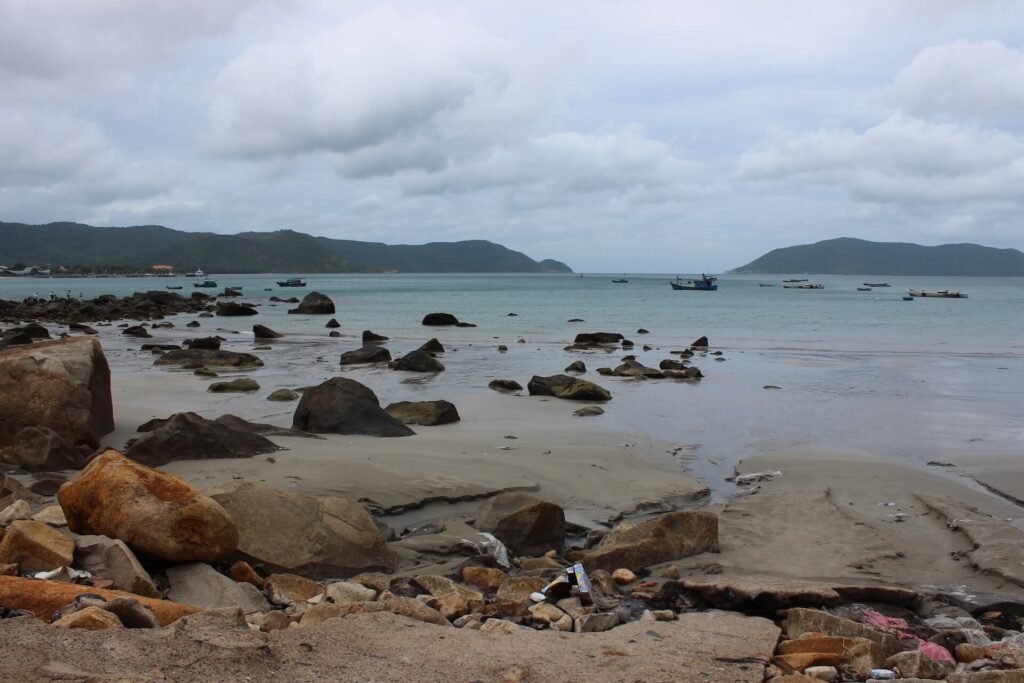
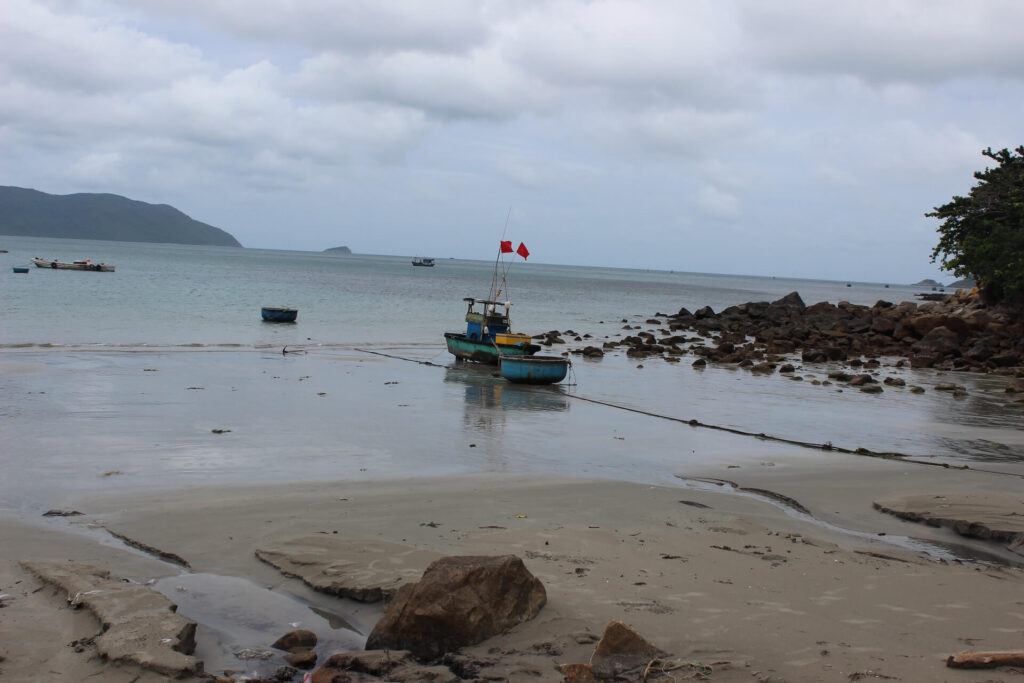
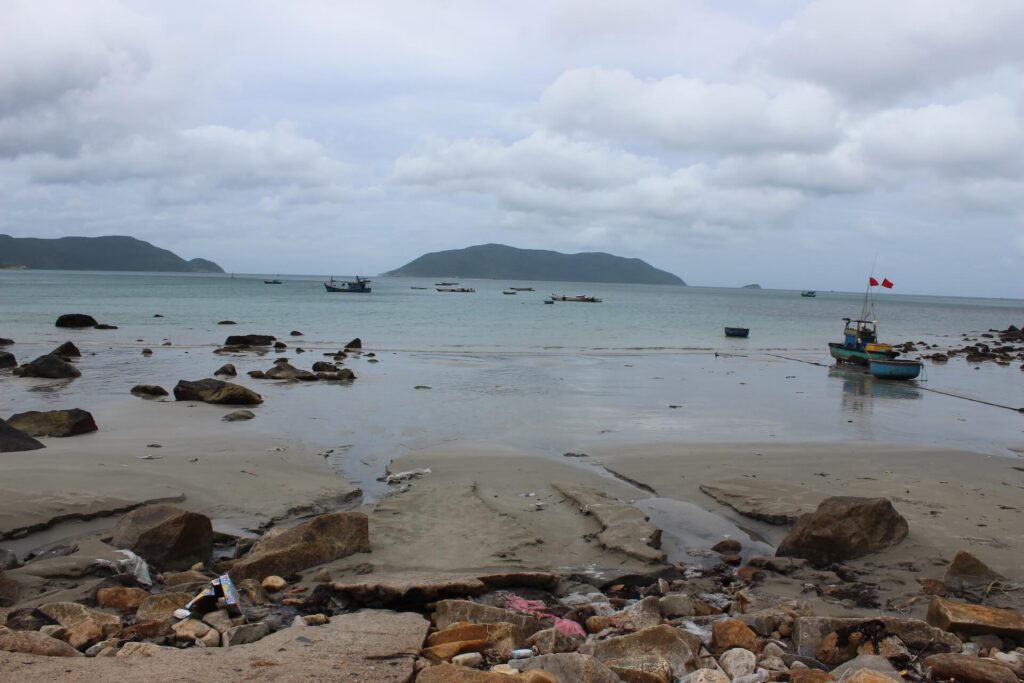
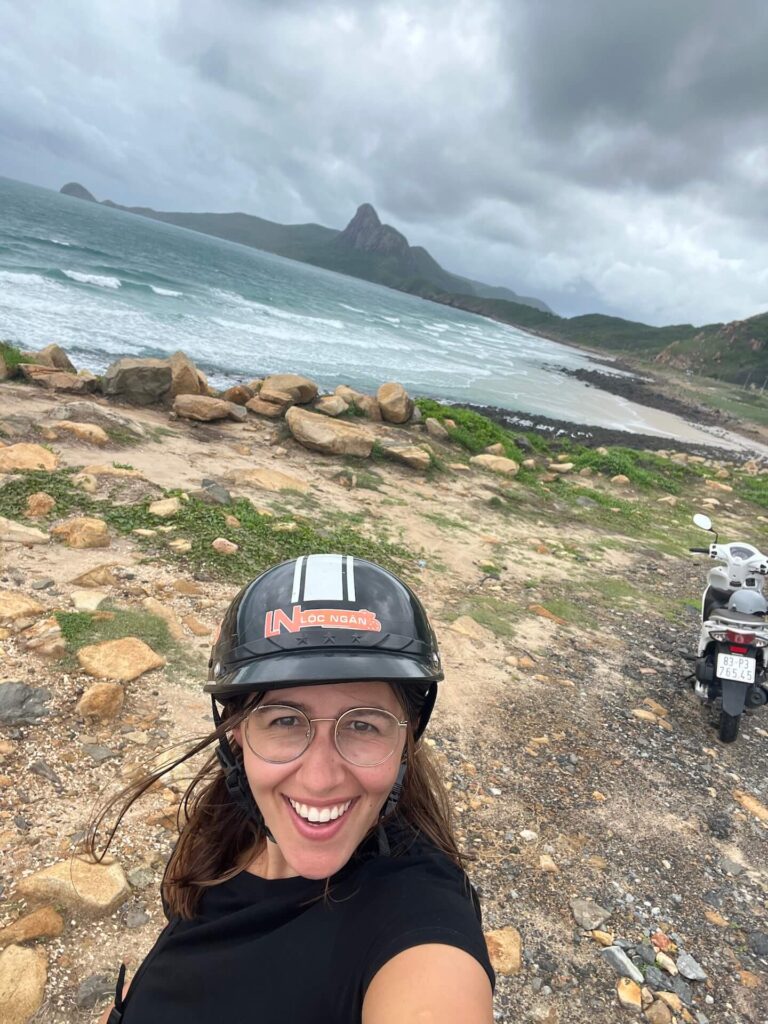
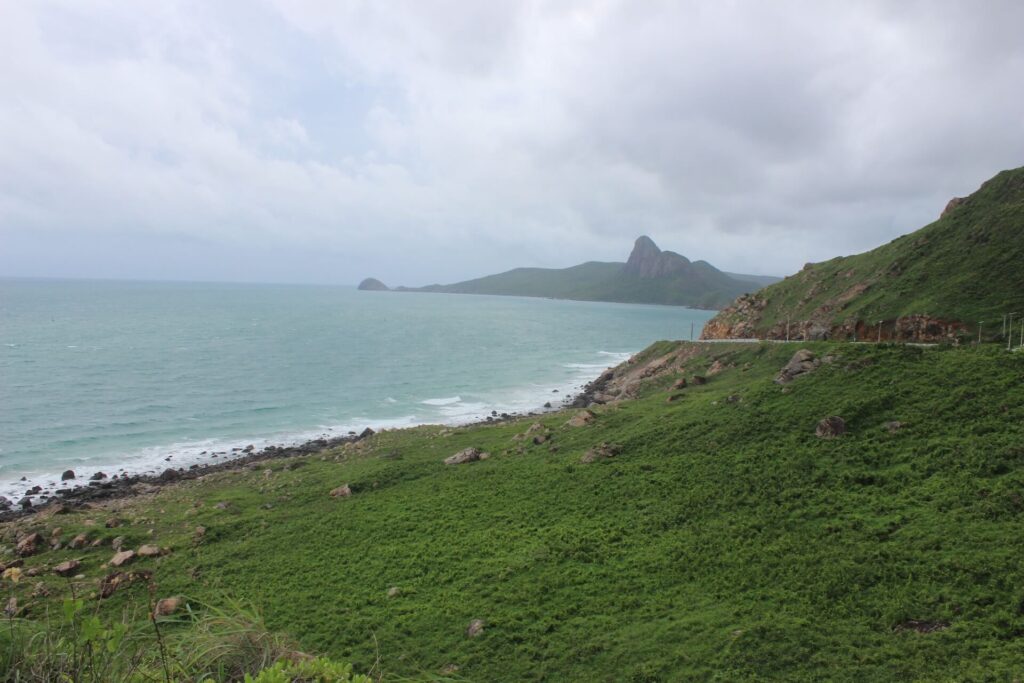
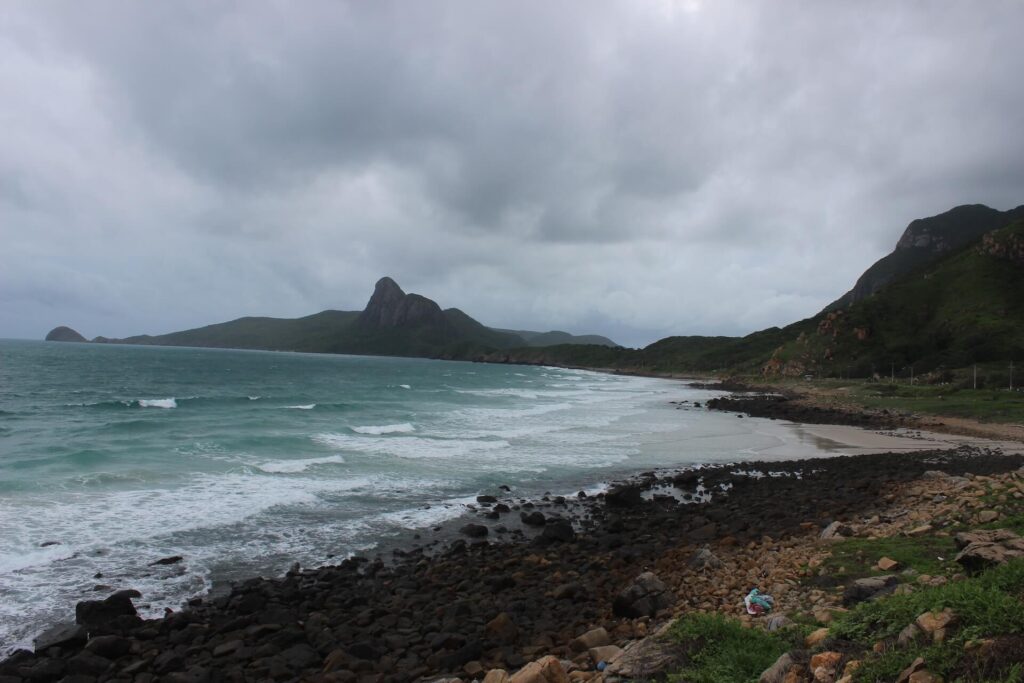
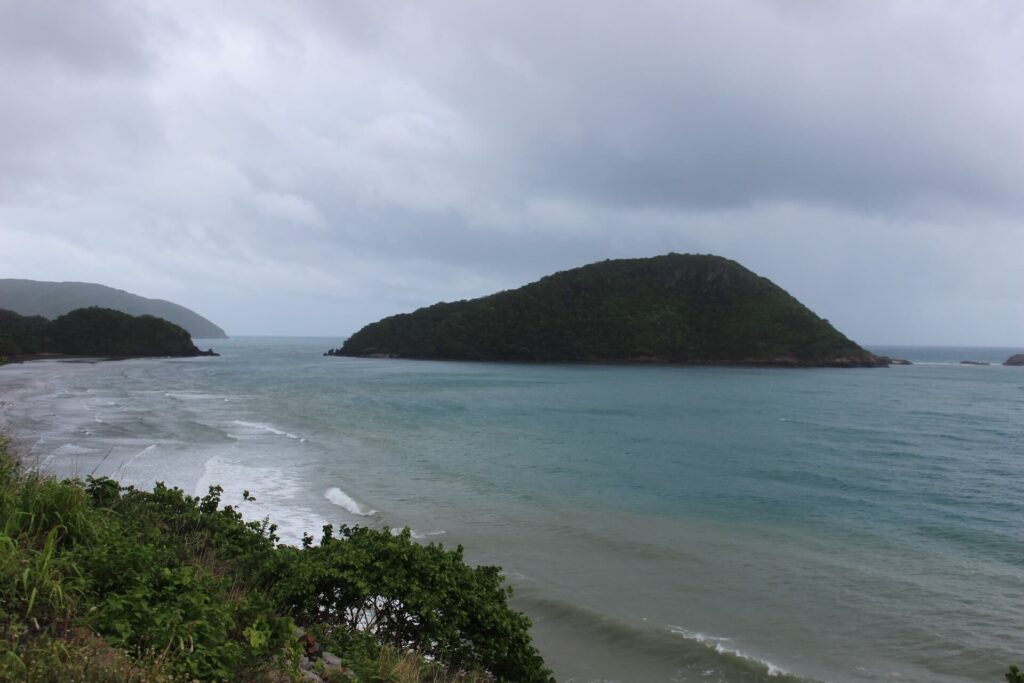
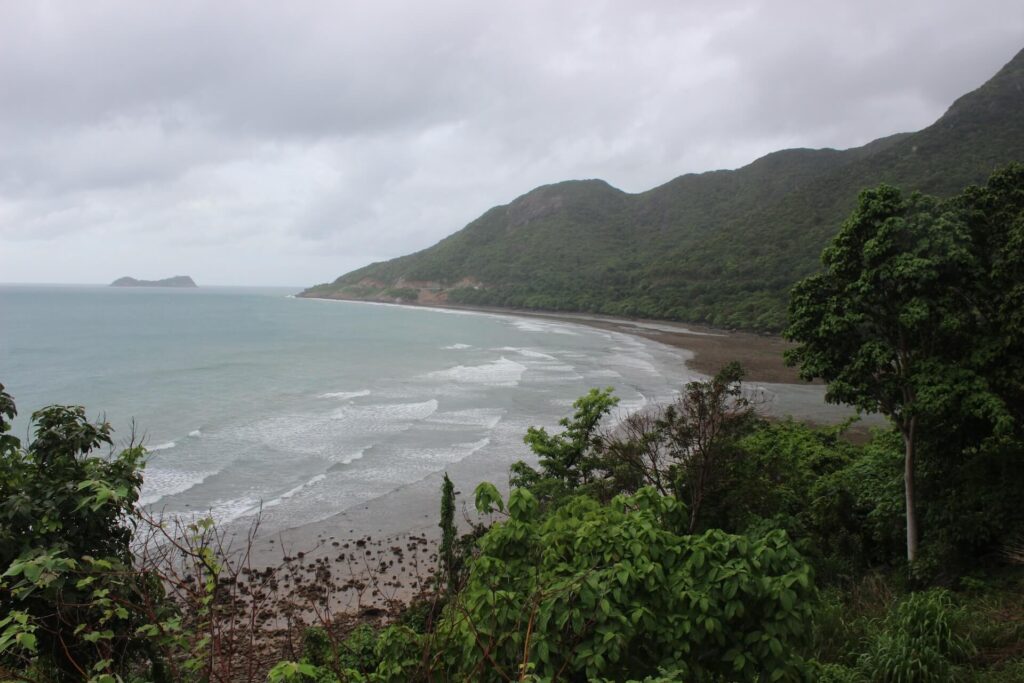








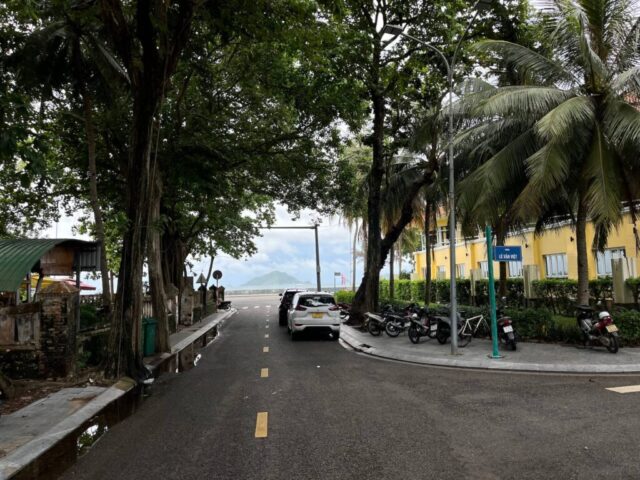
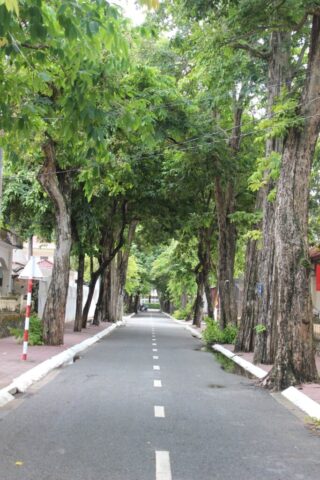
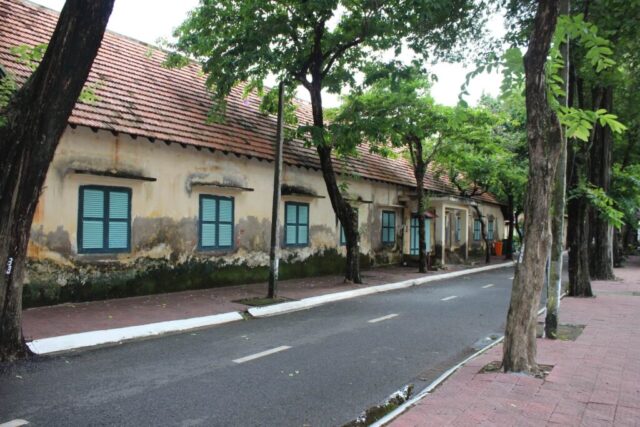
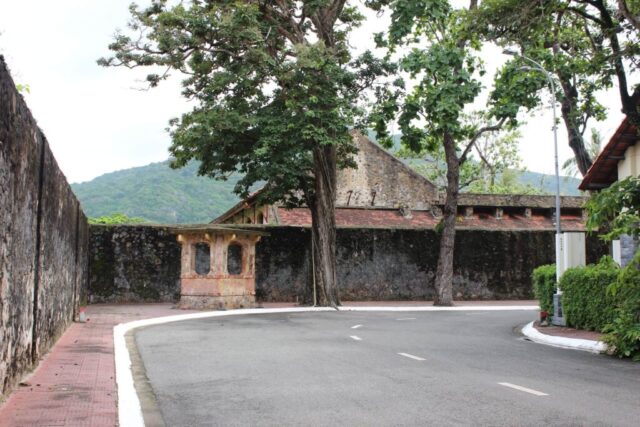
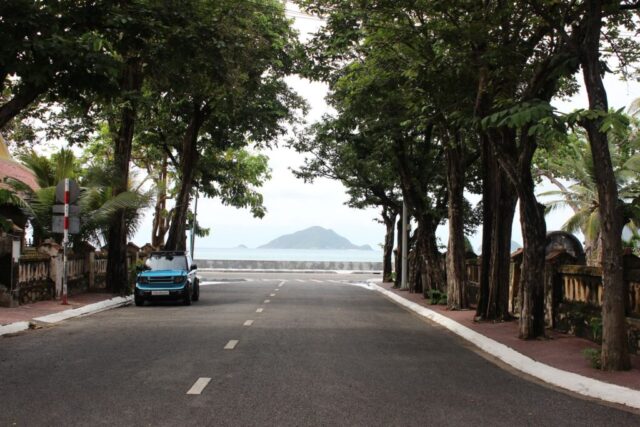
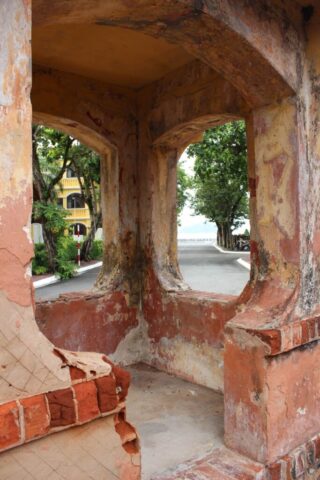
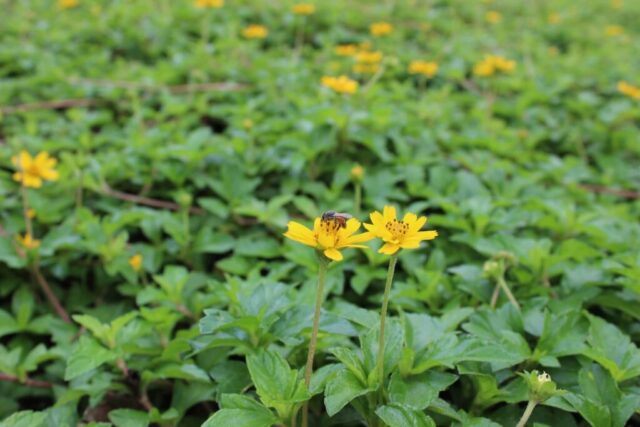
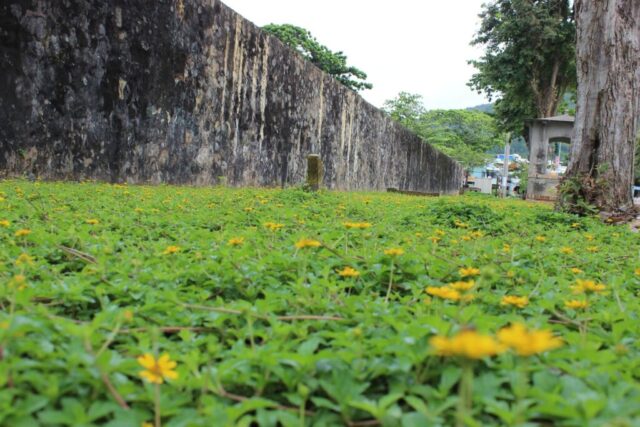
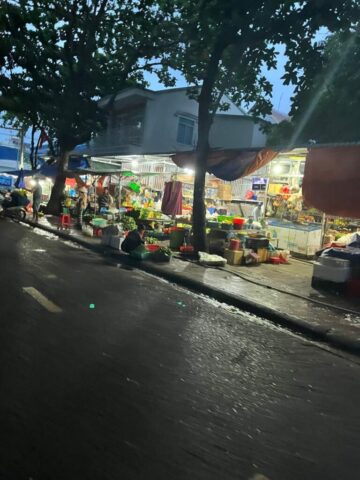
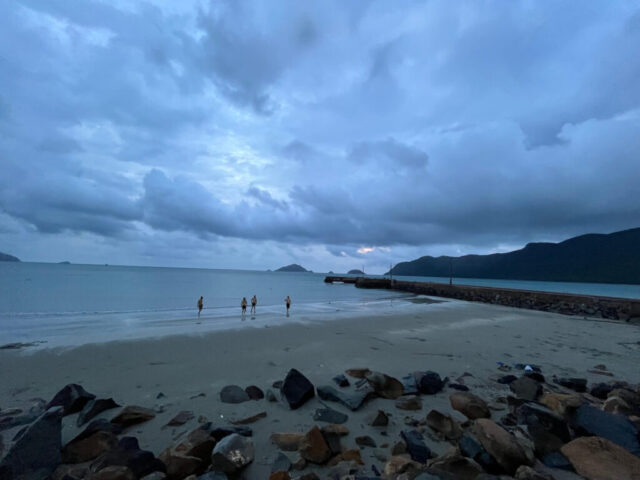
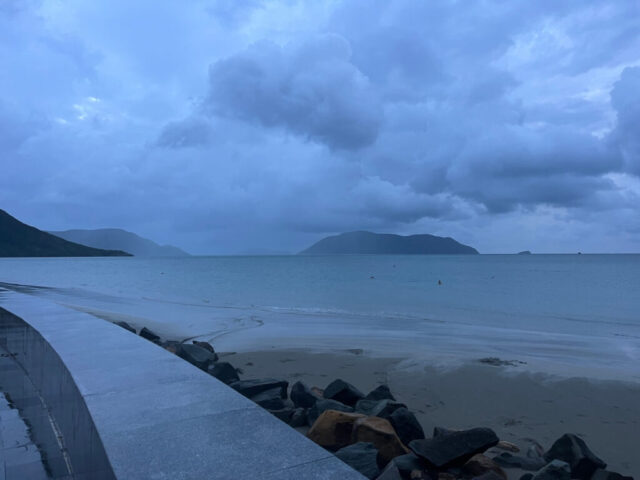
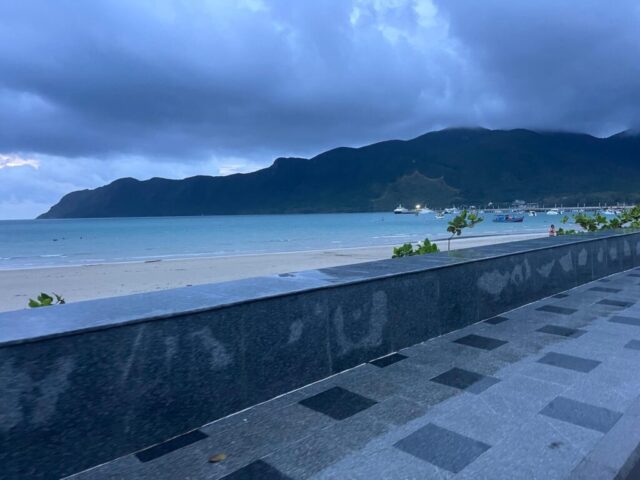
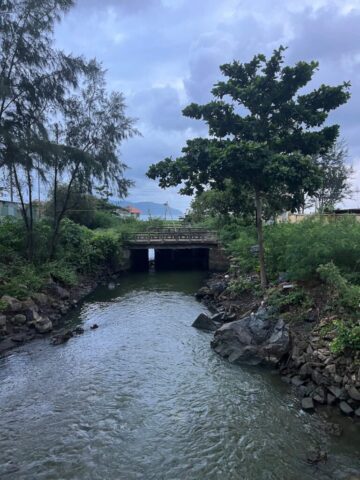
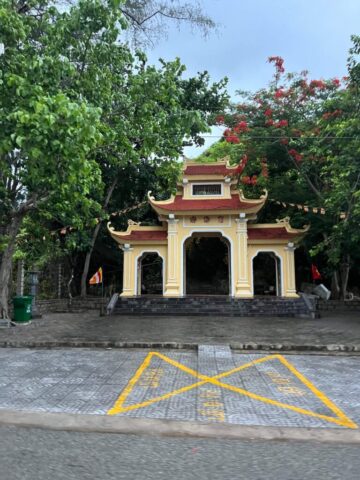
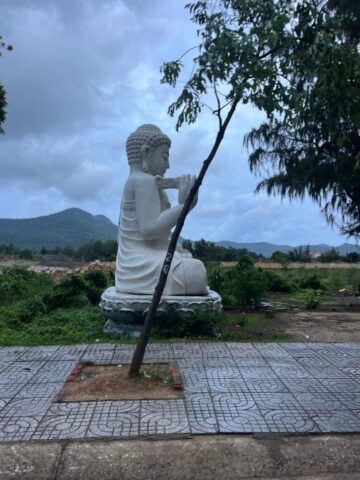
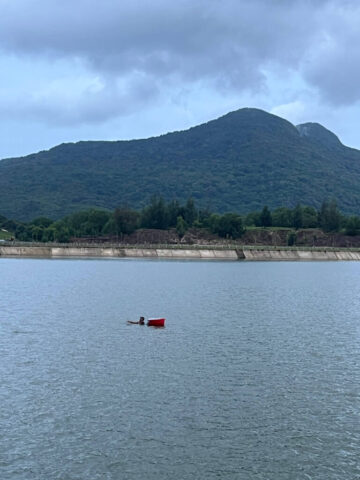
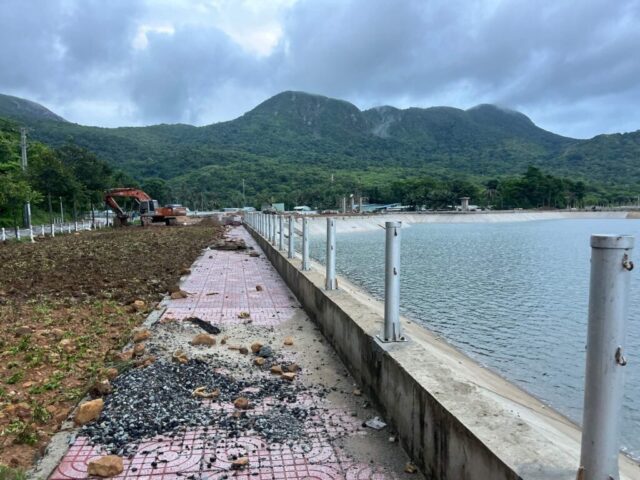
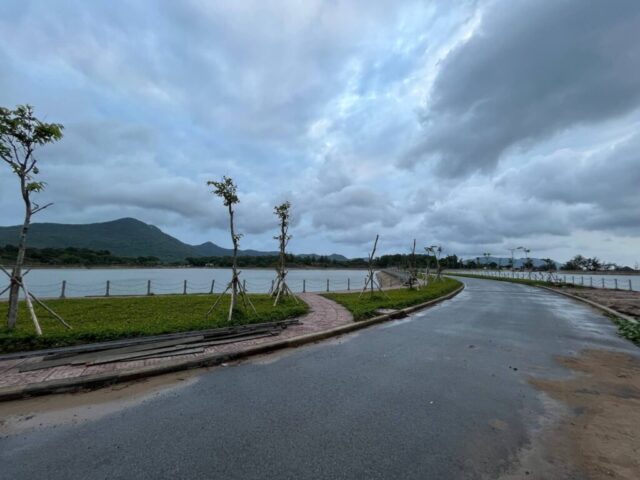
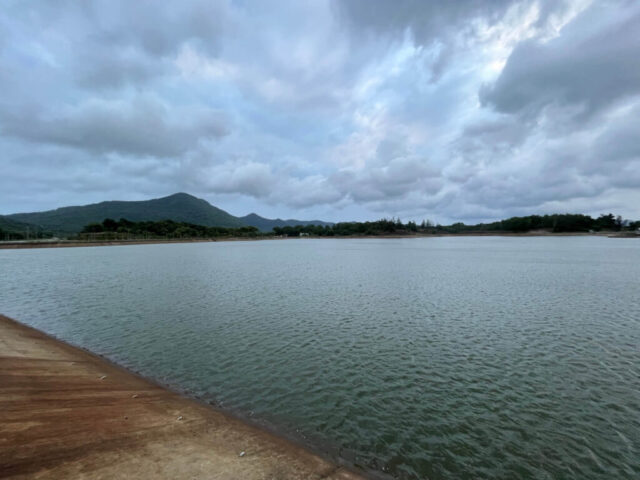
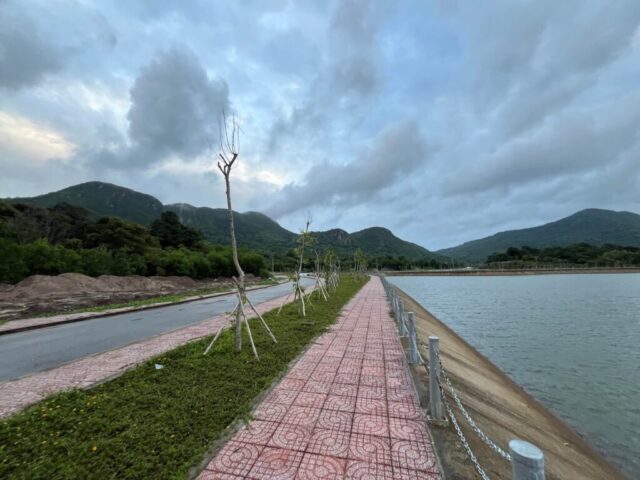
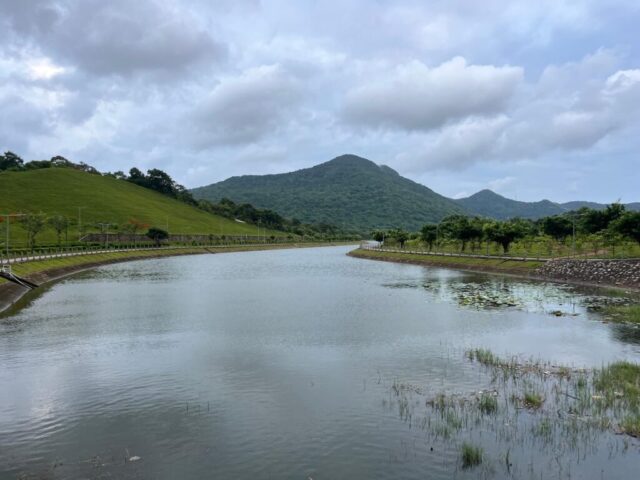
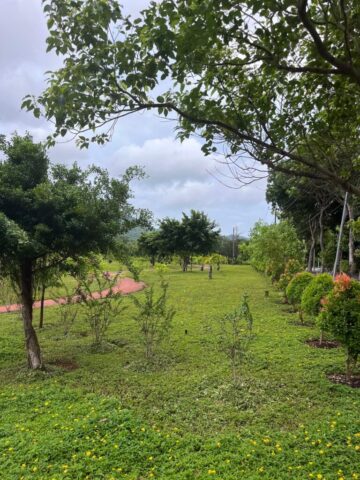
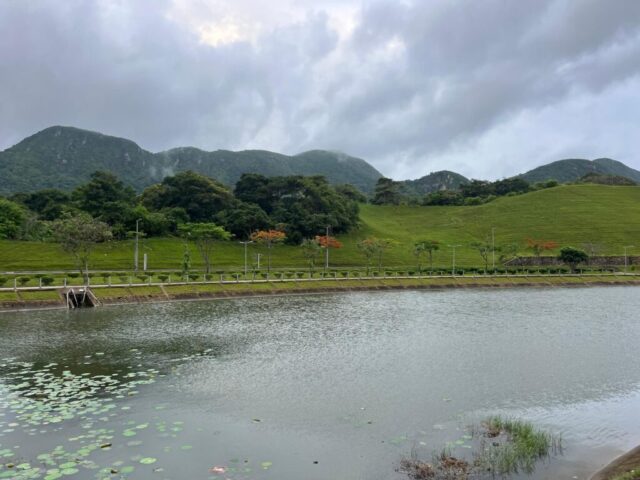
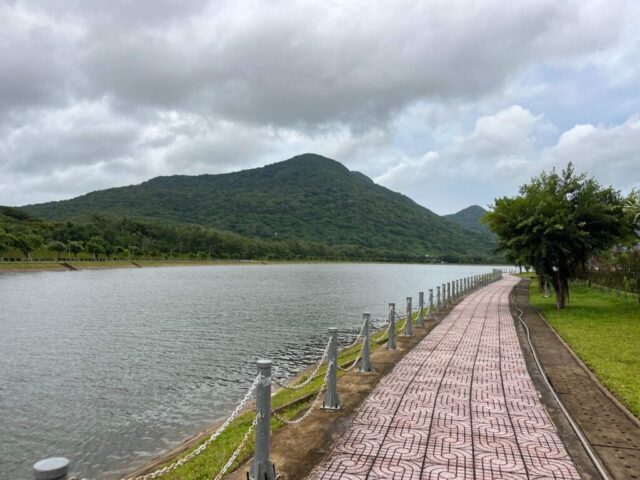
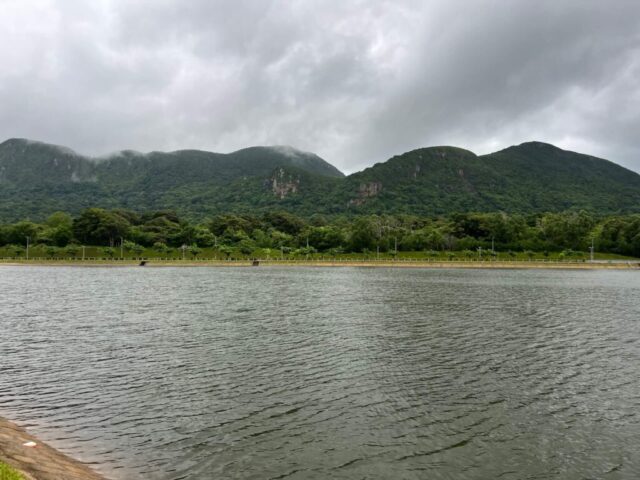
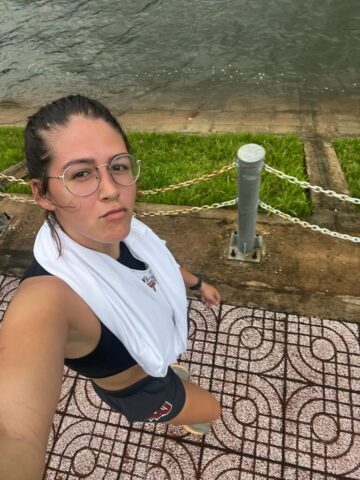
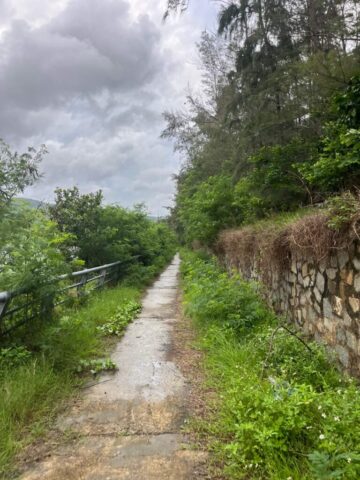
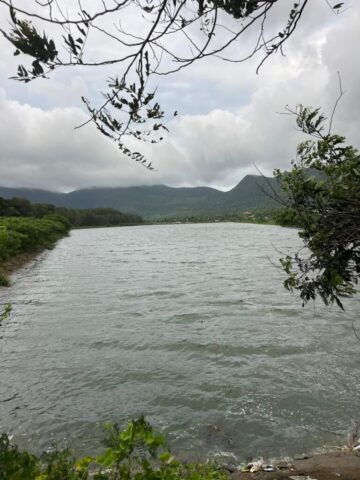
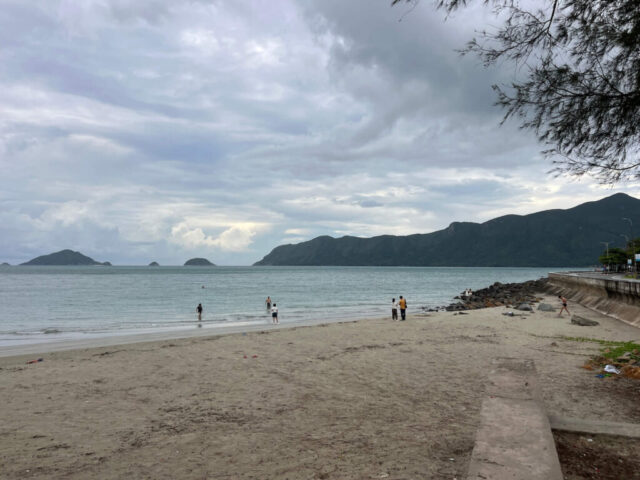
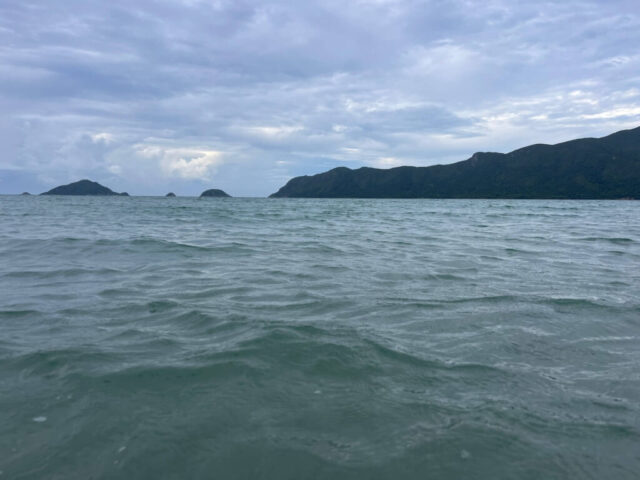
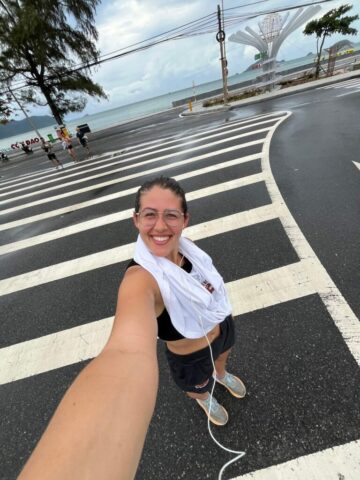
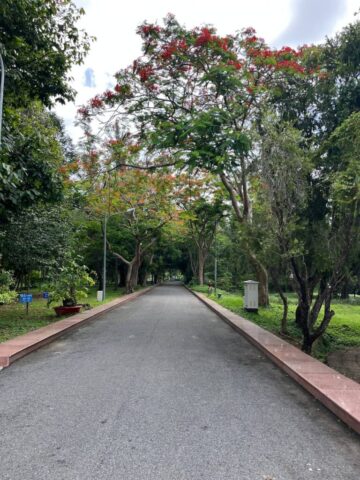
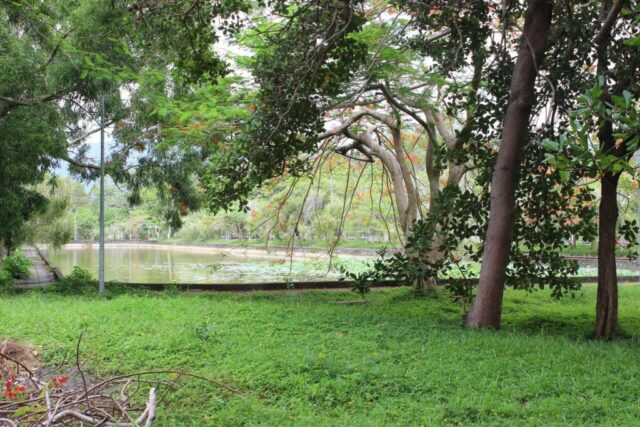
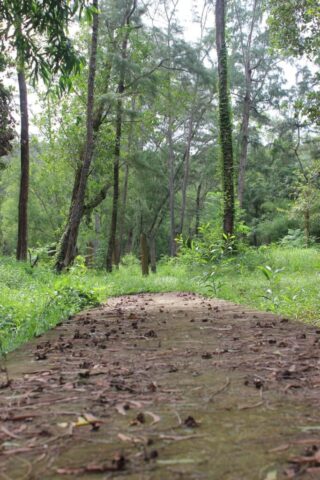
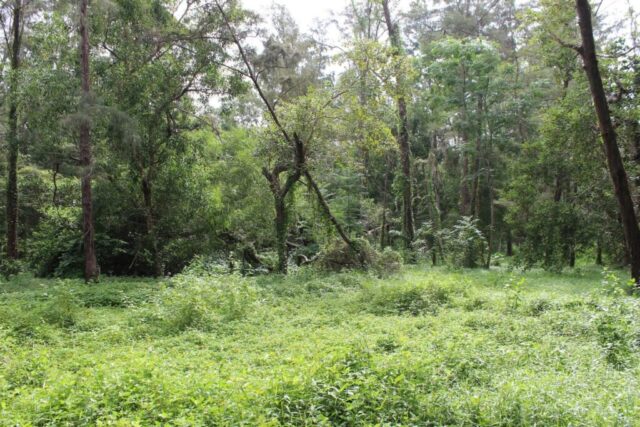
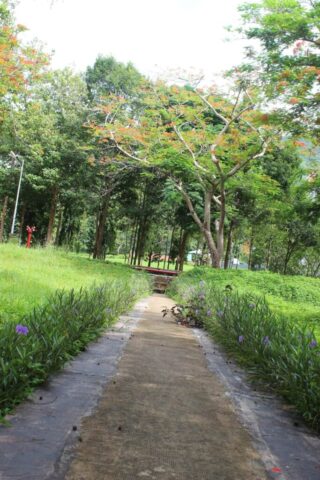
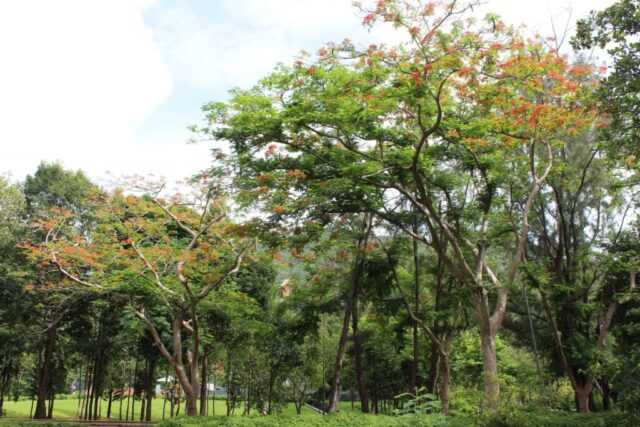
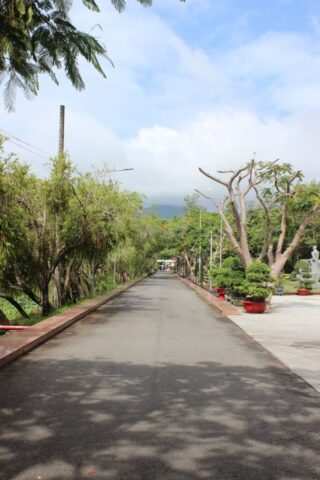
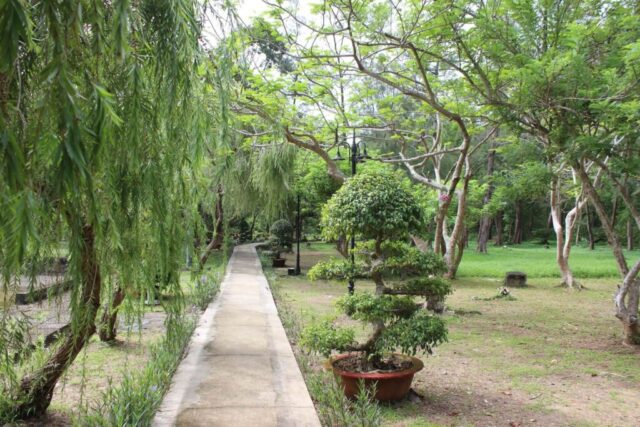
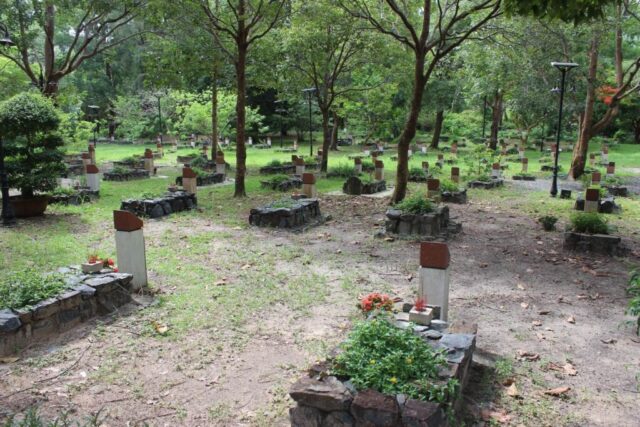
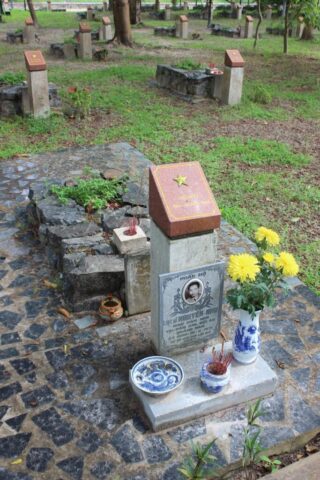
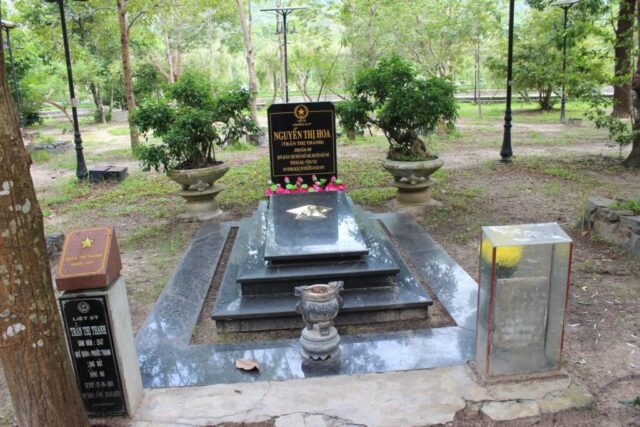
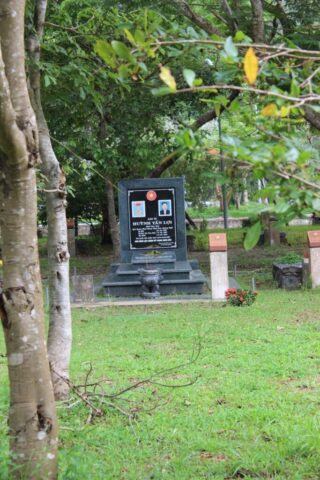
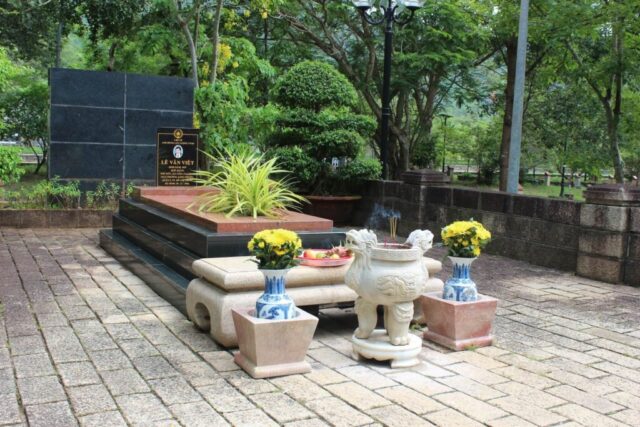
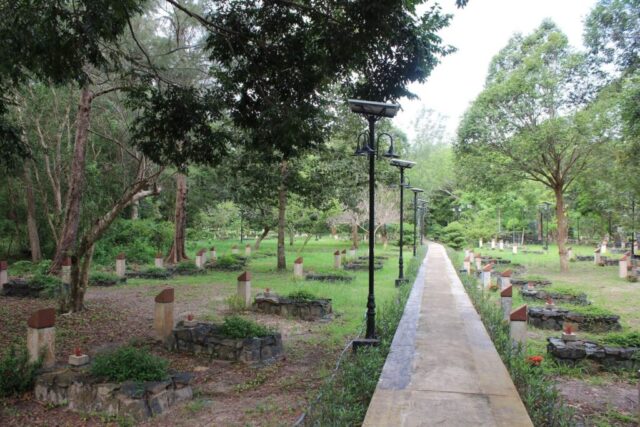
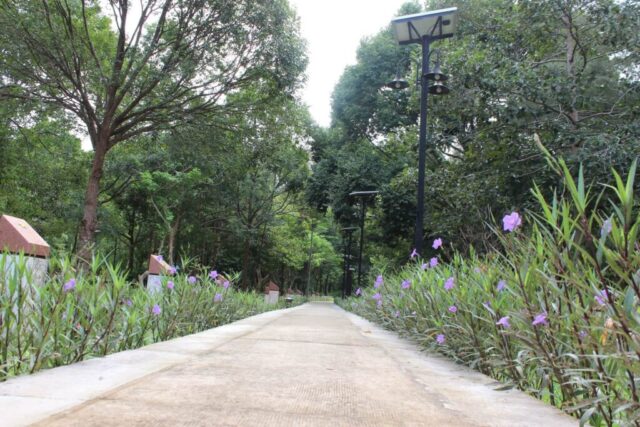
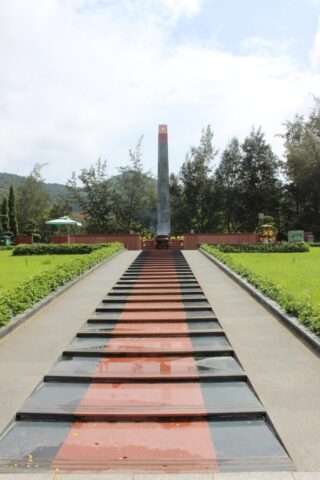
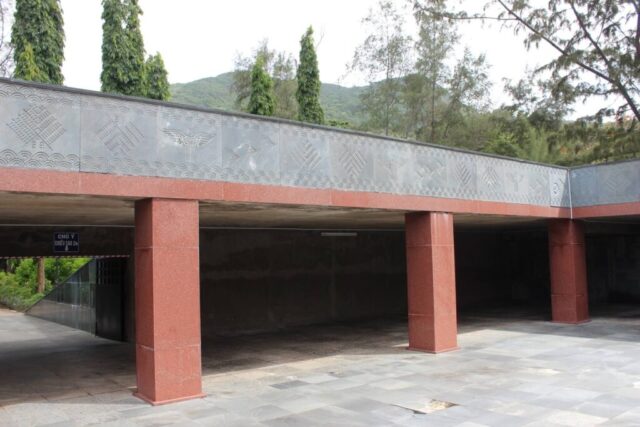
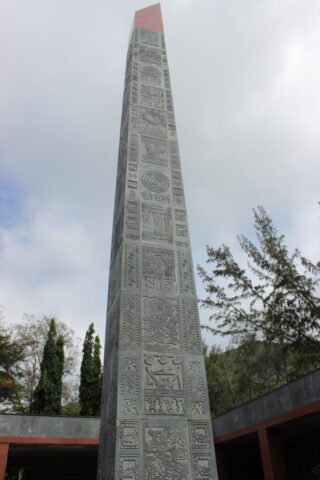
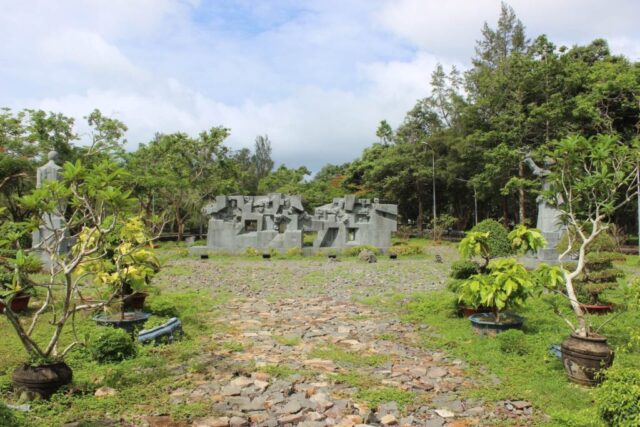
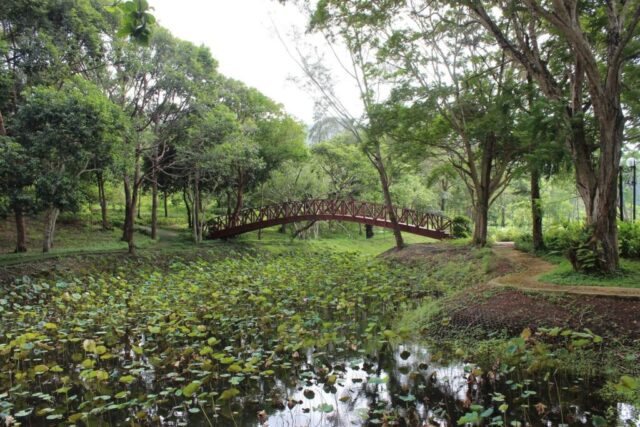
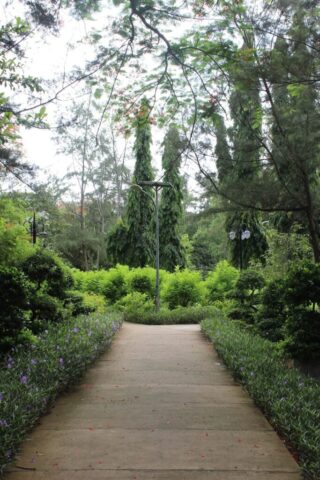
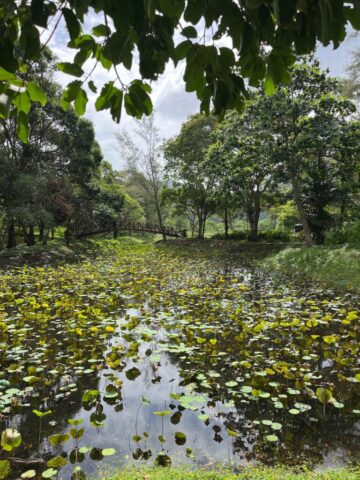
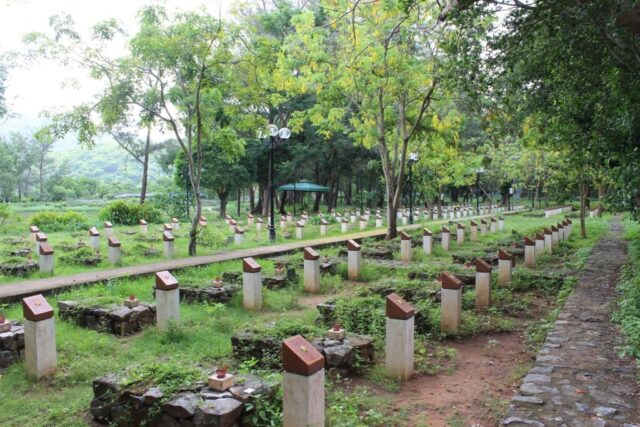
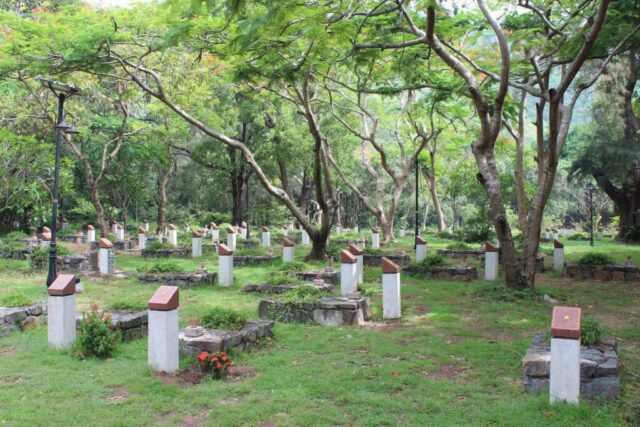
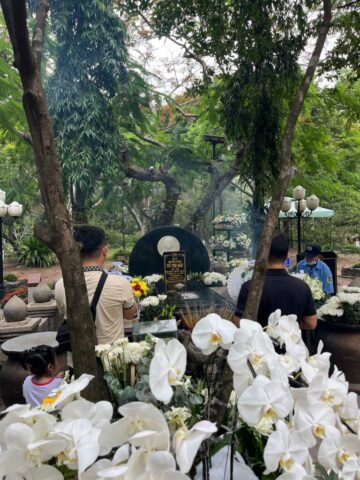
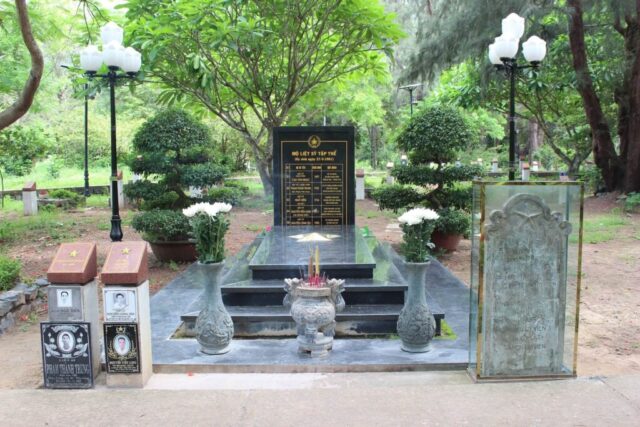





















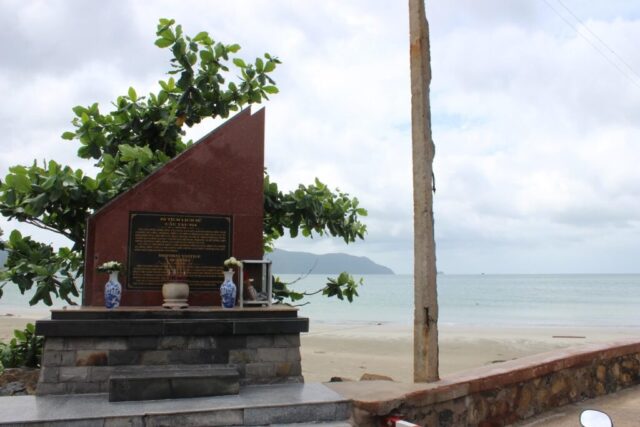
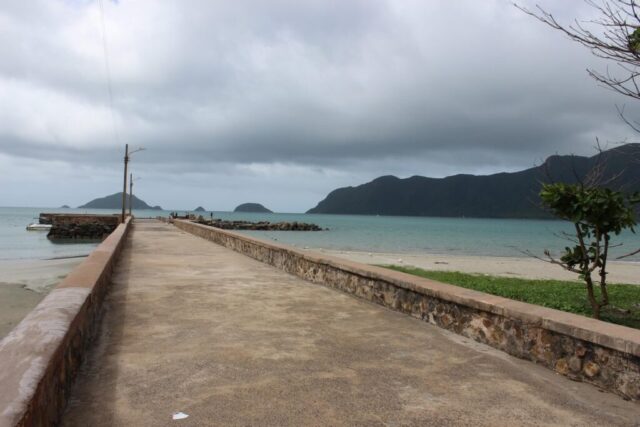
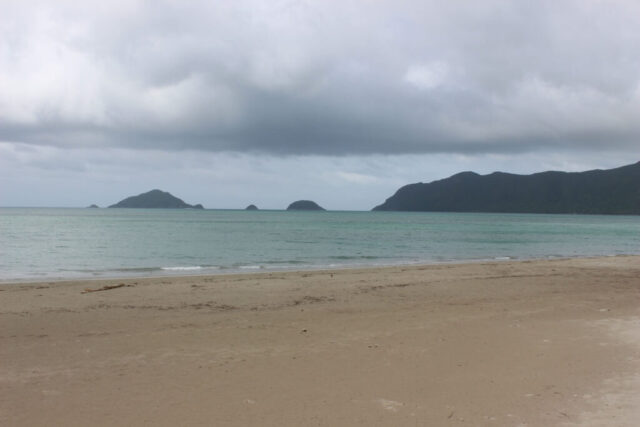
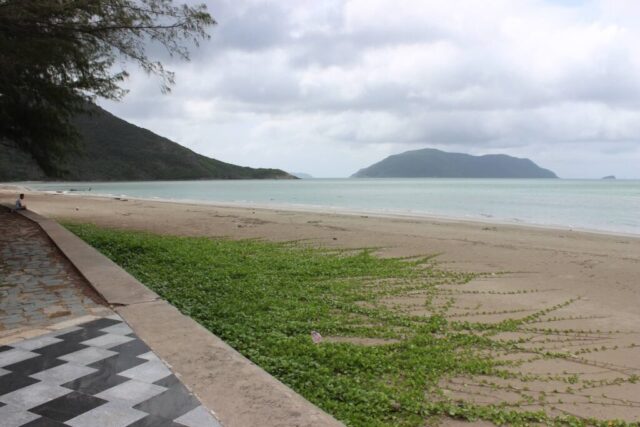
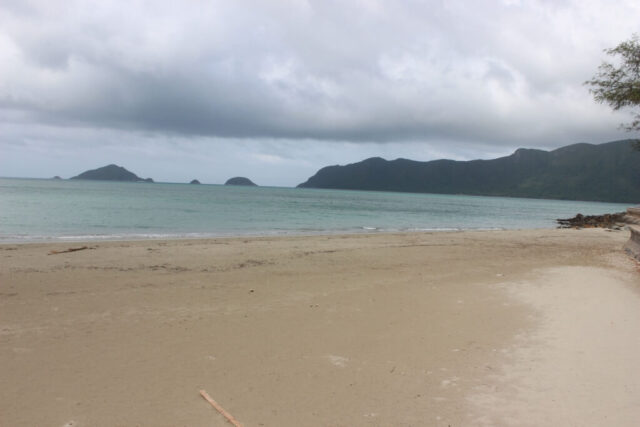
Leave a Reply